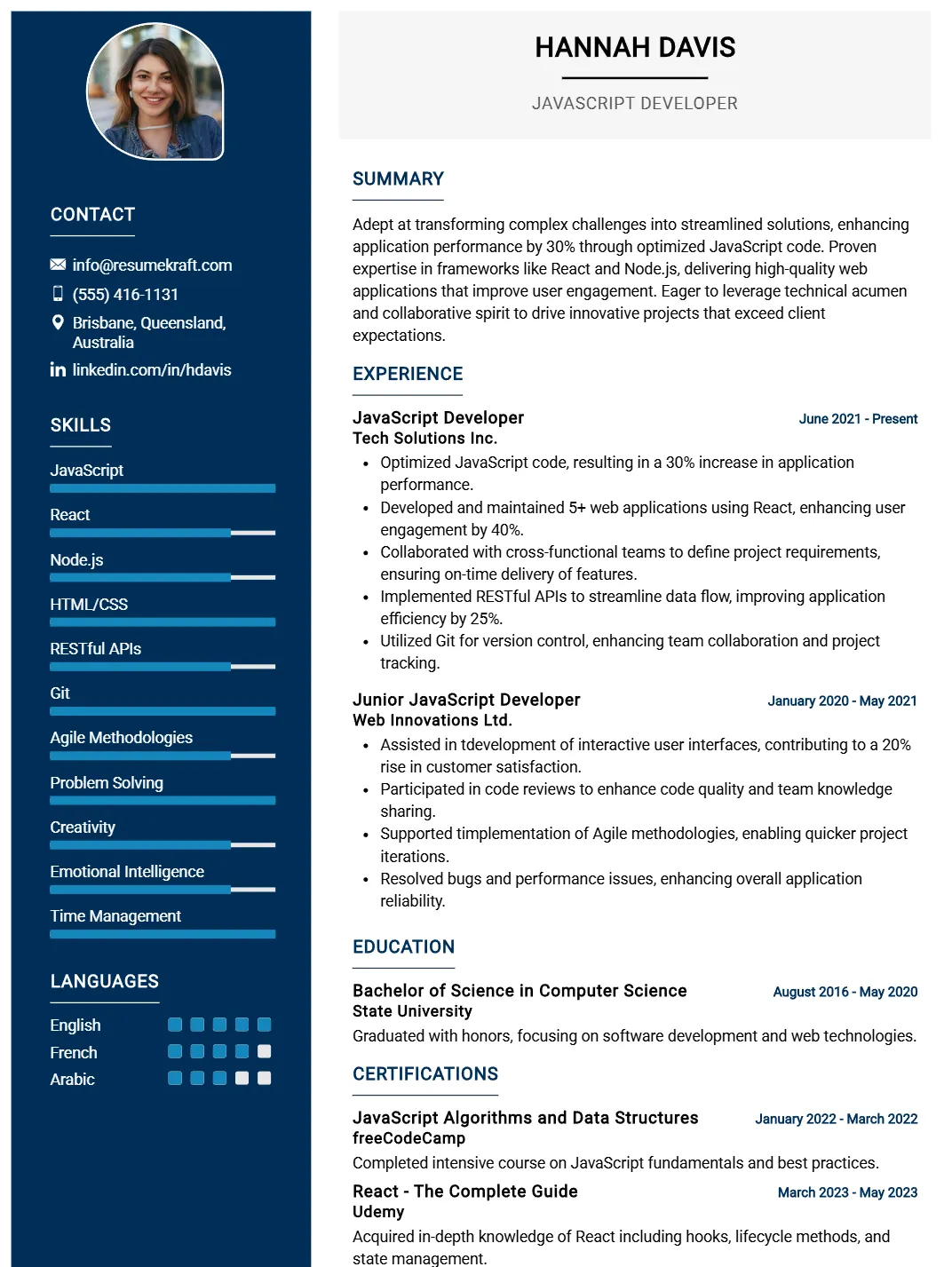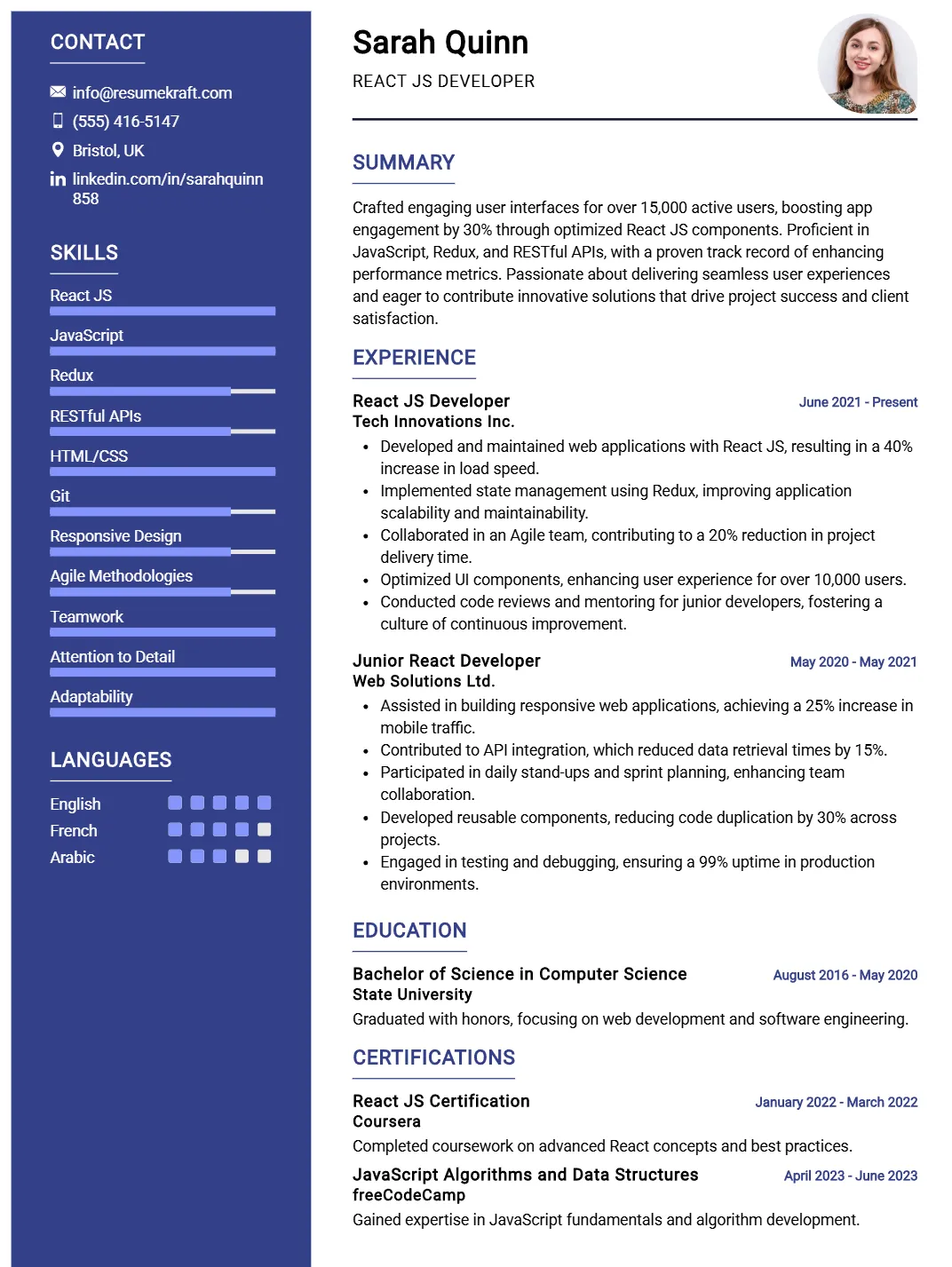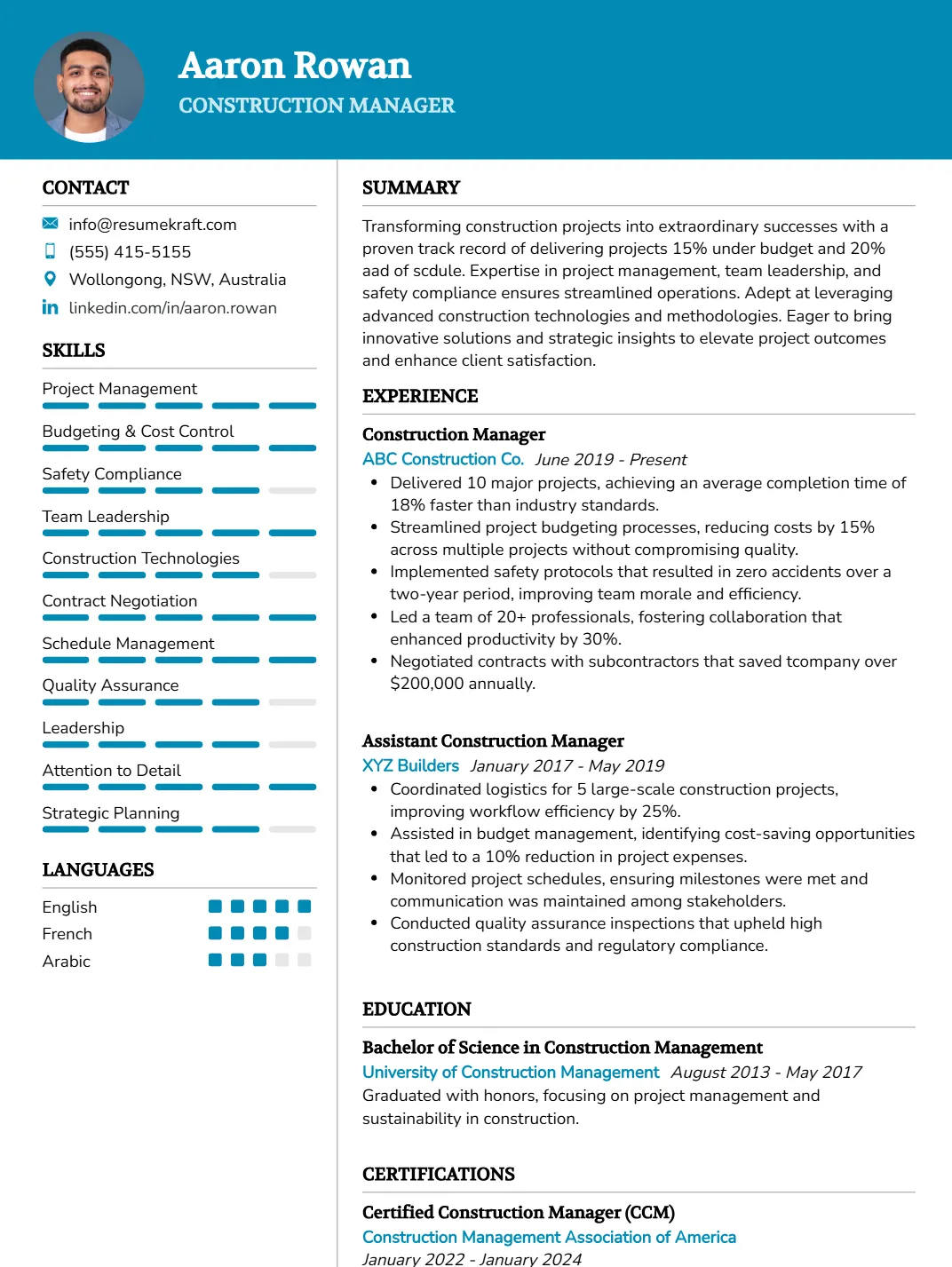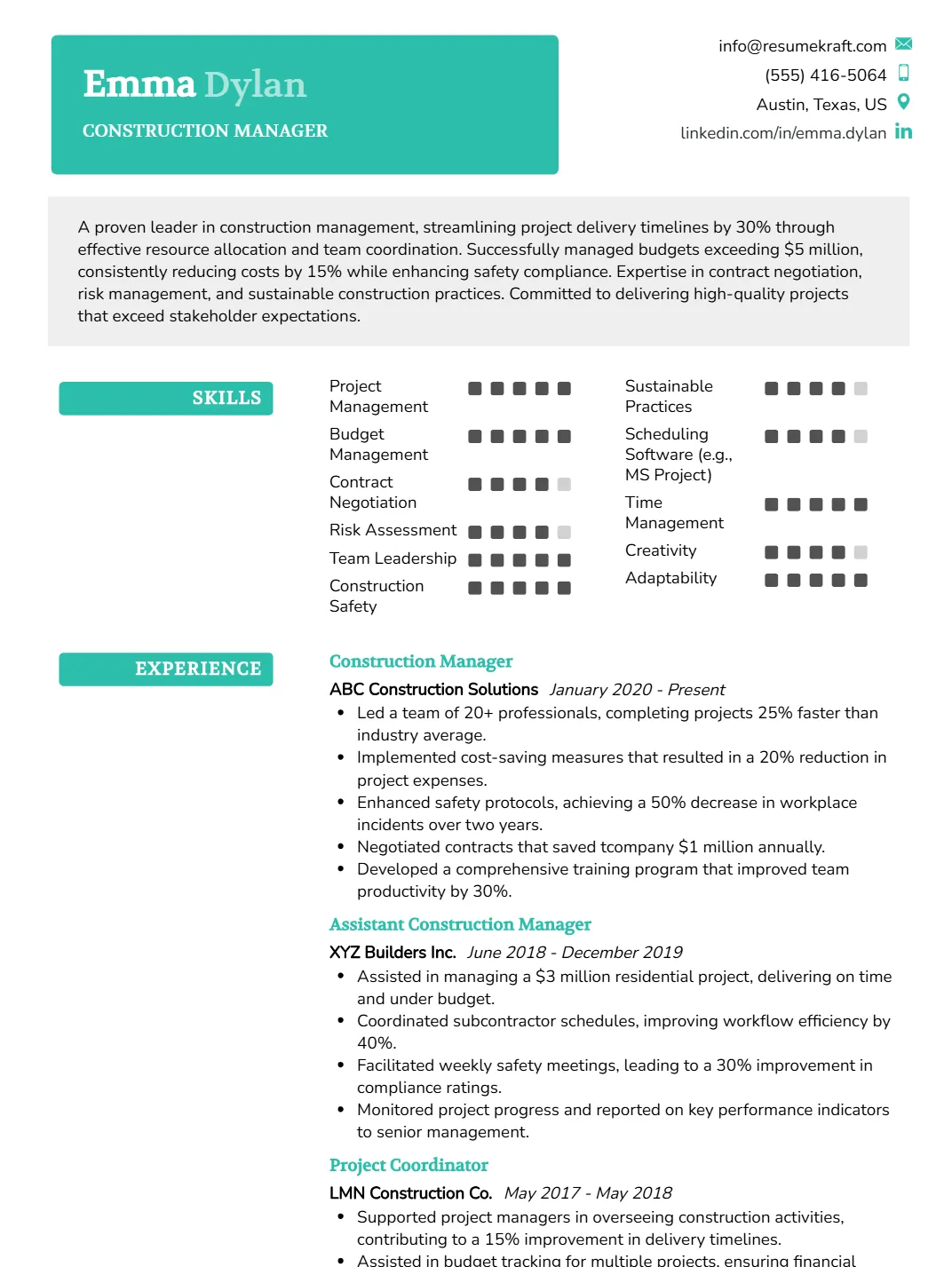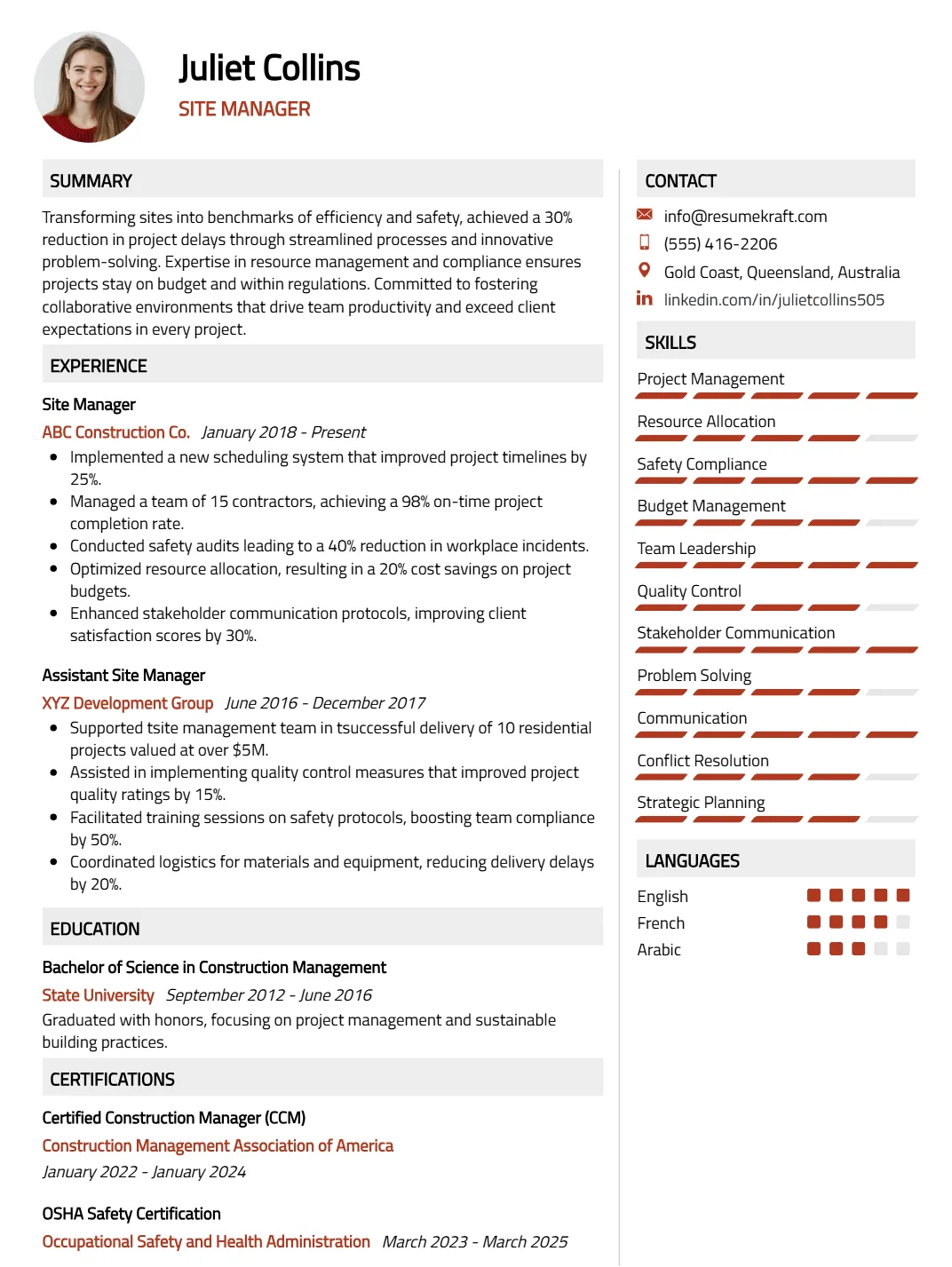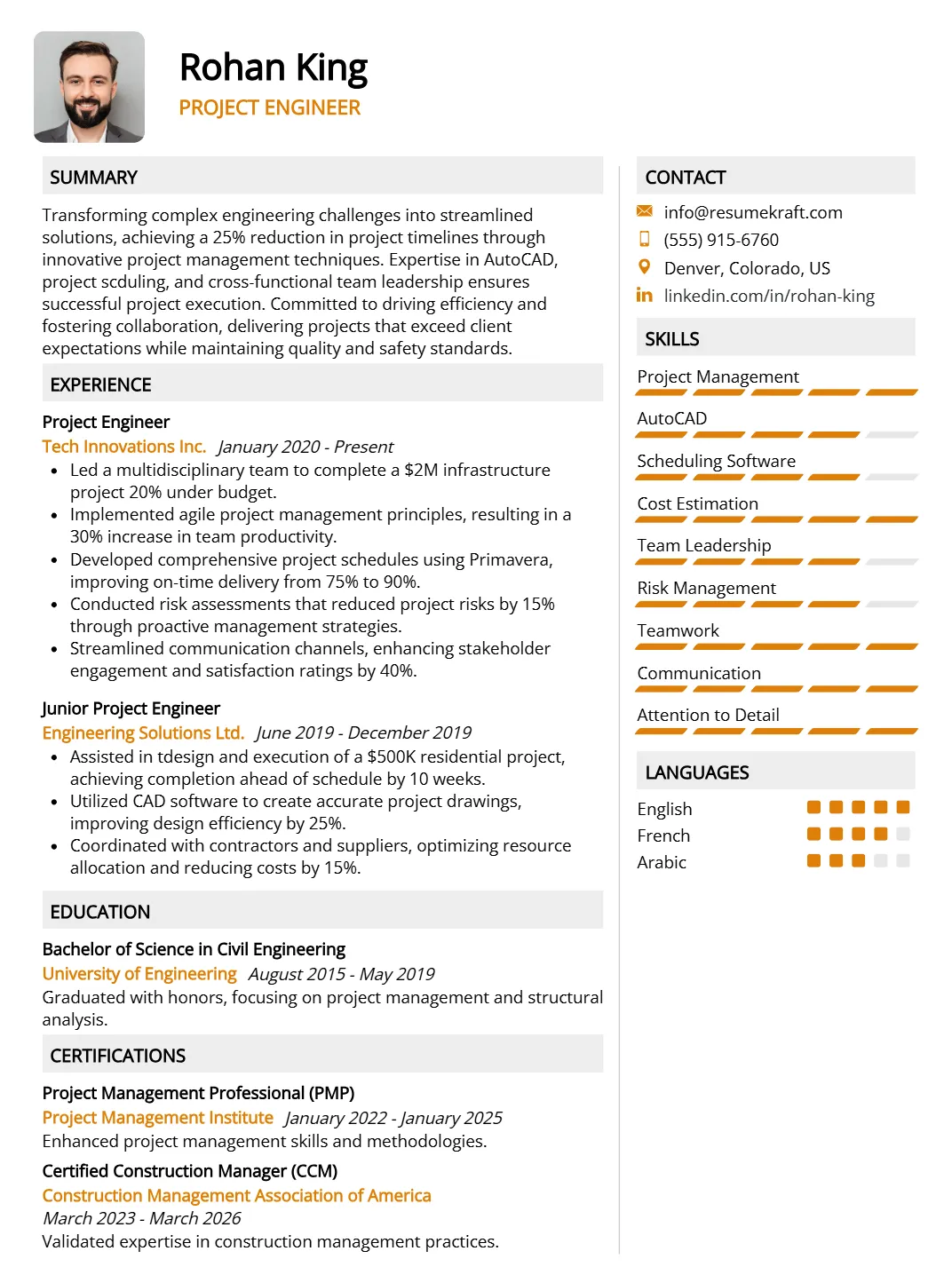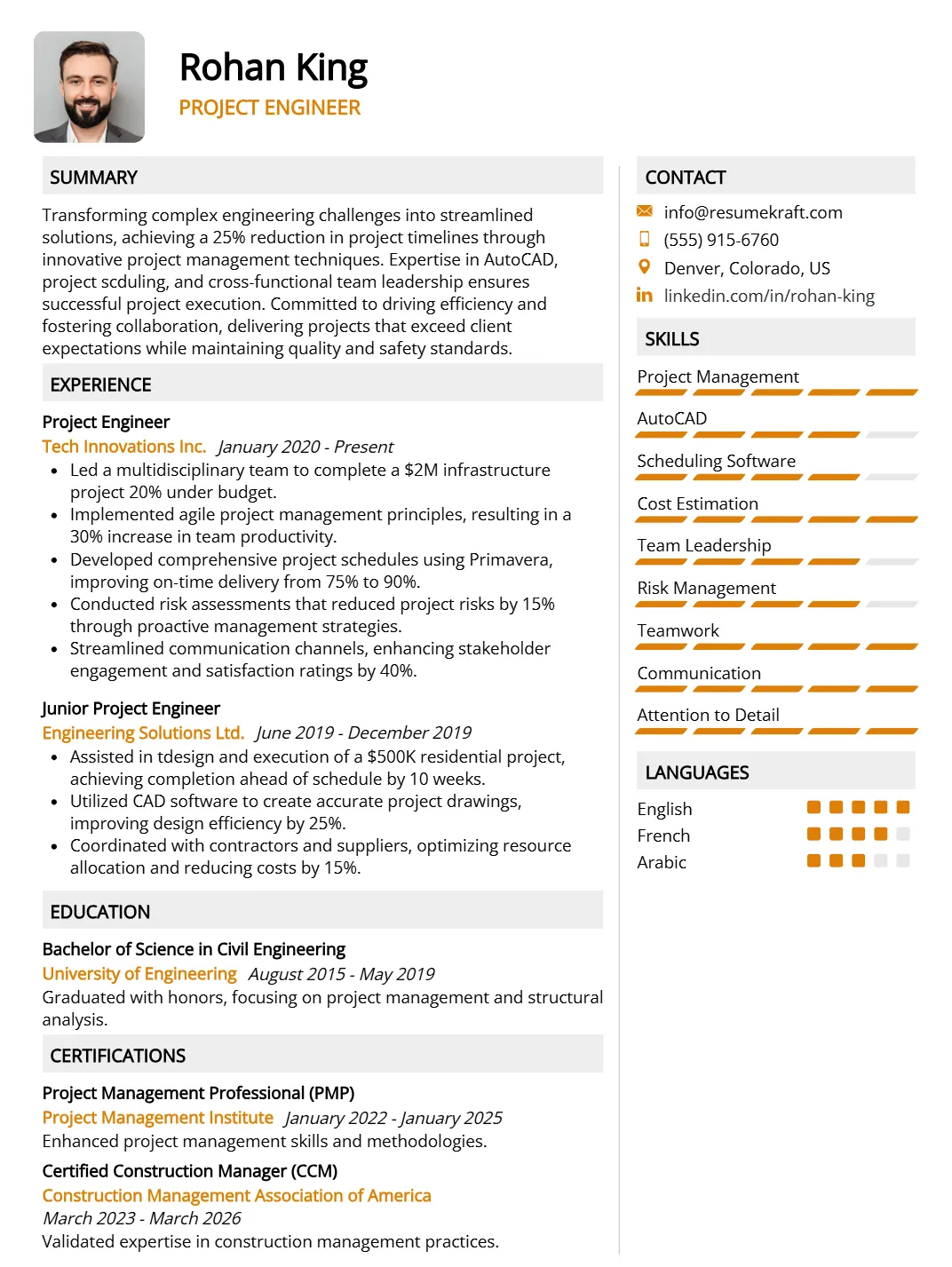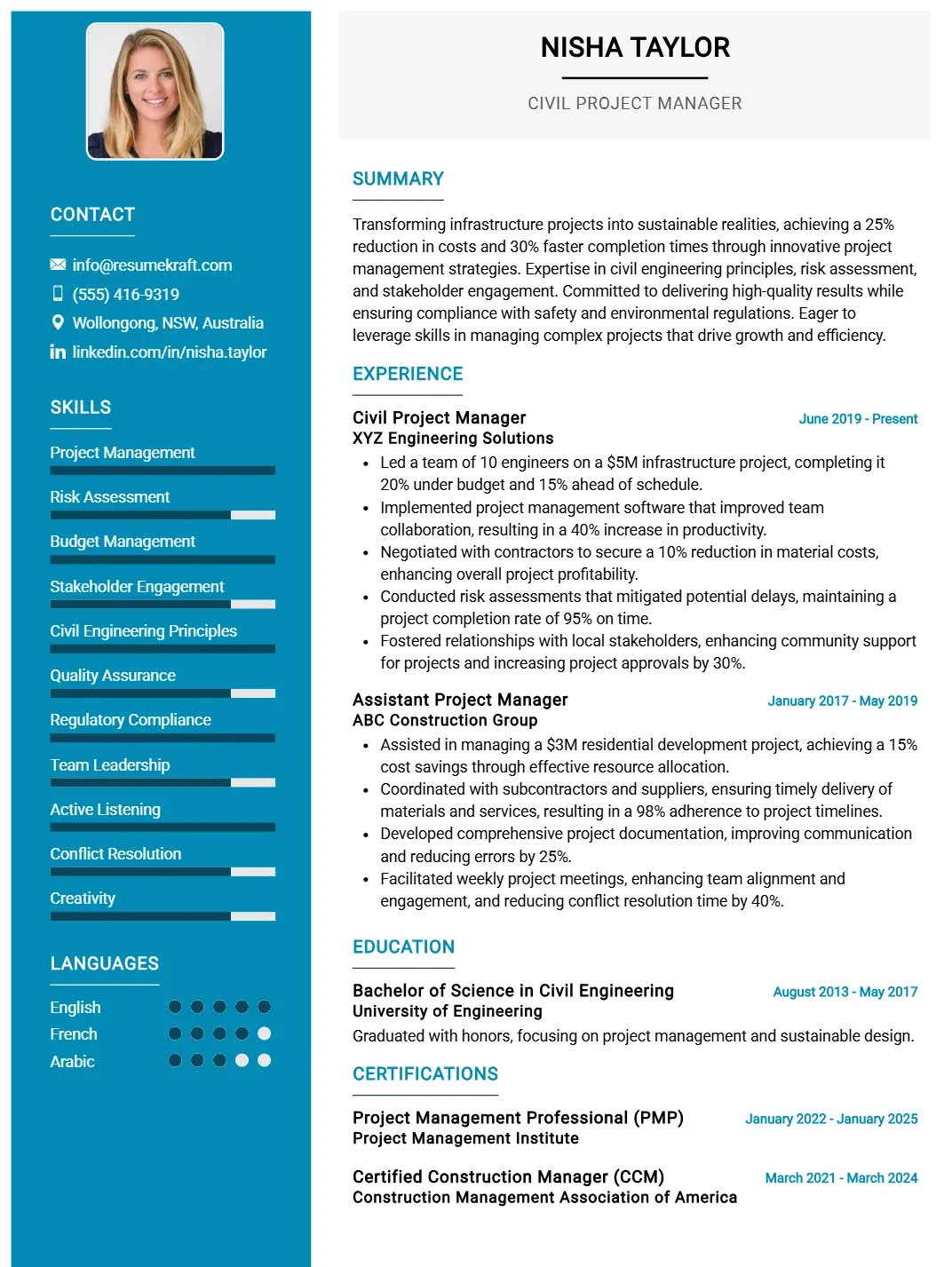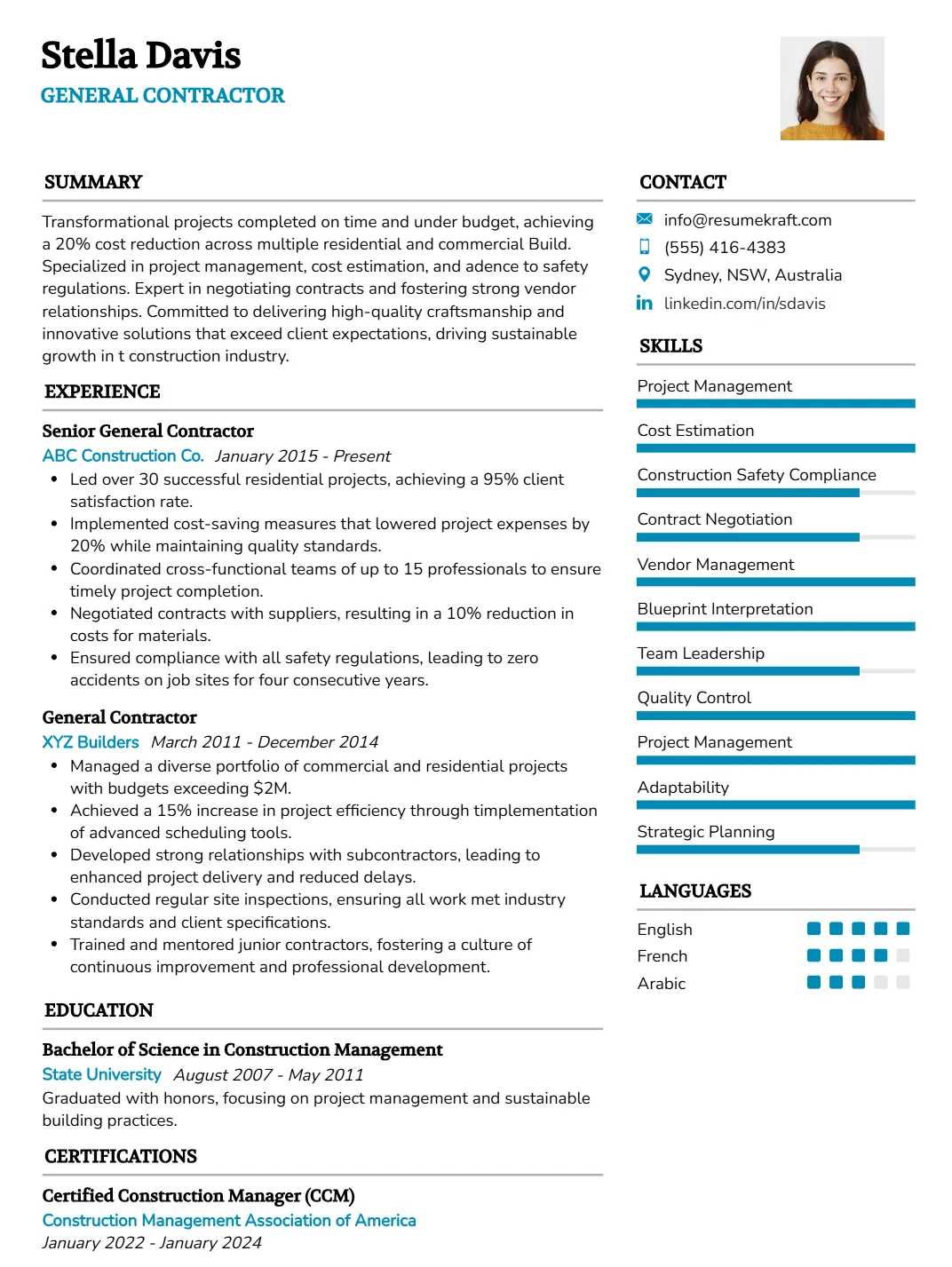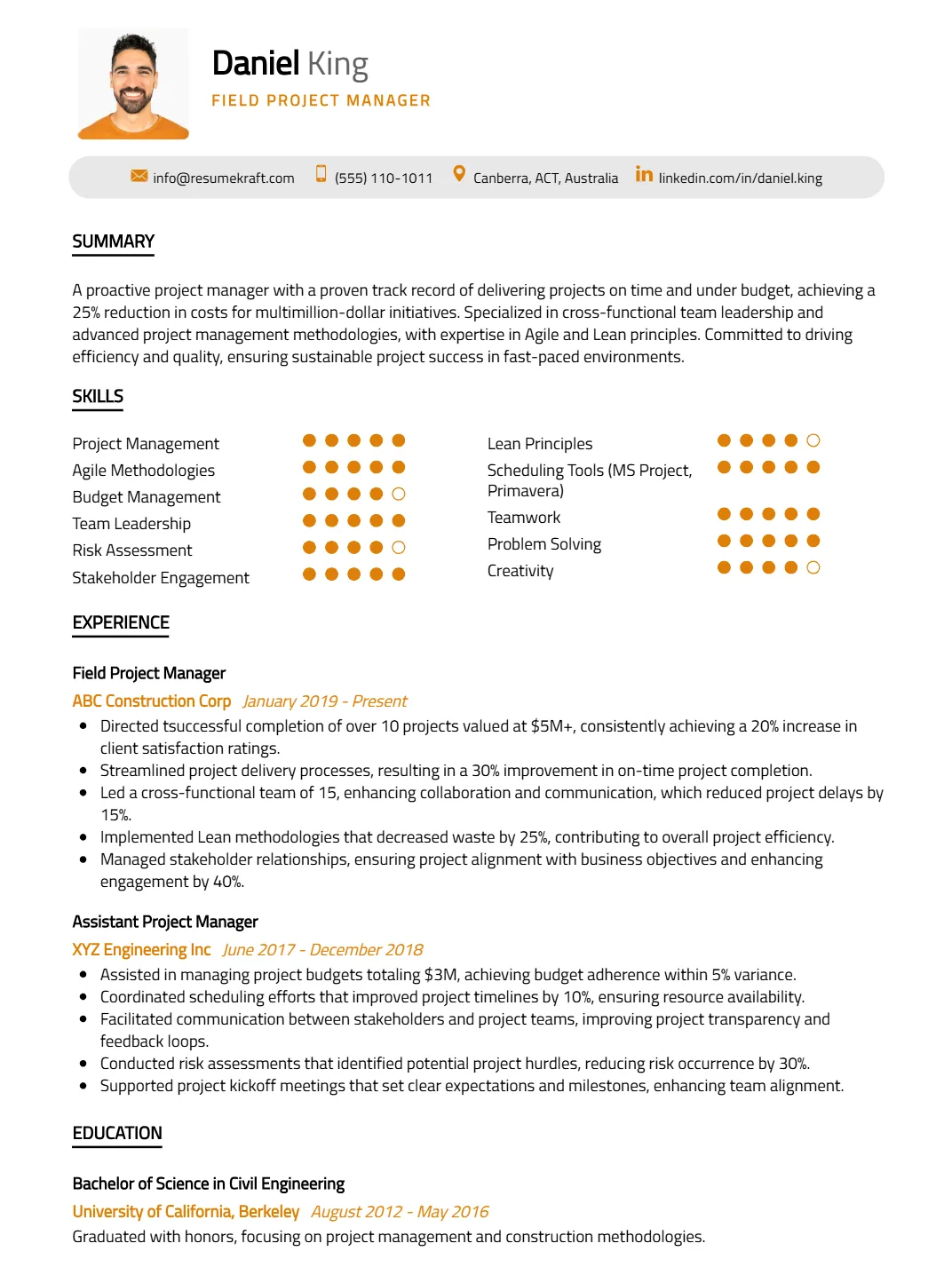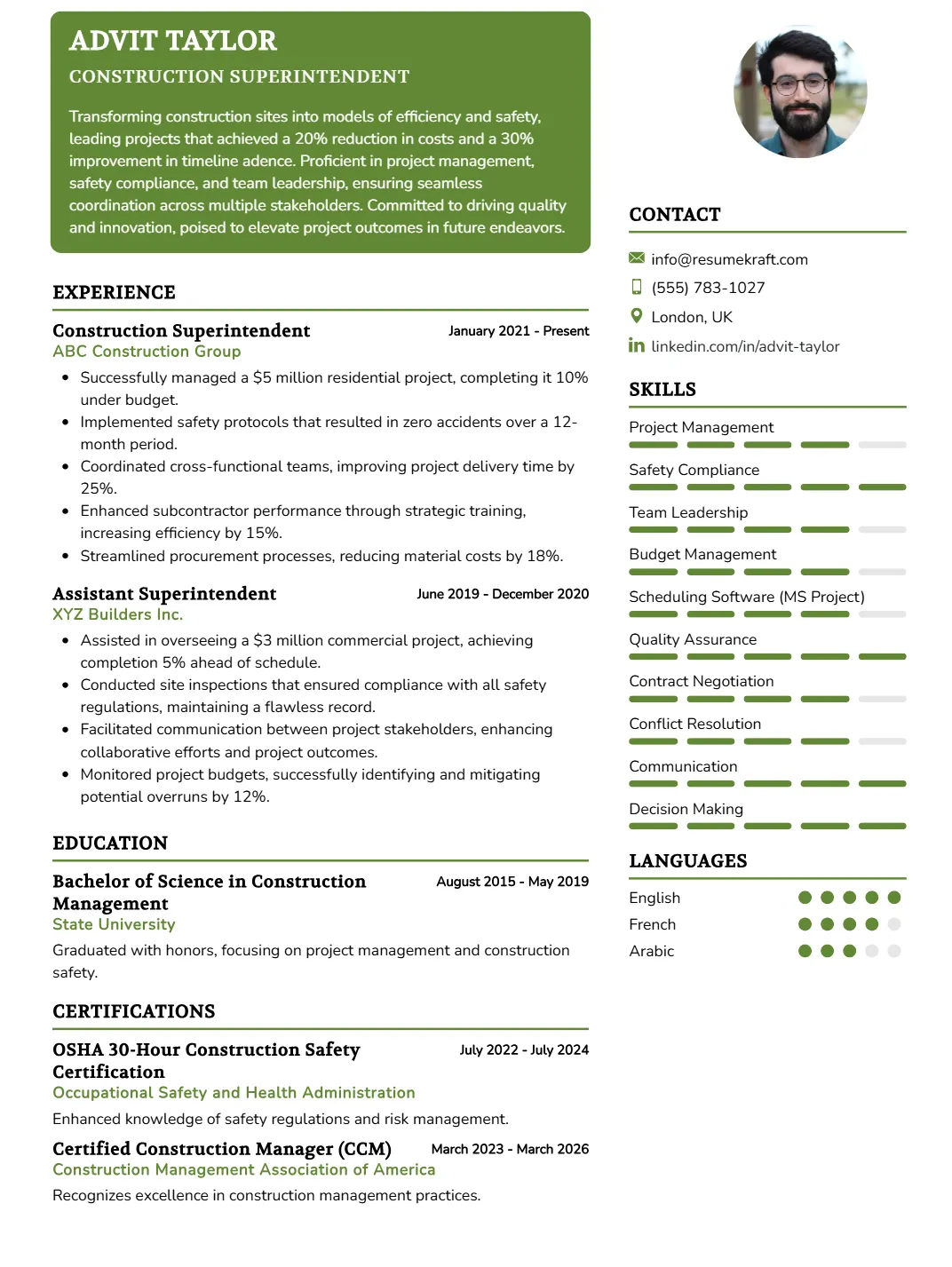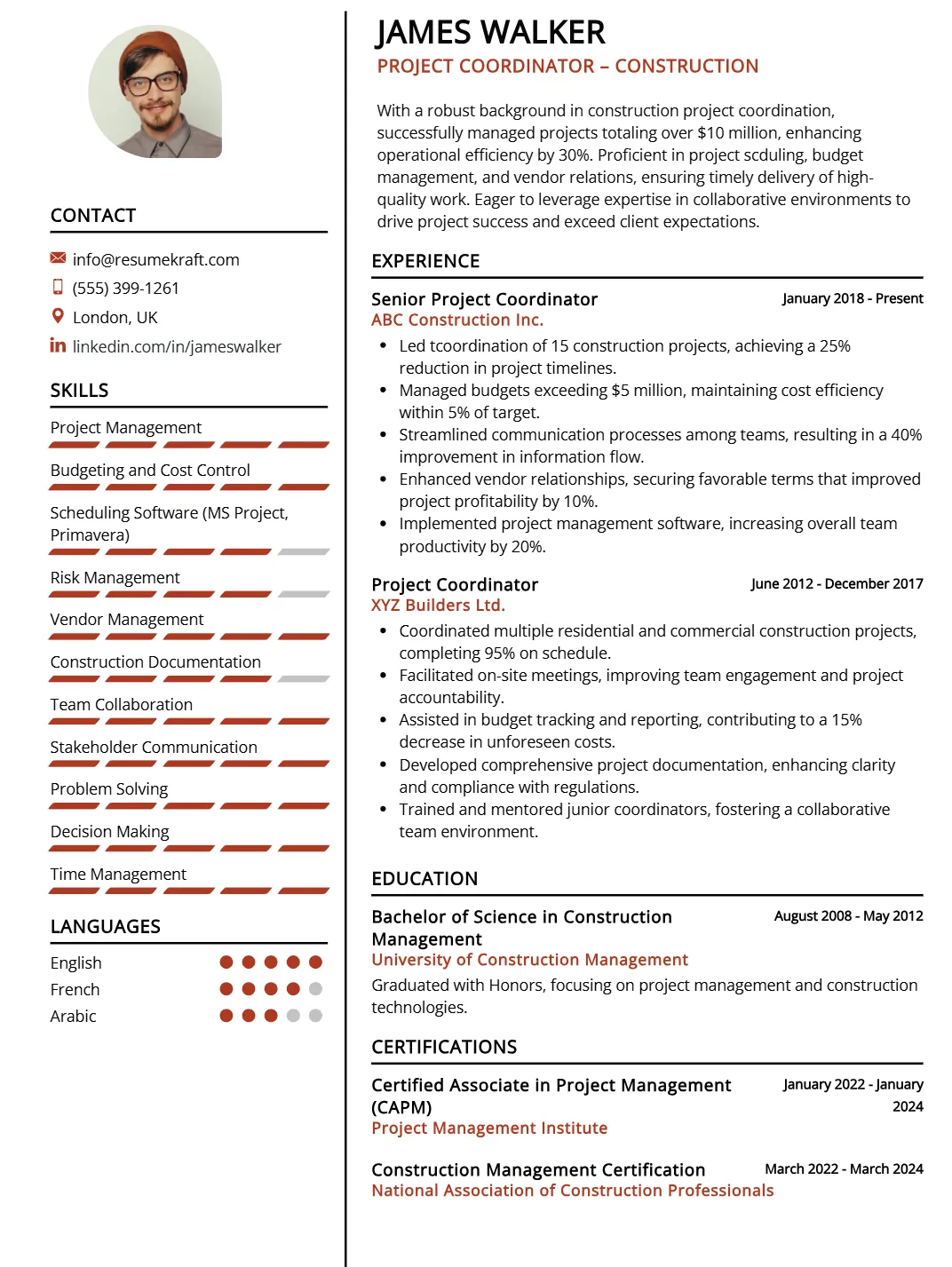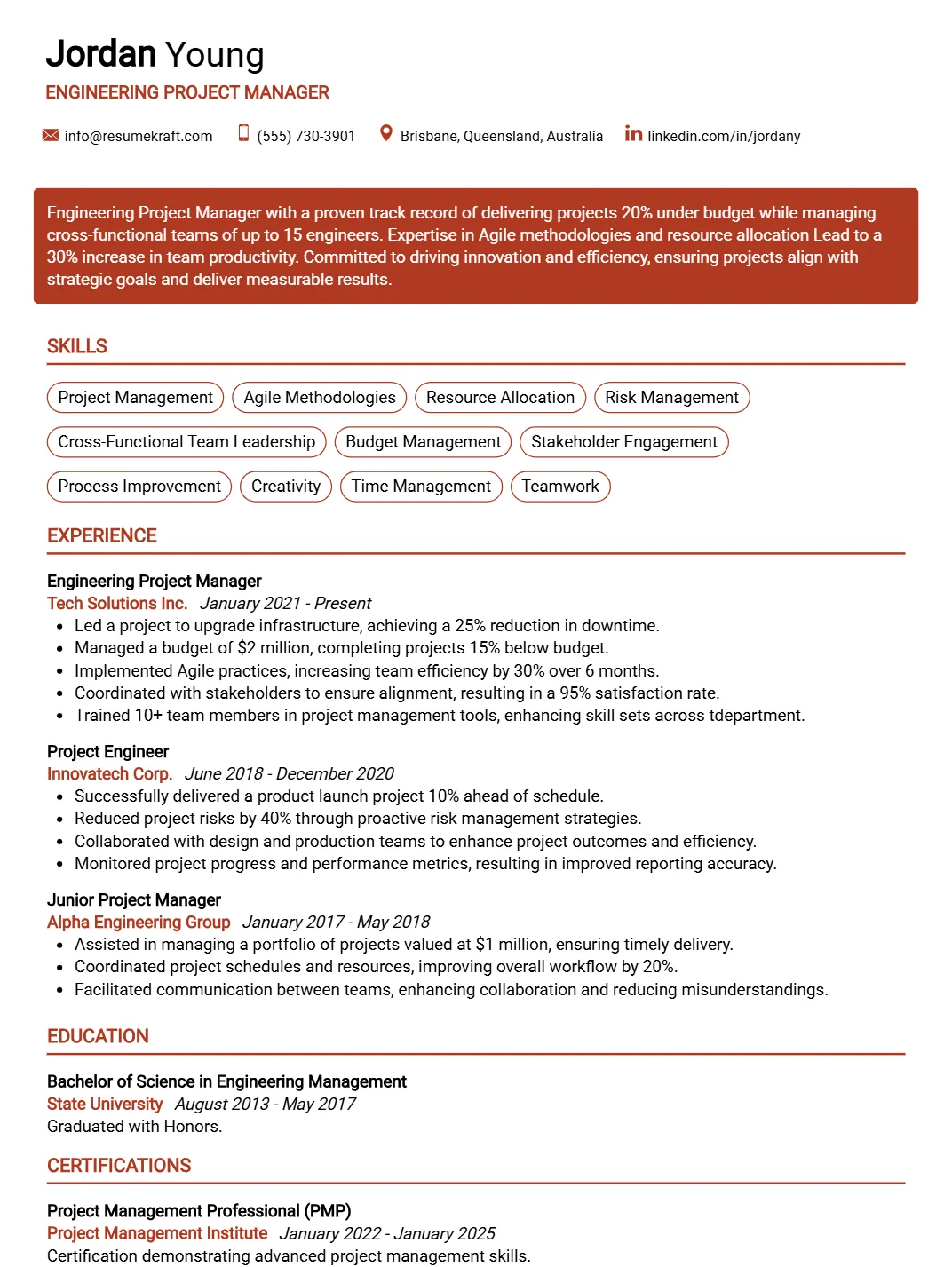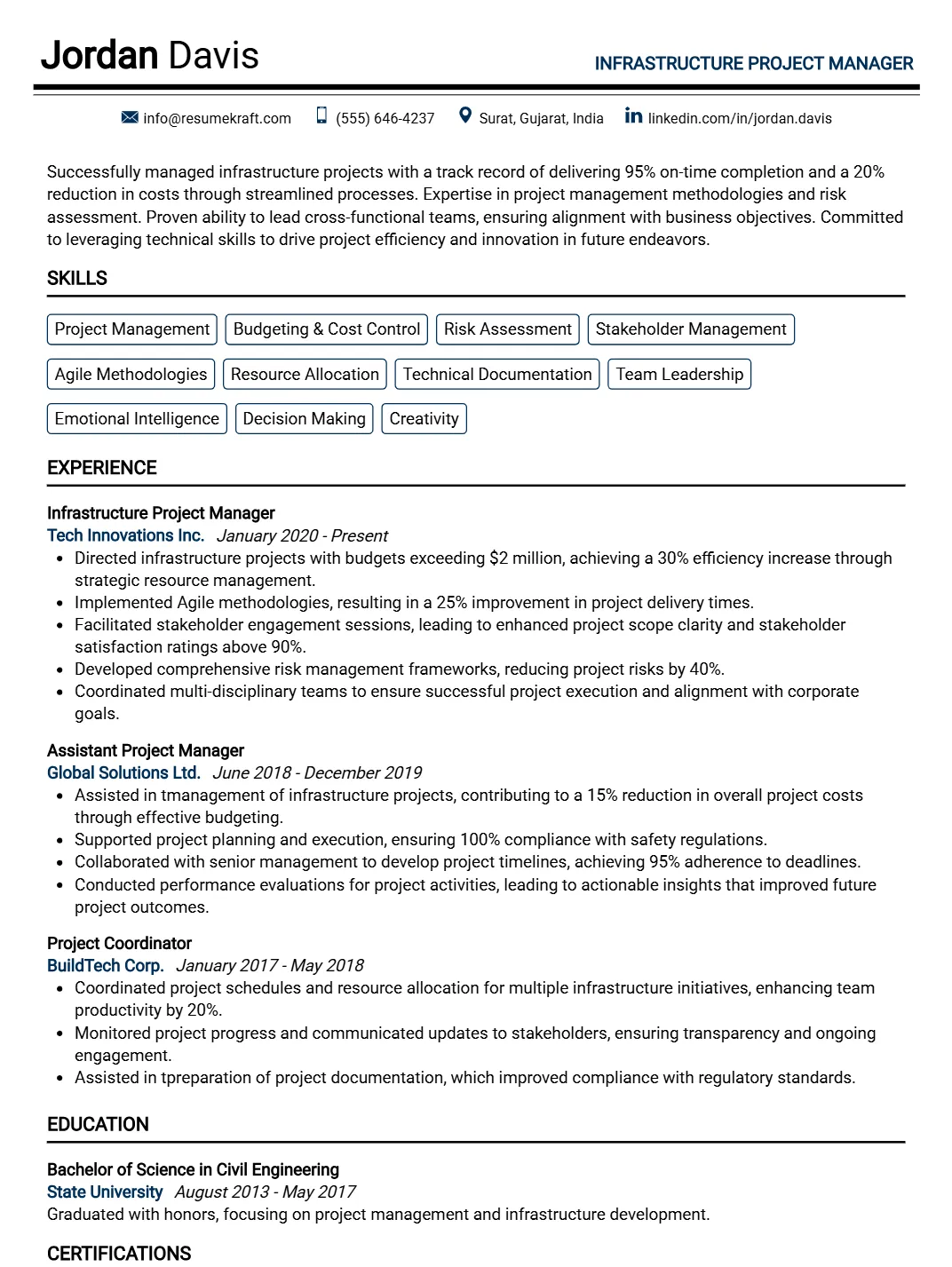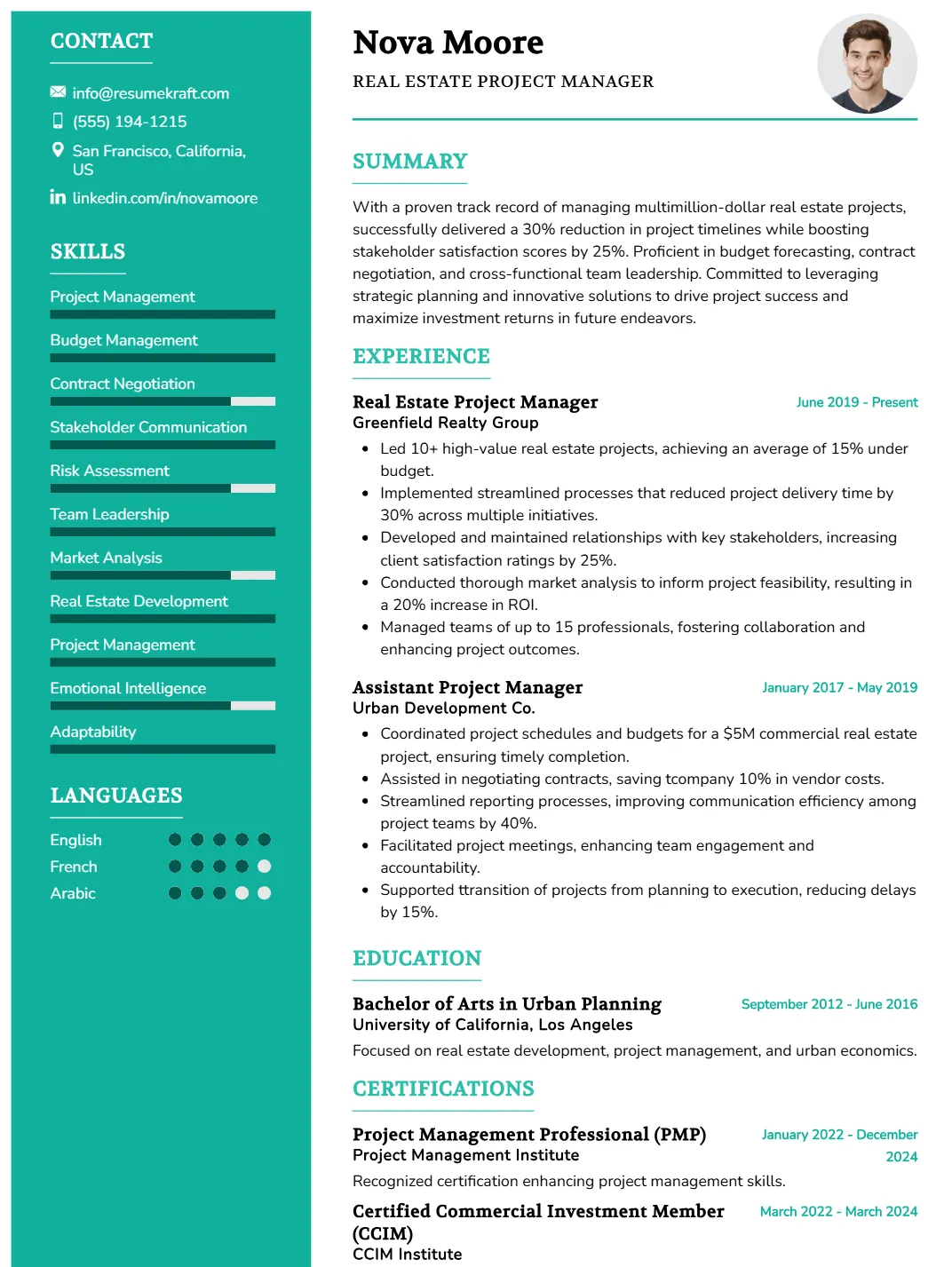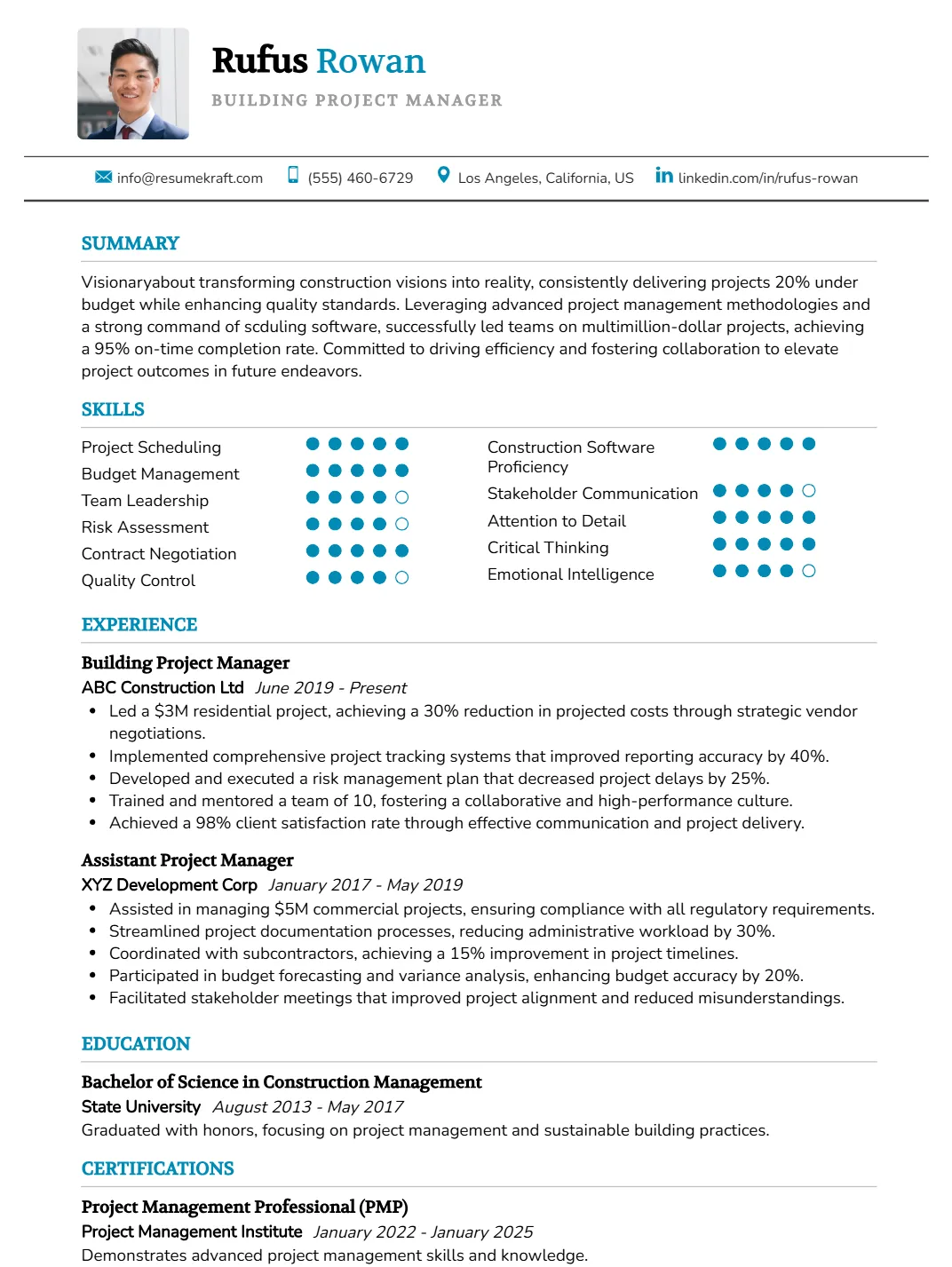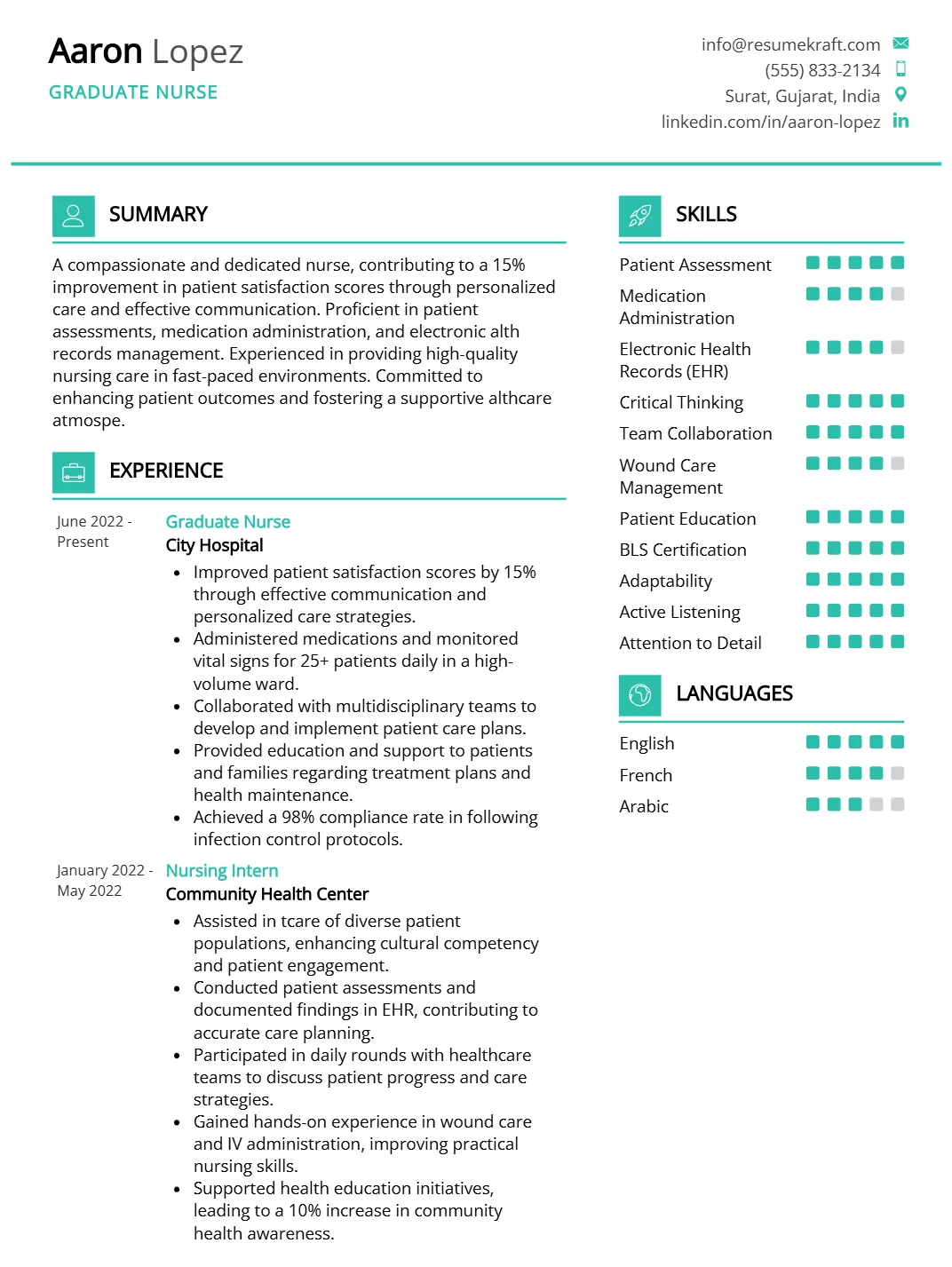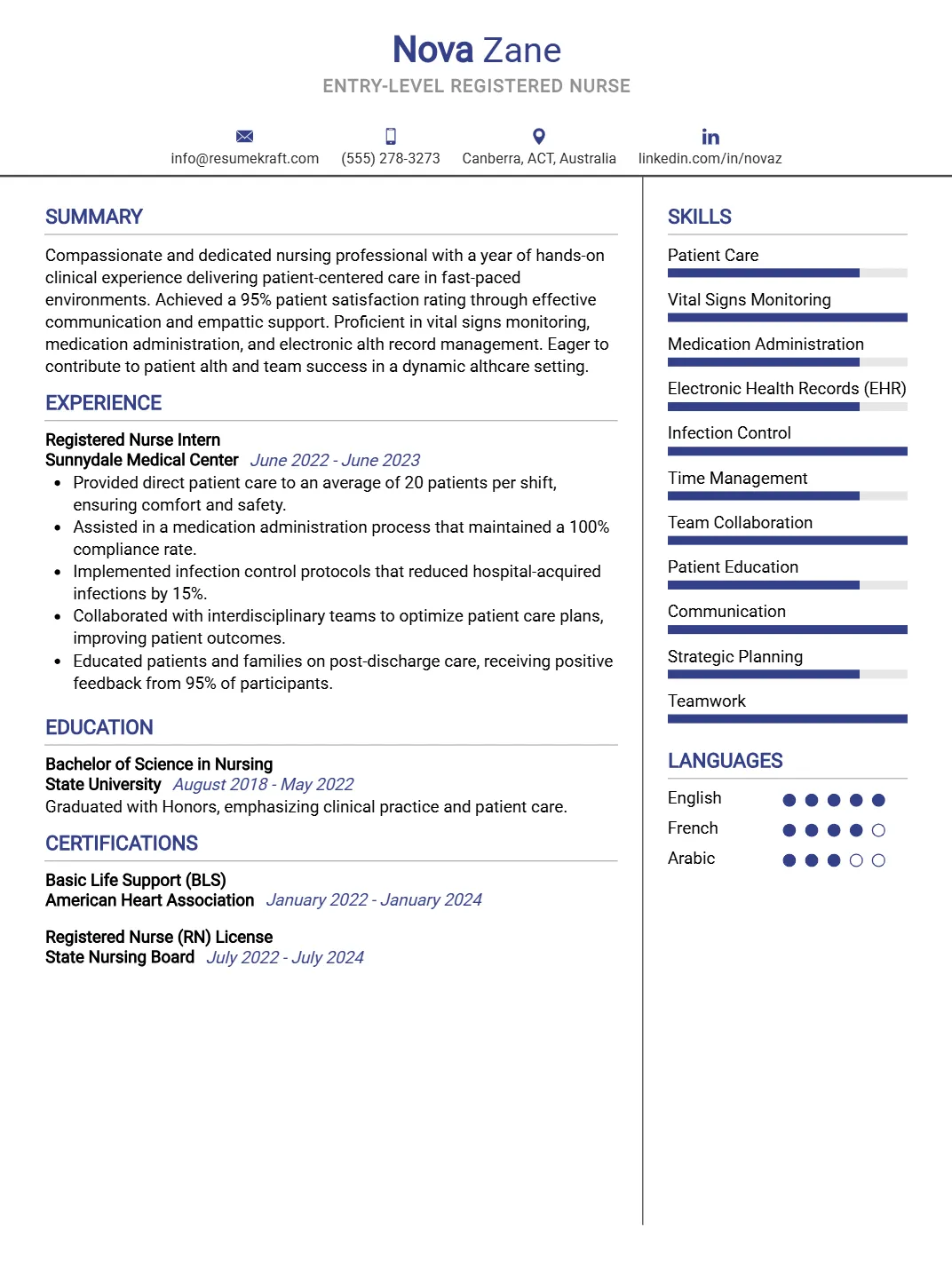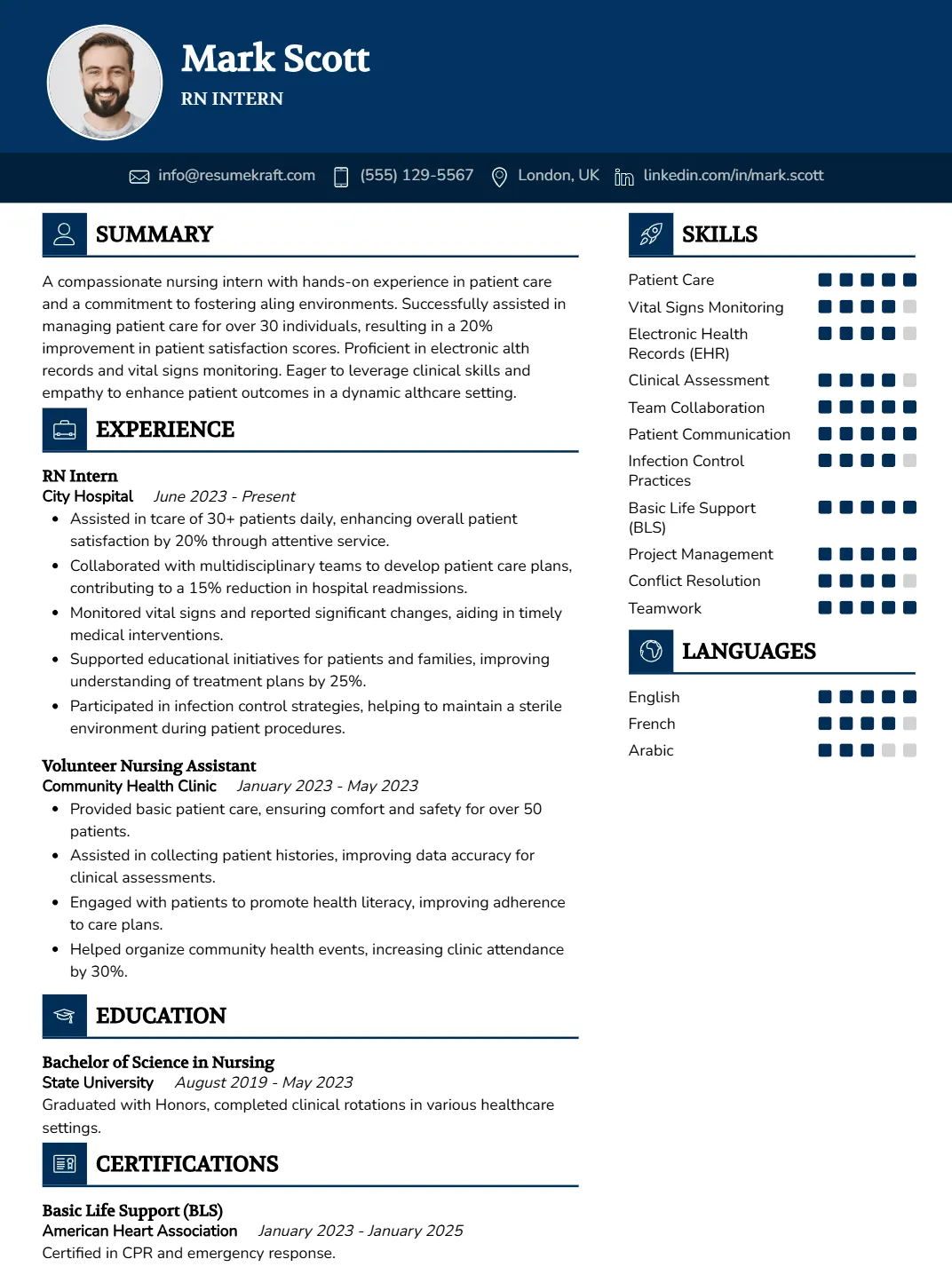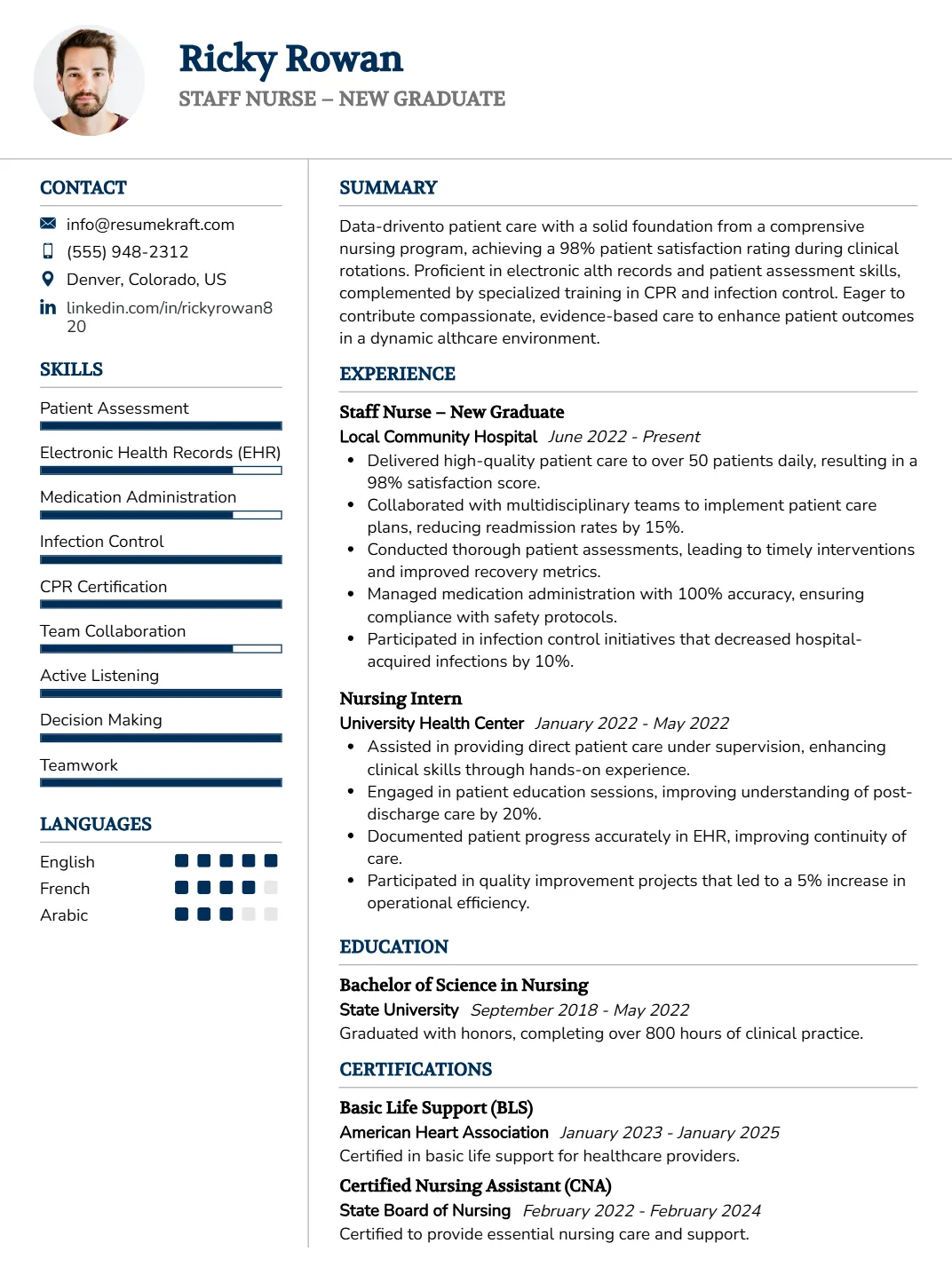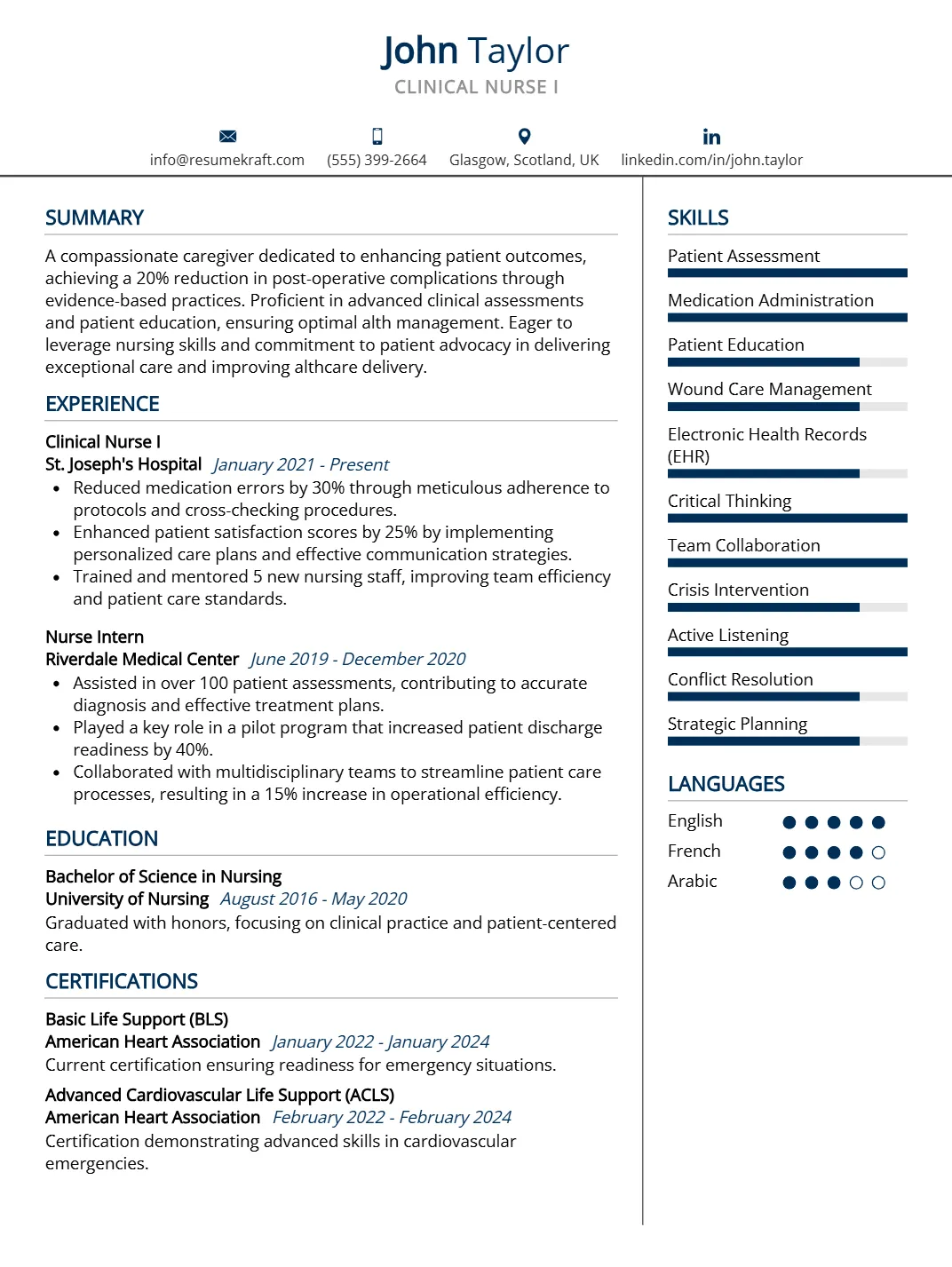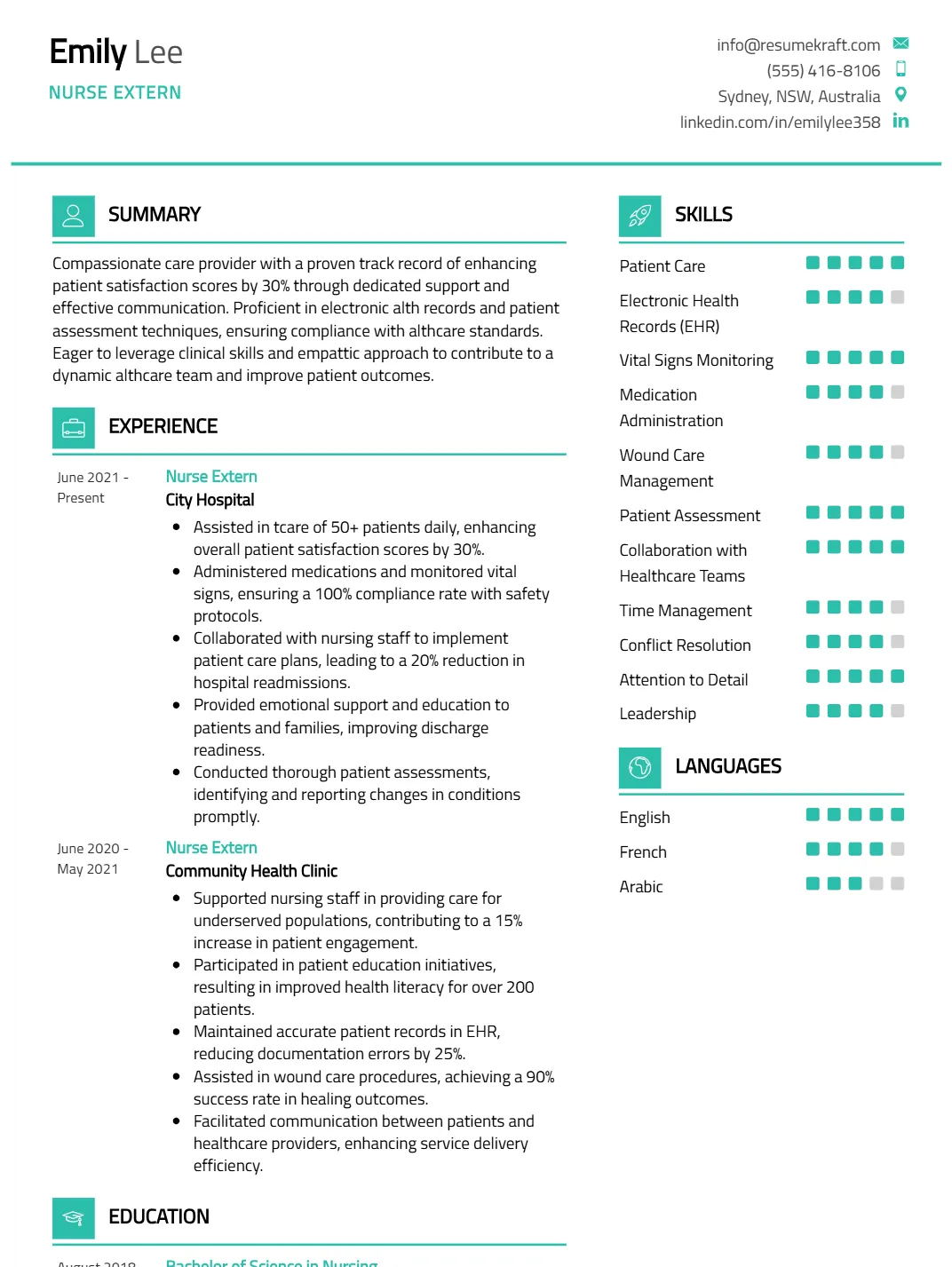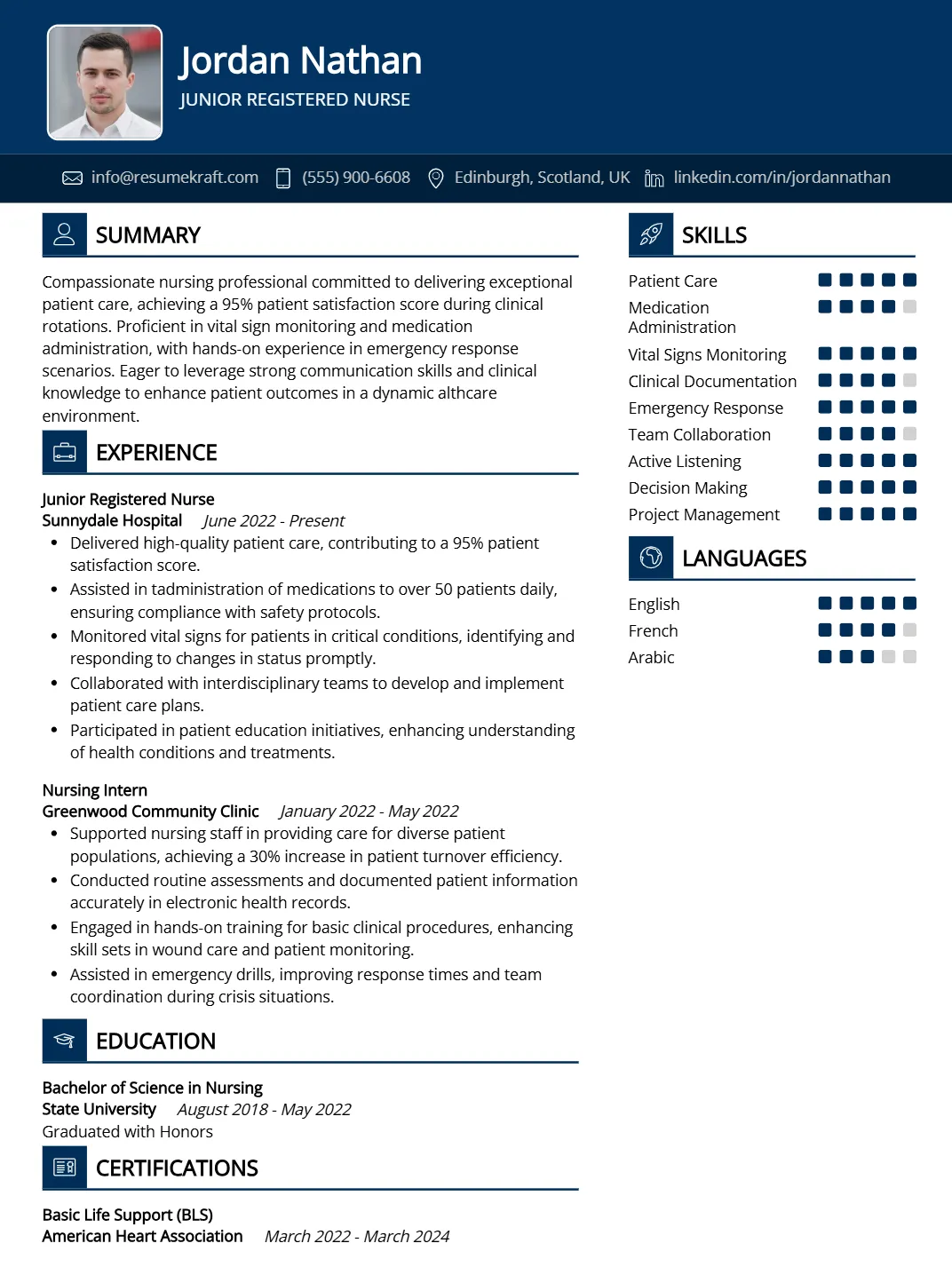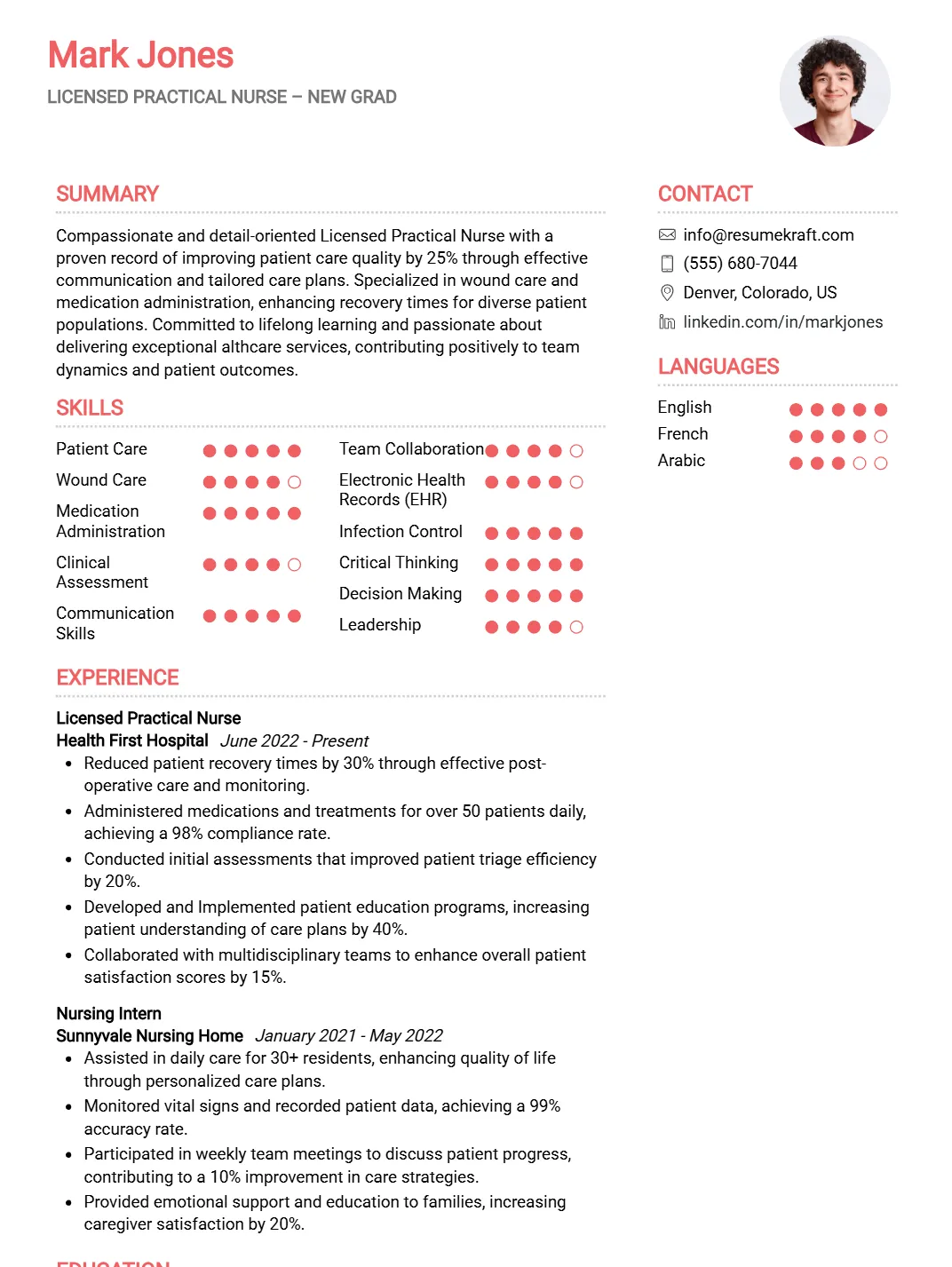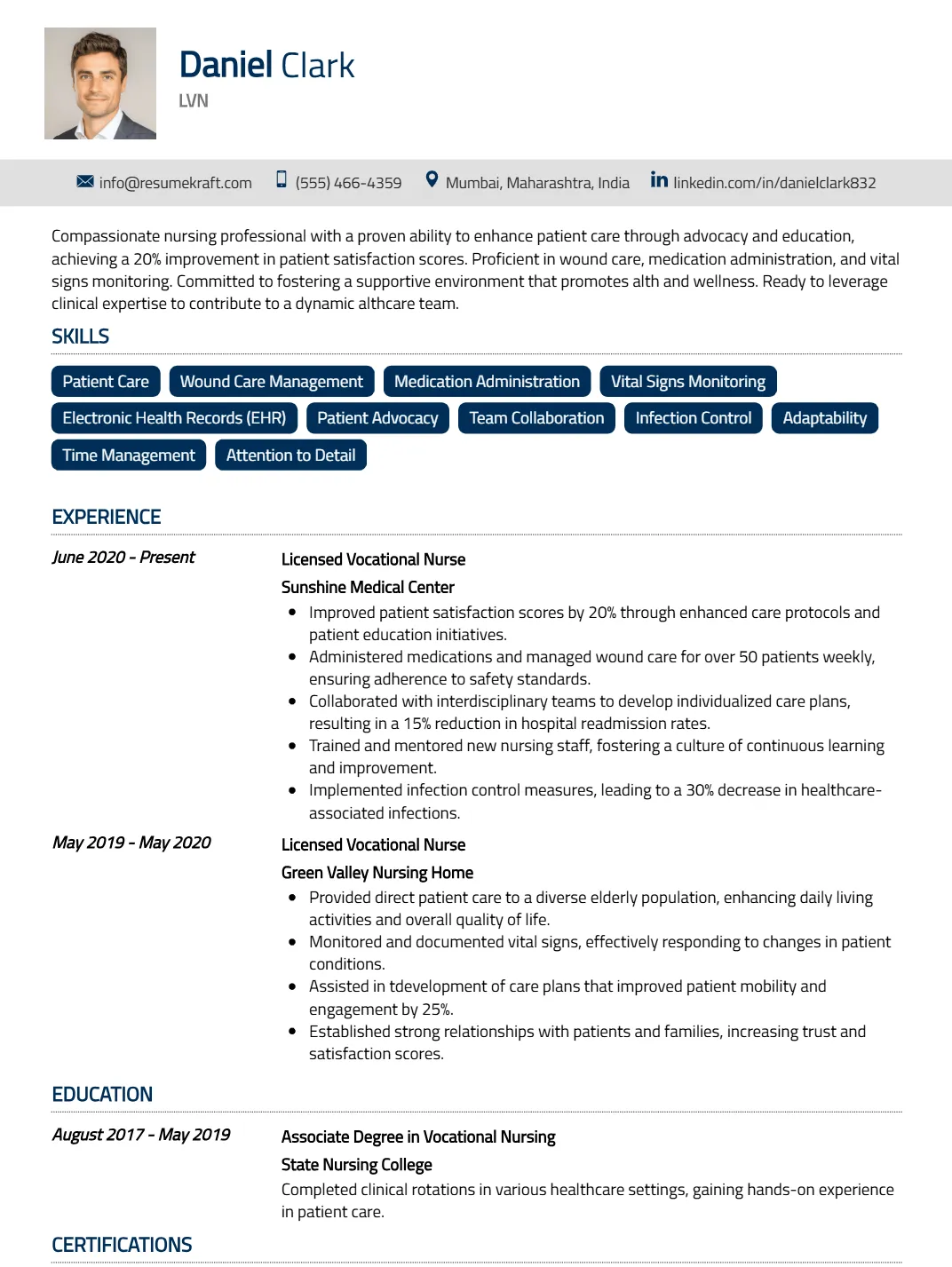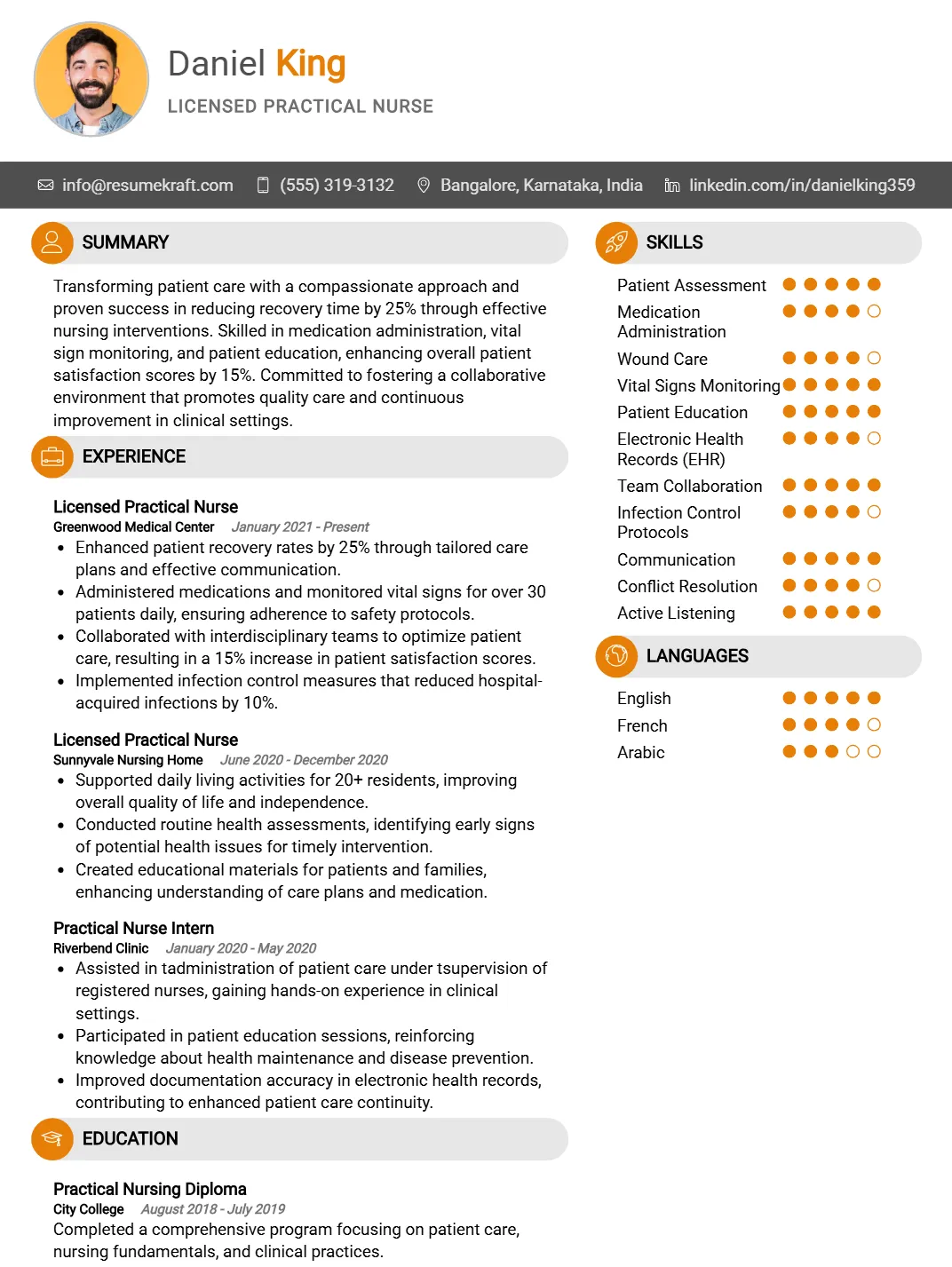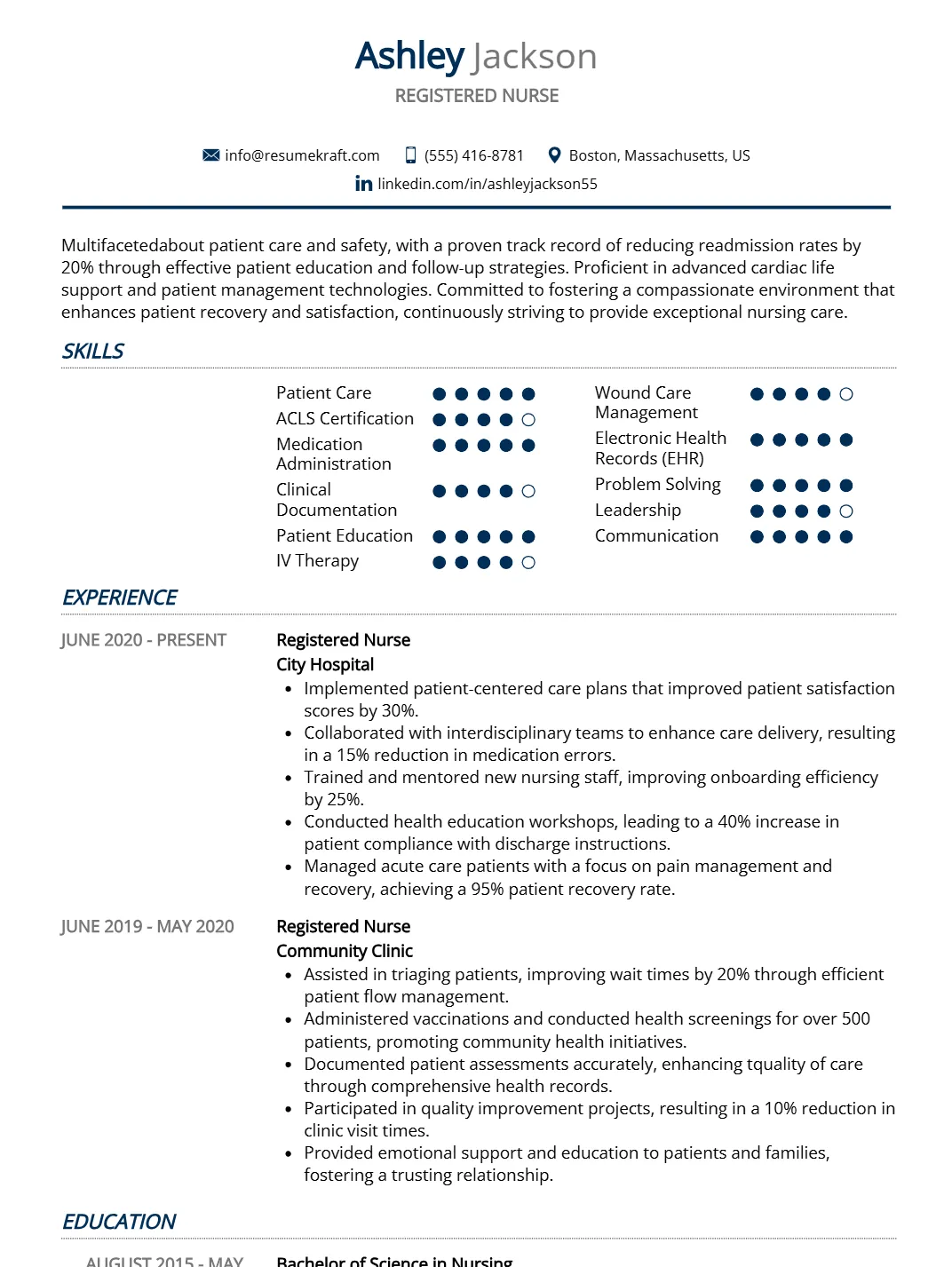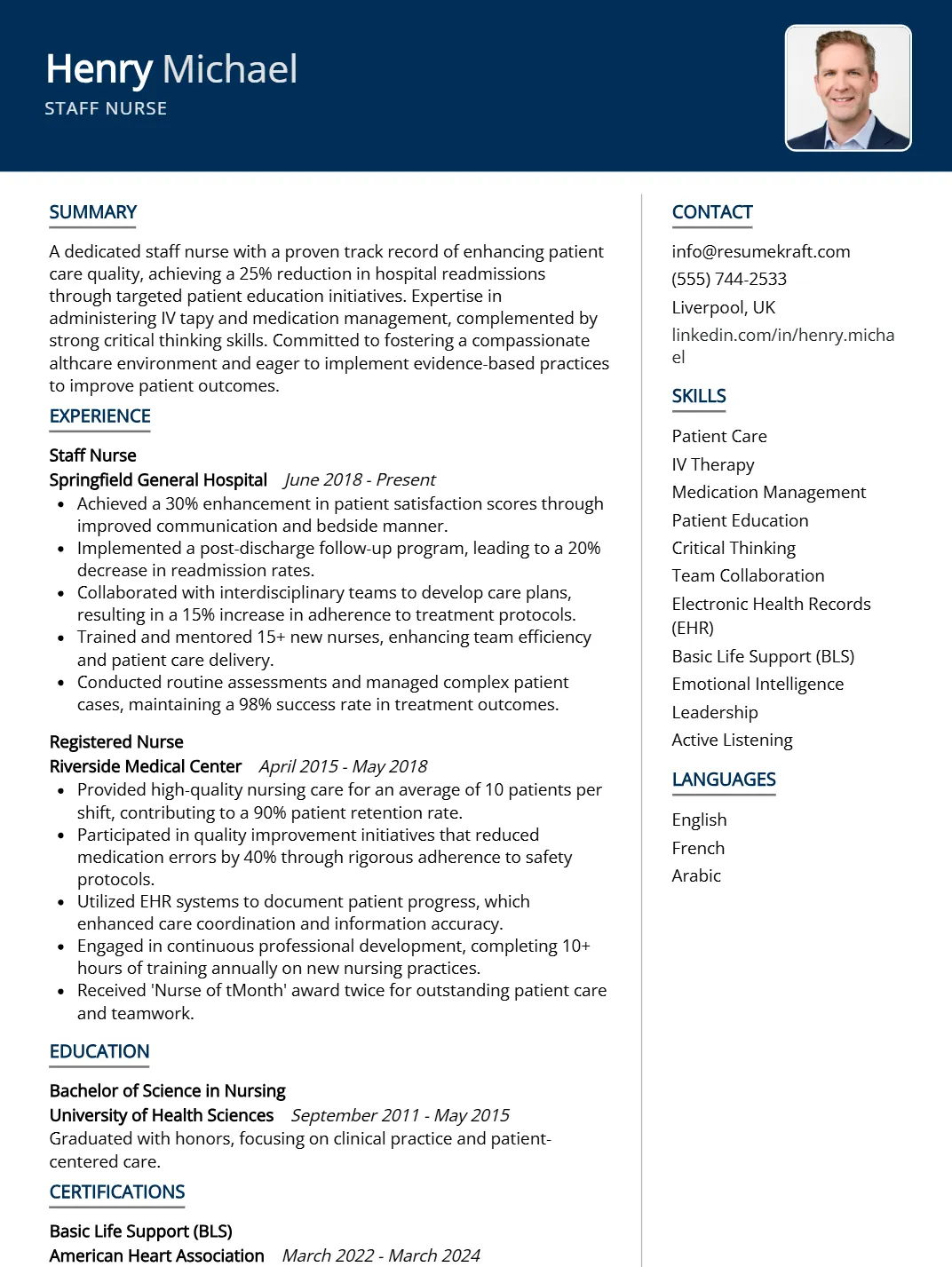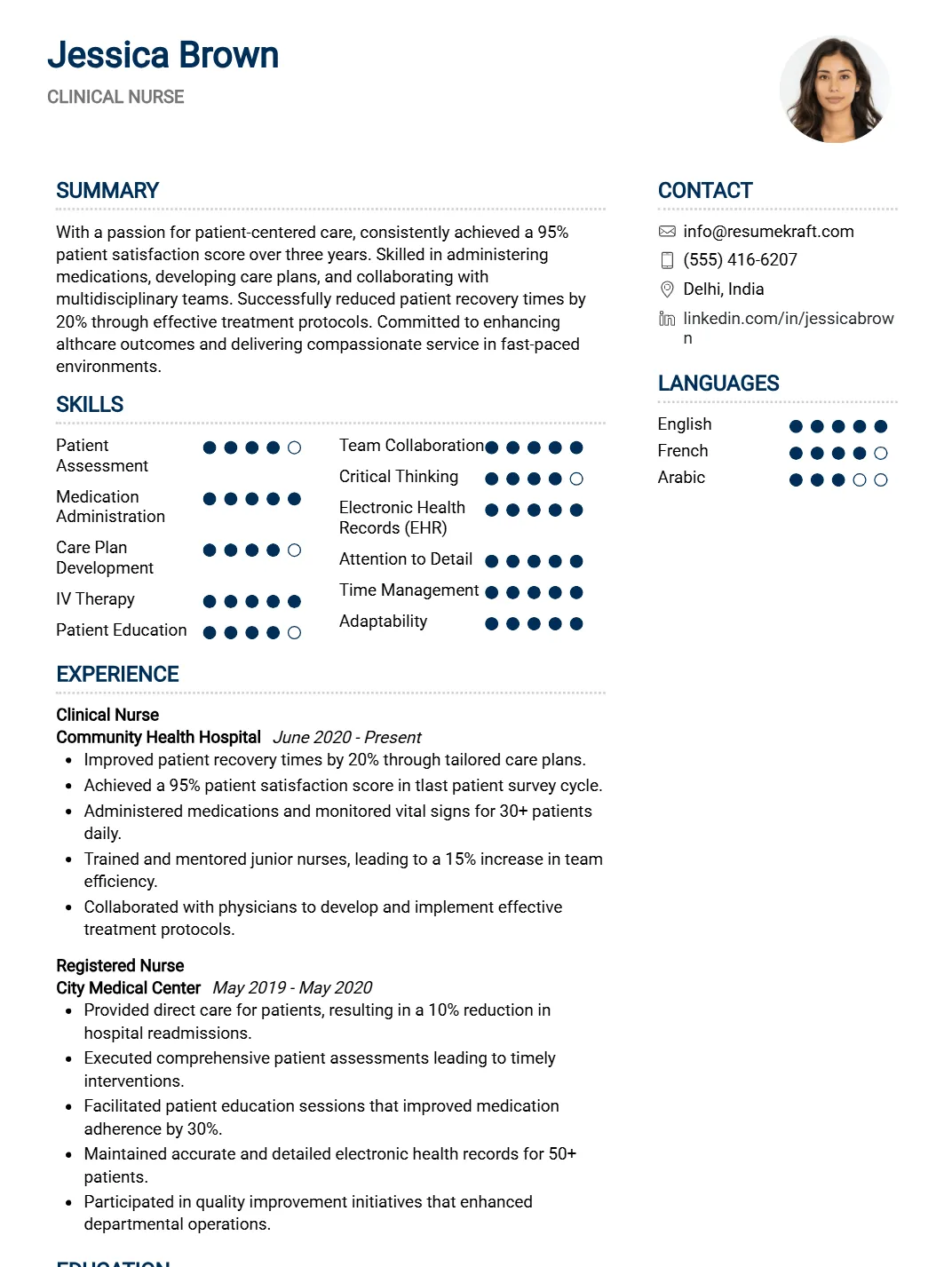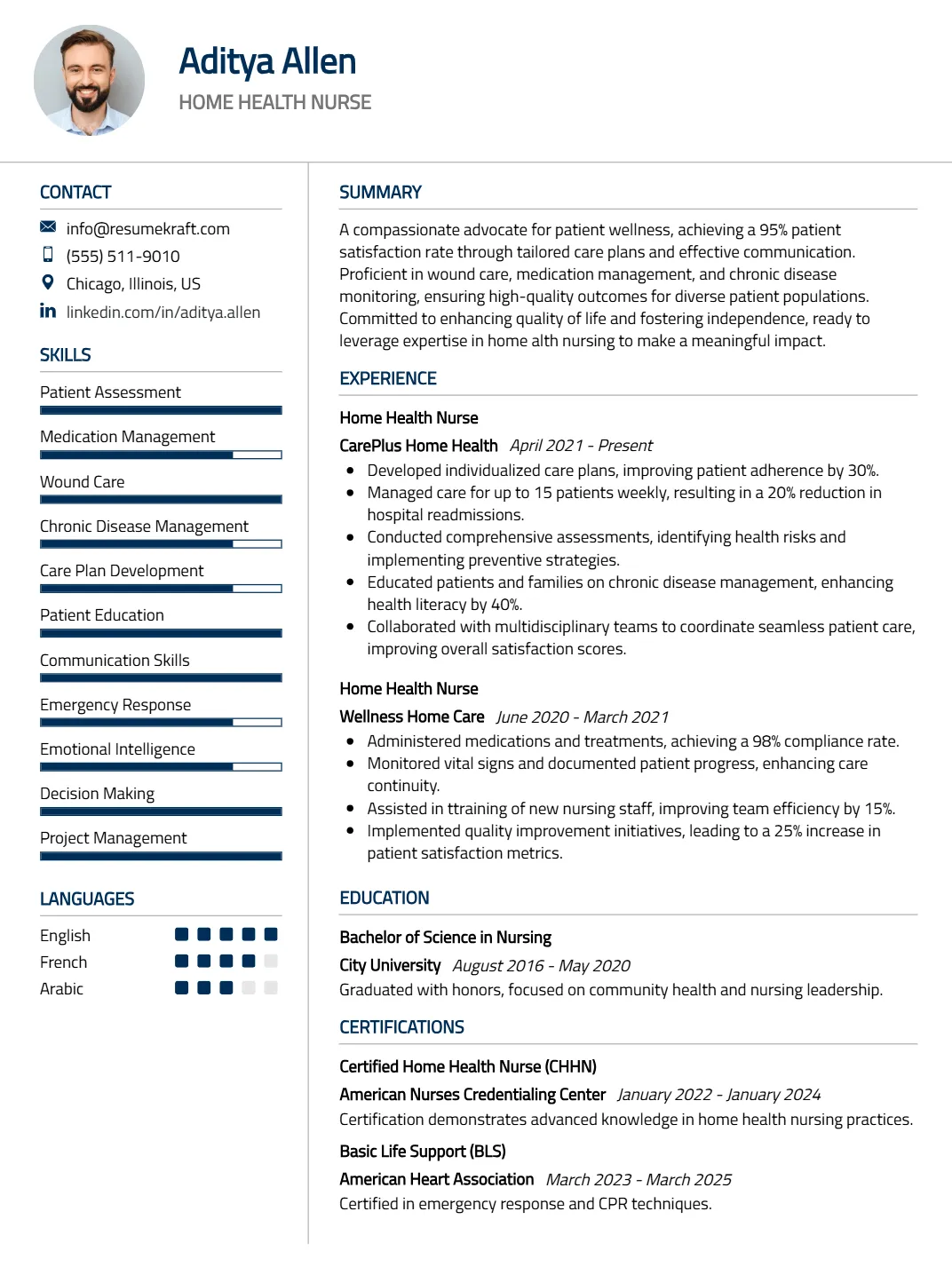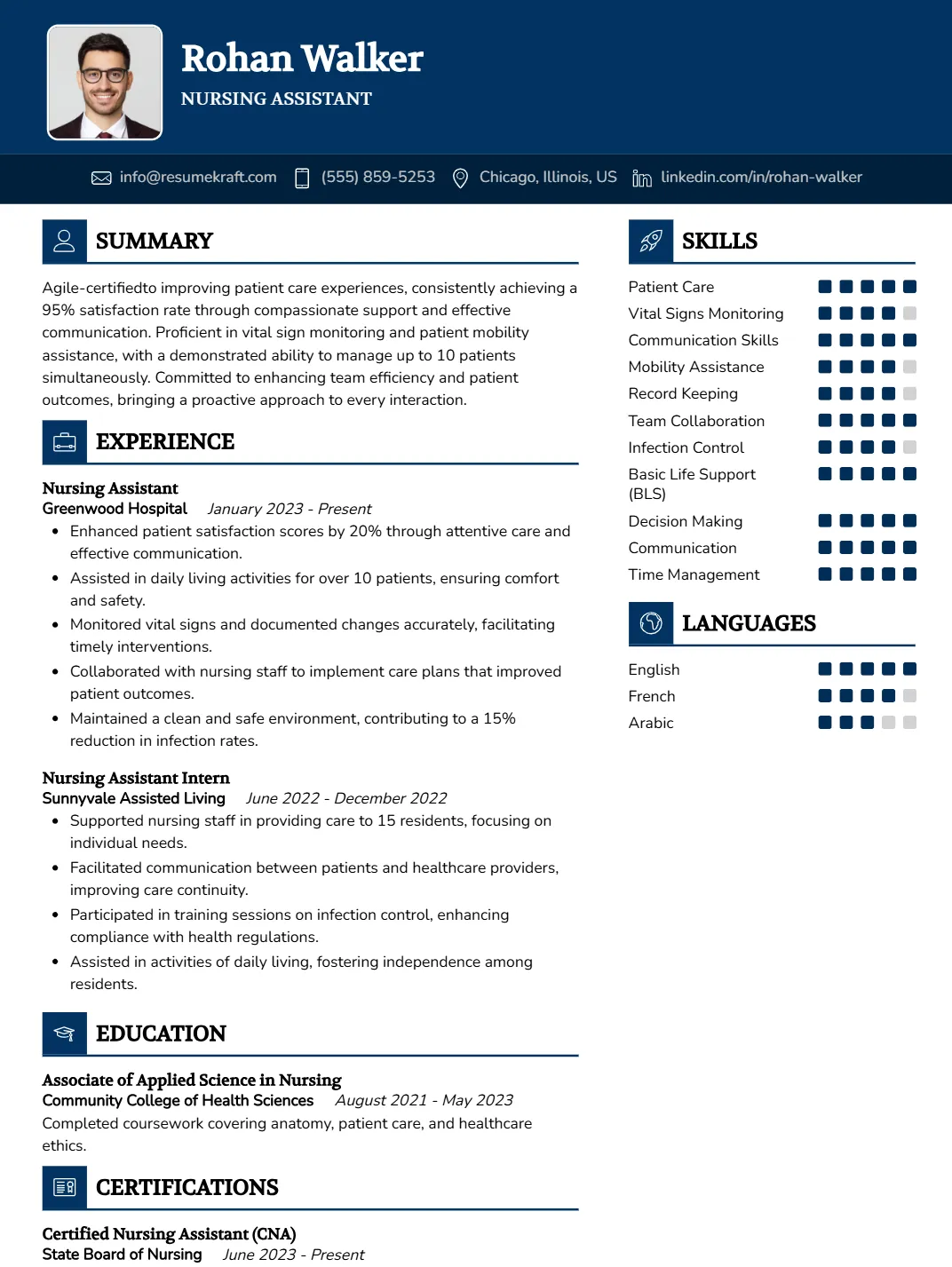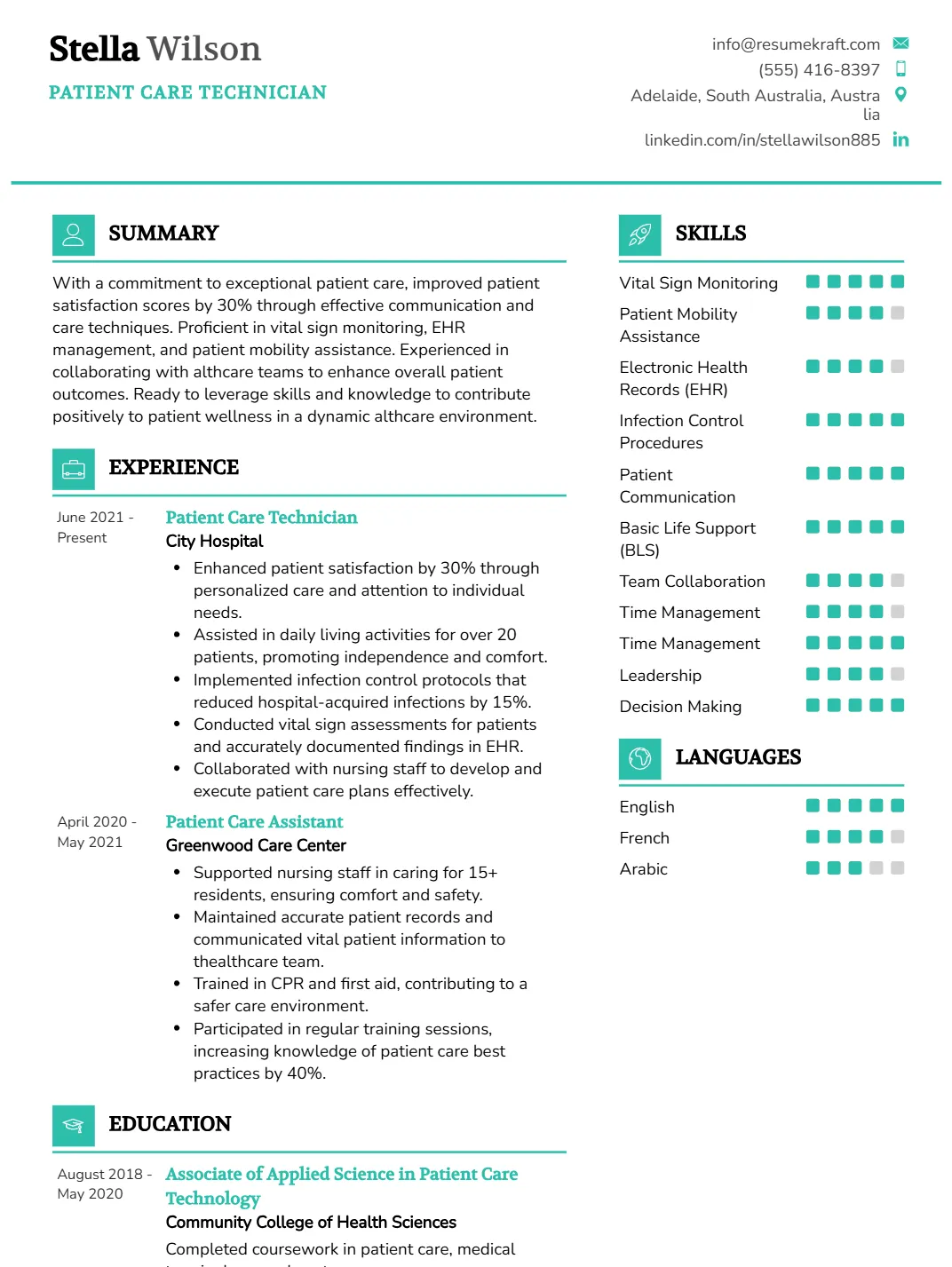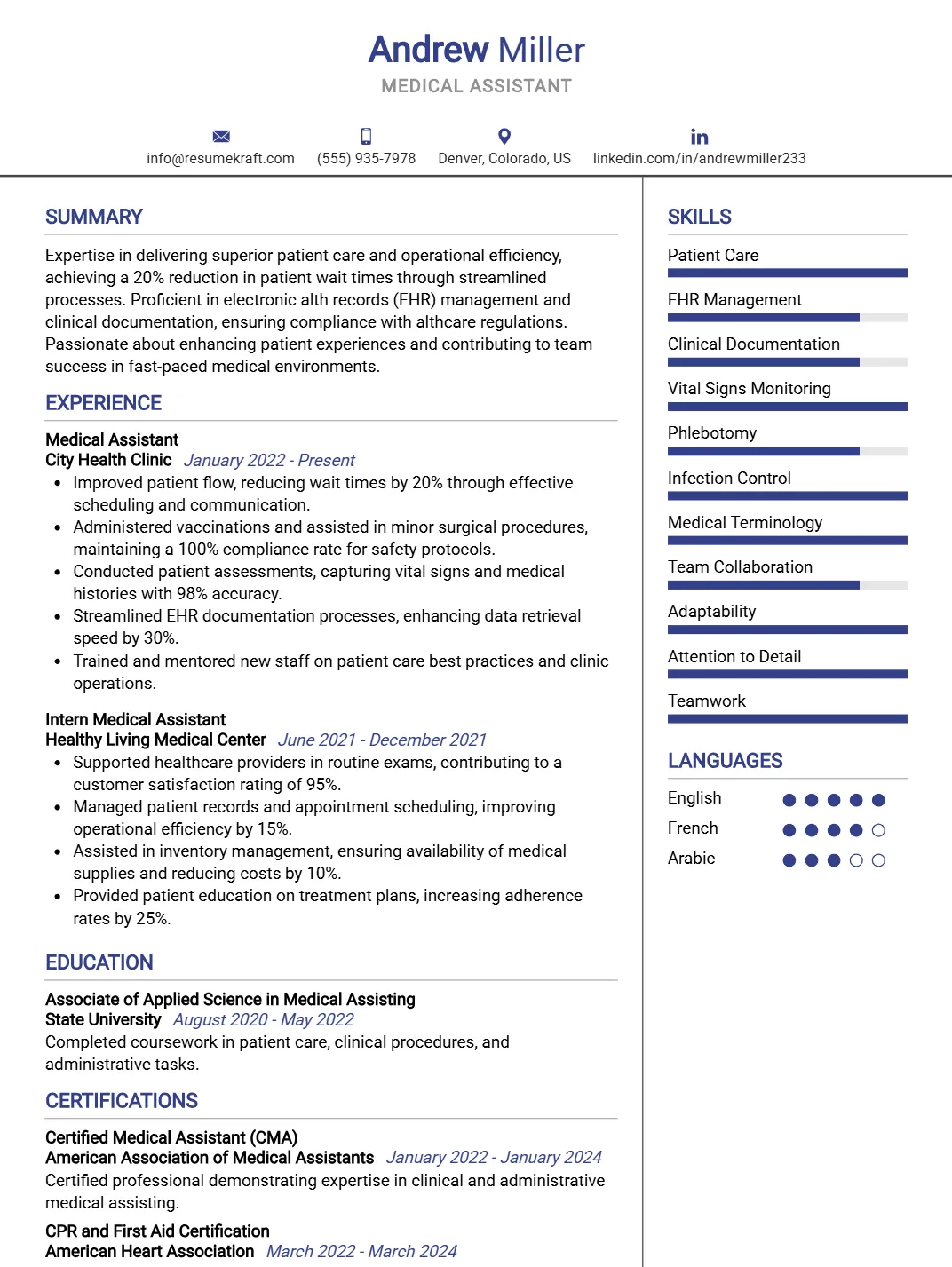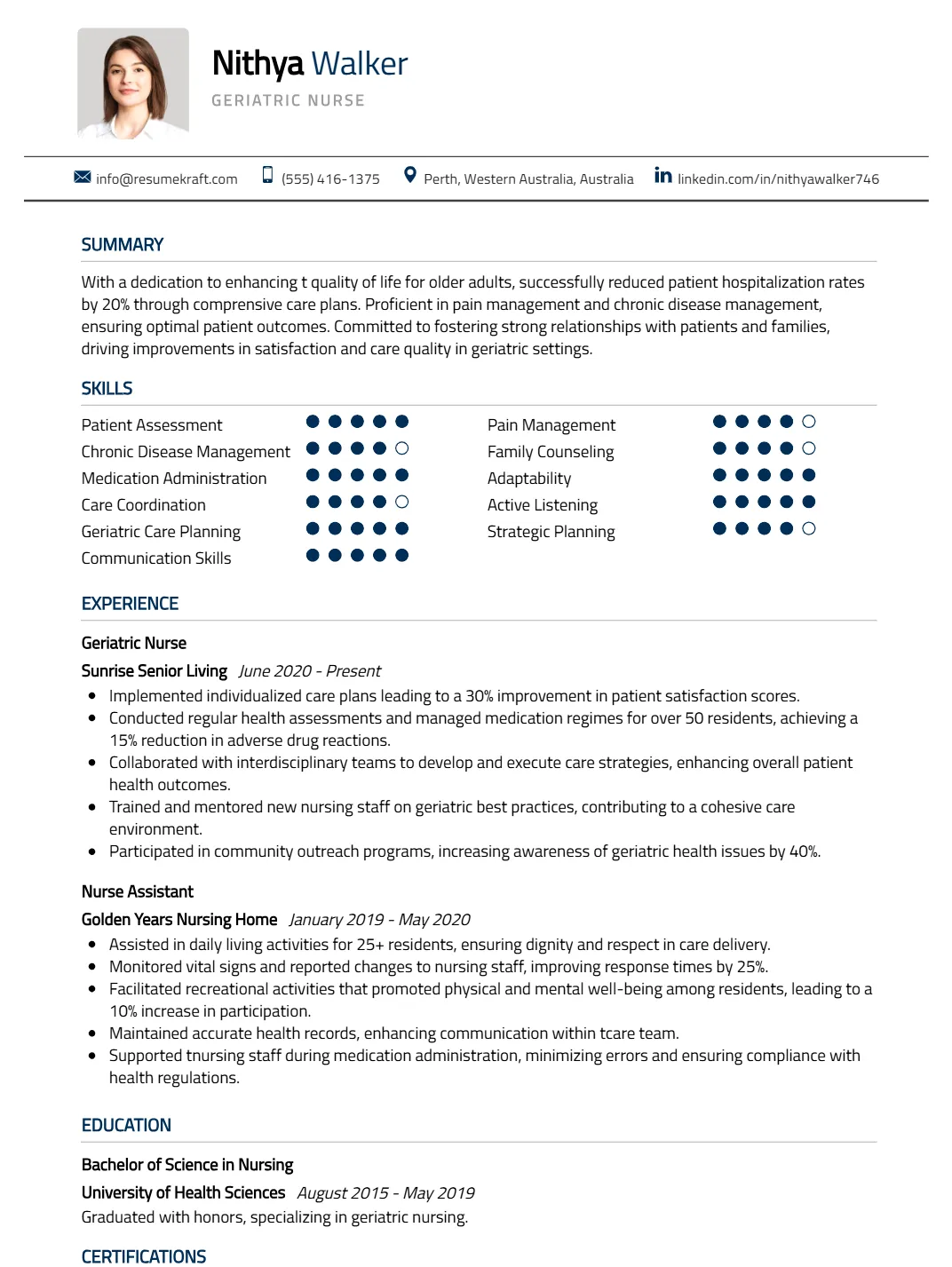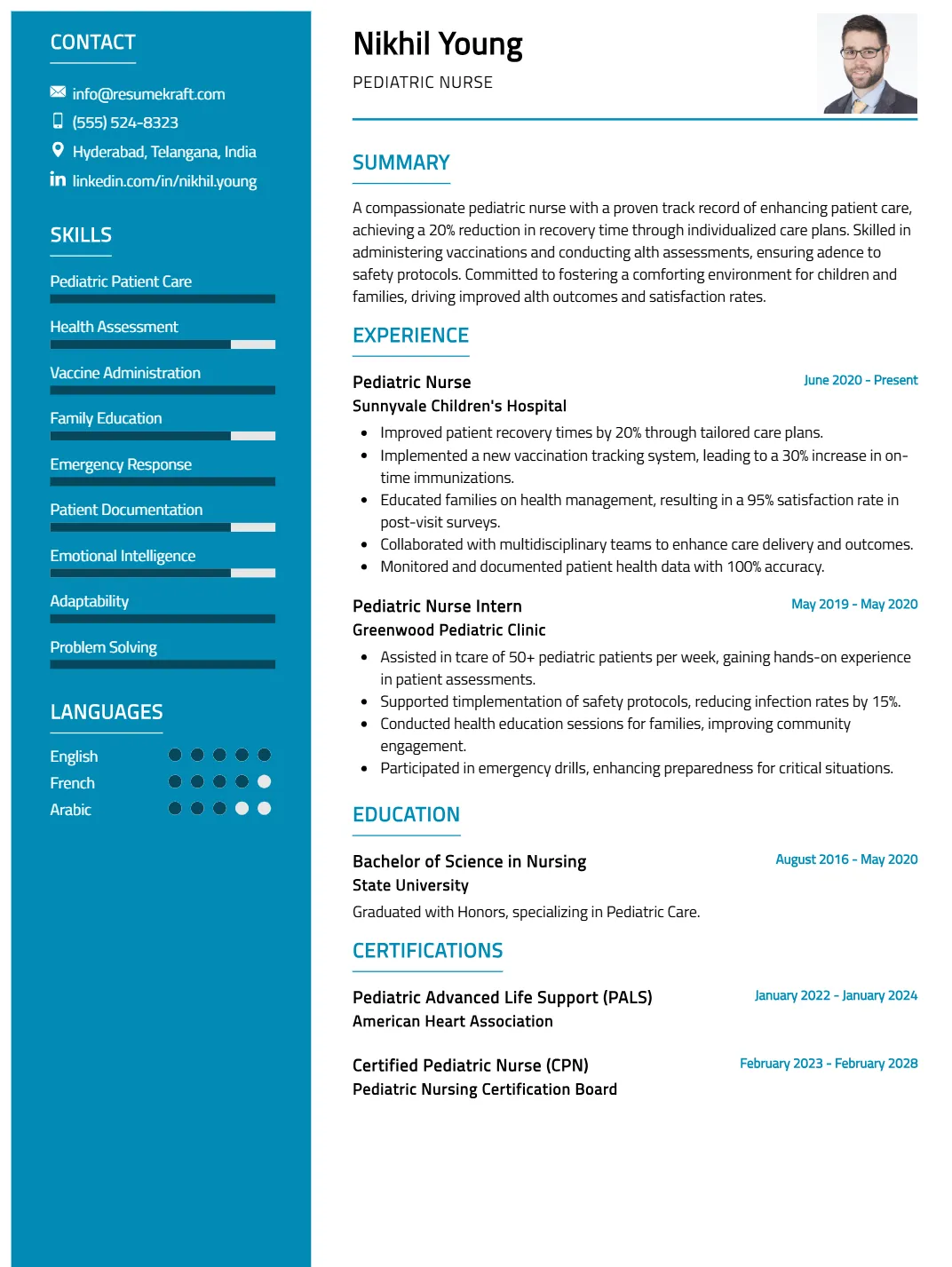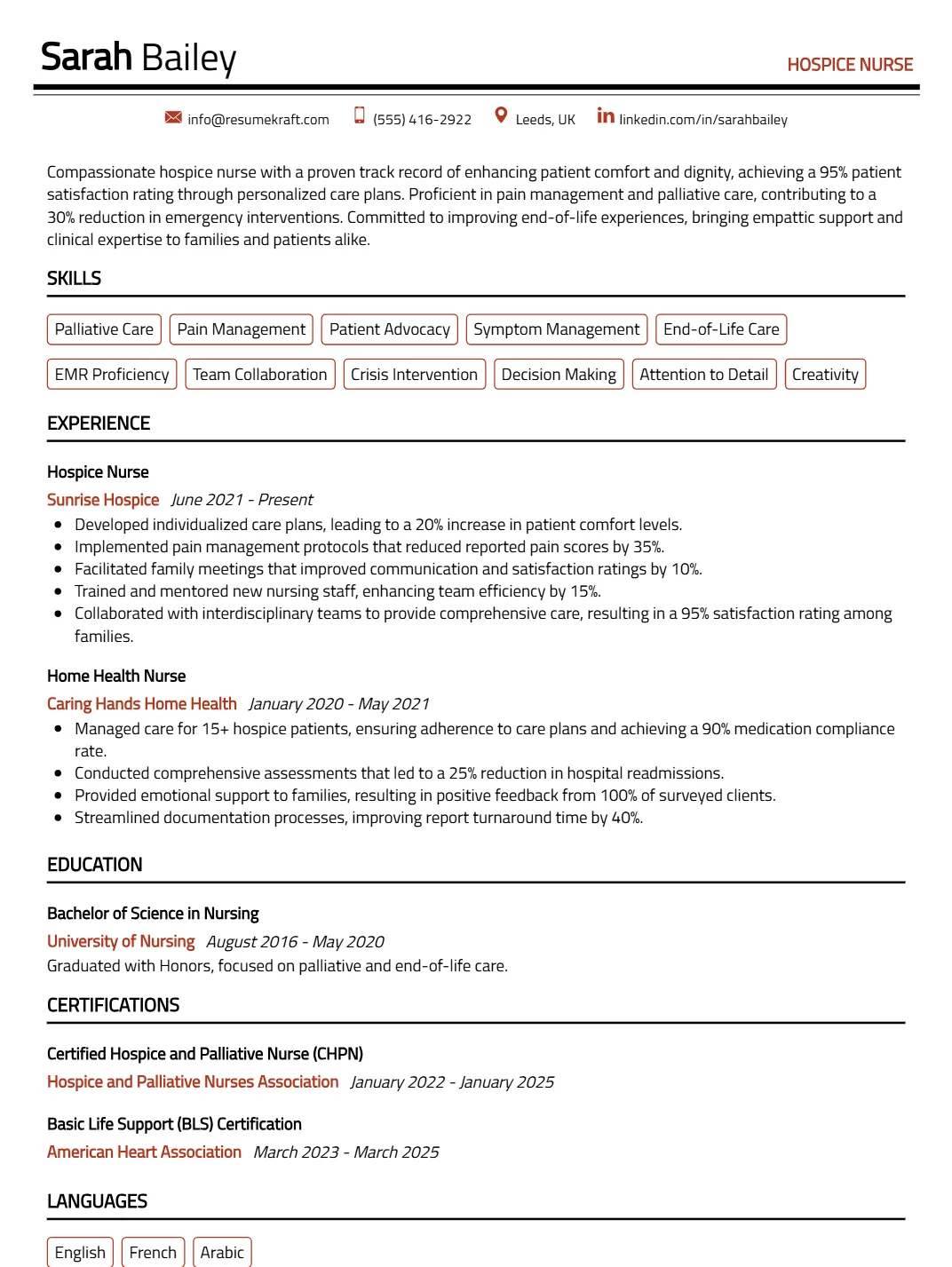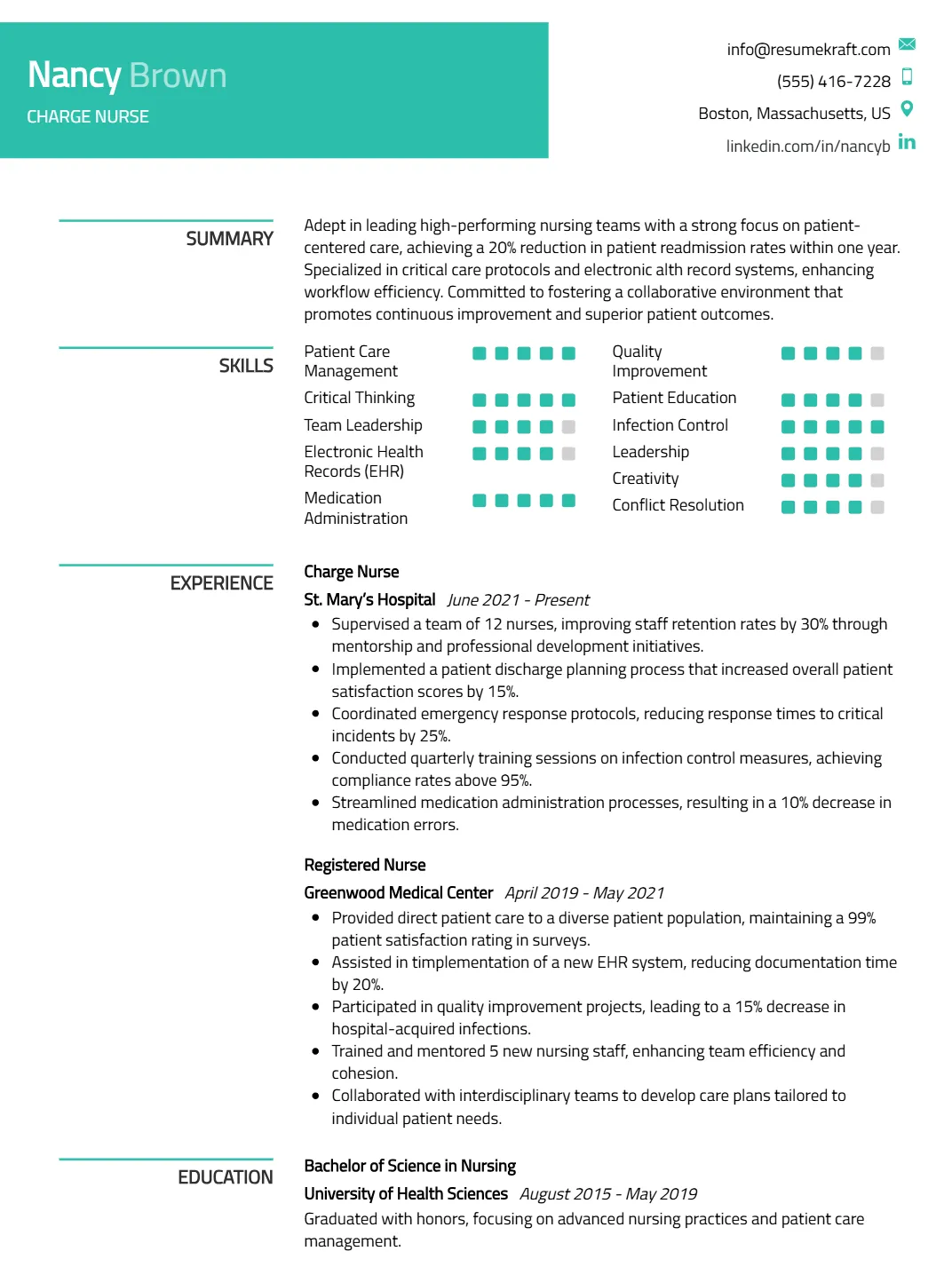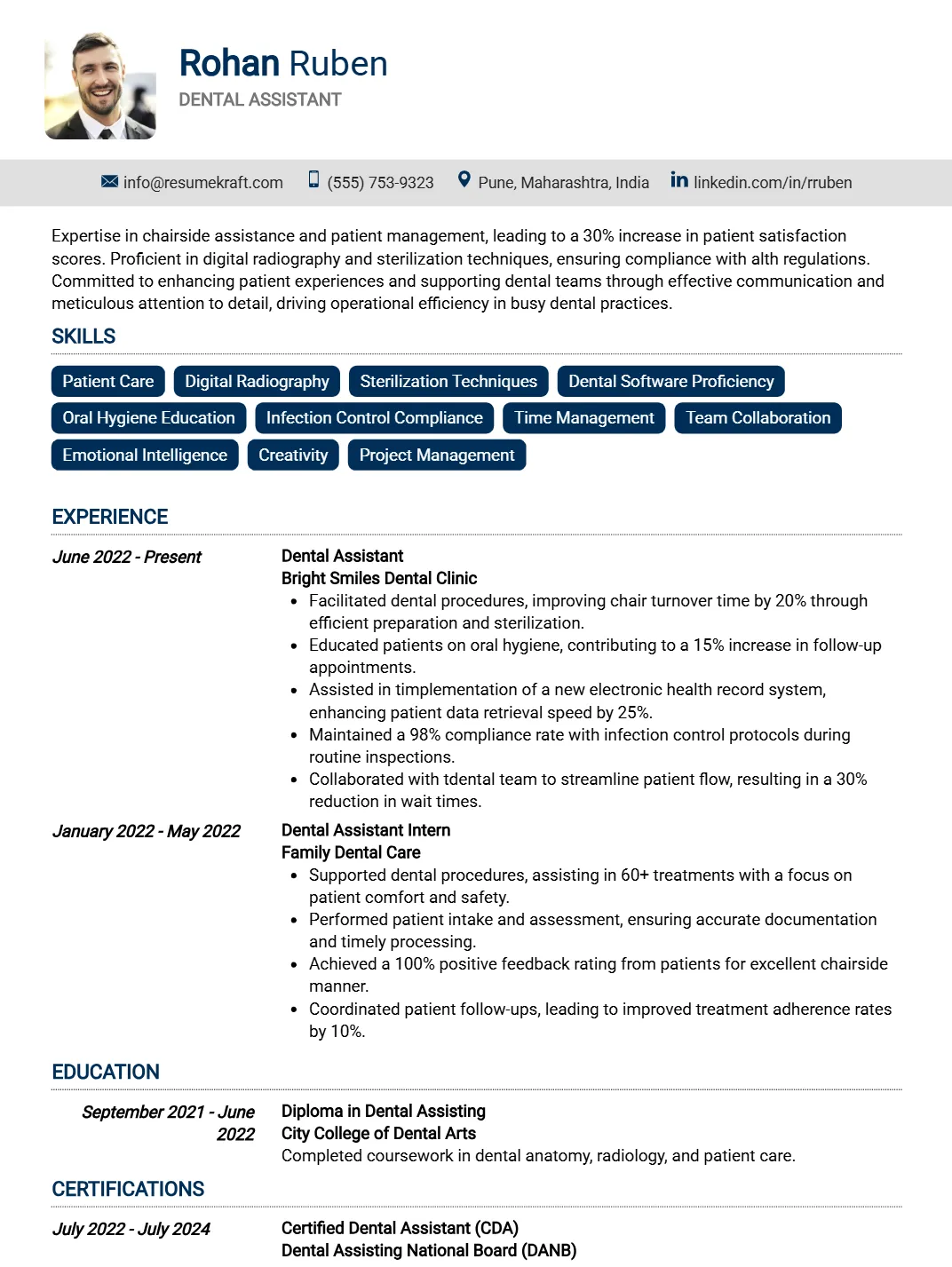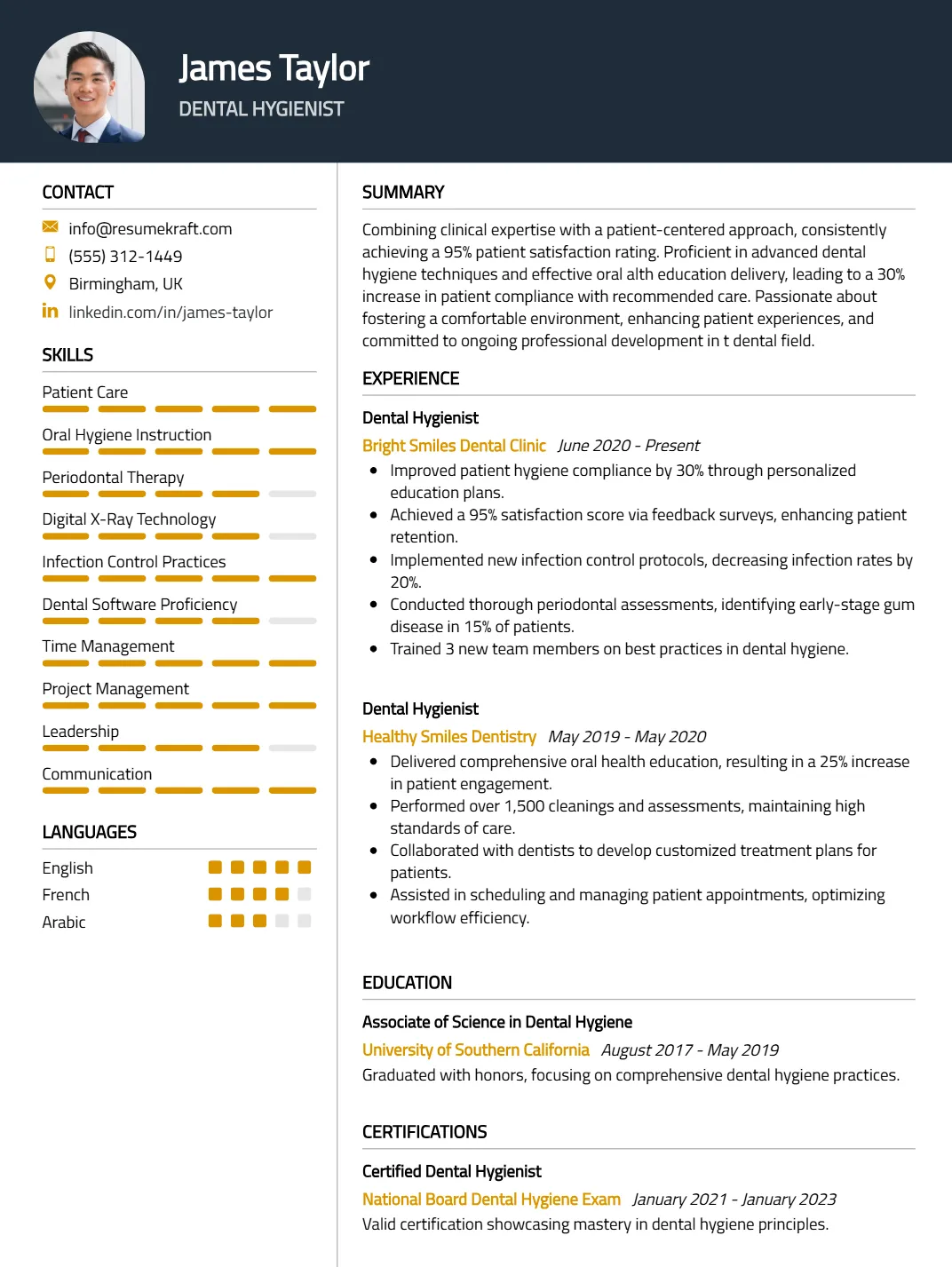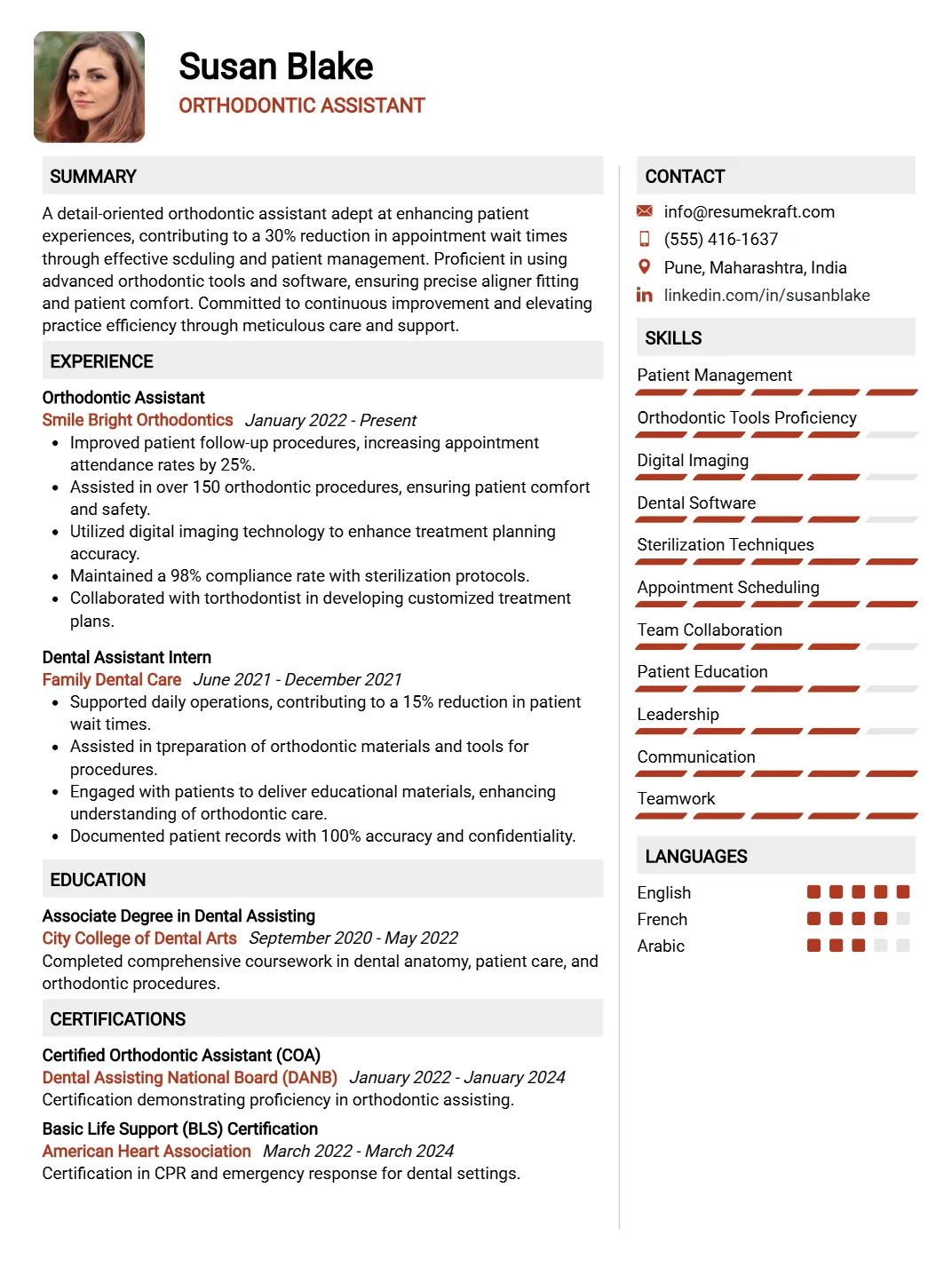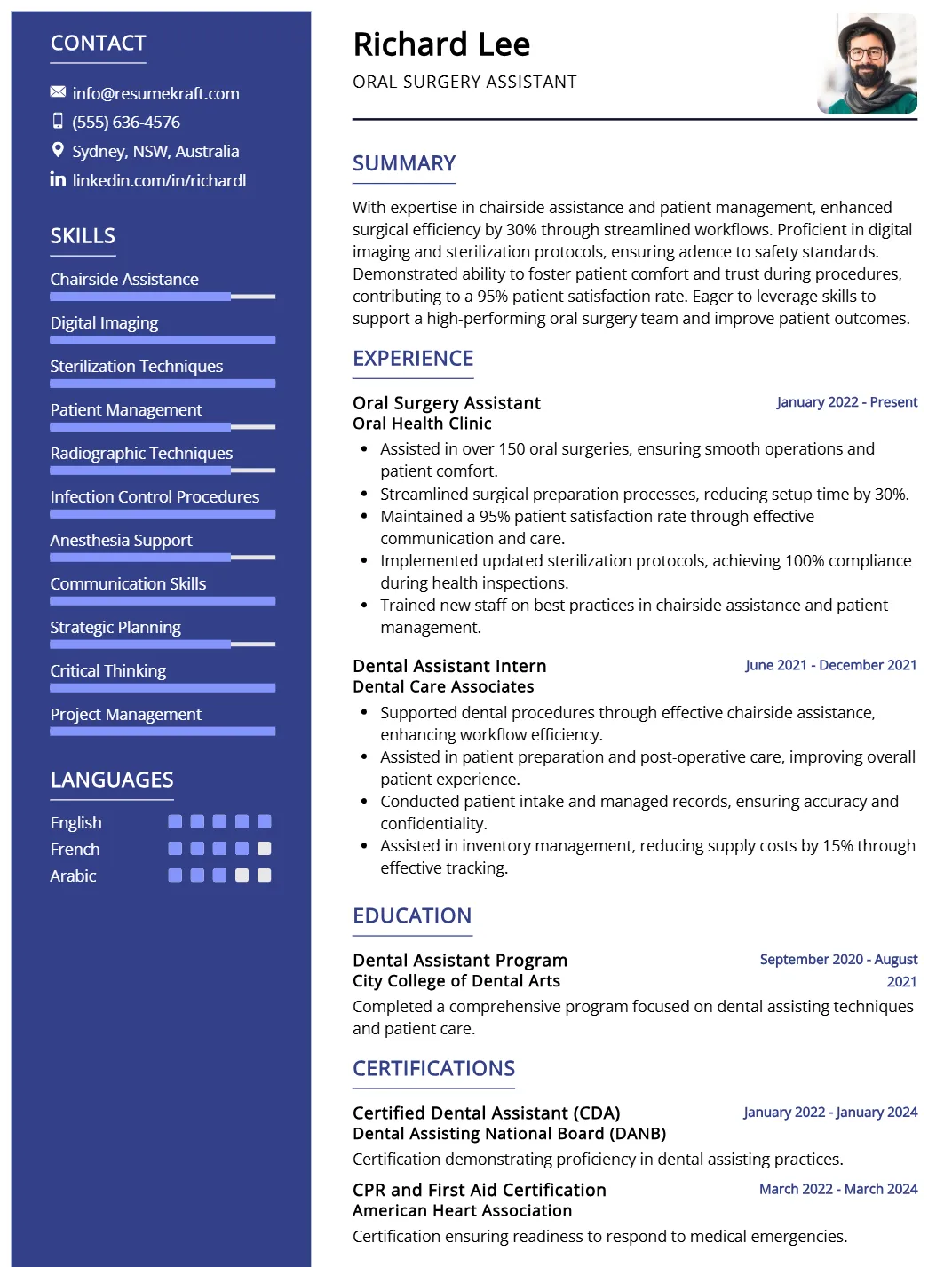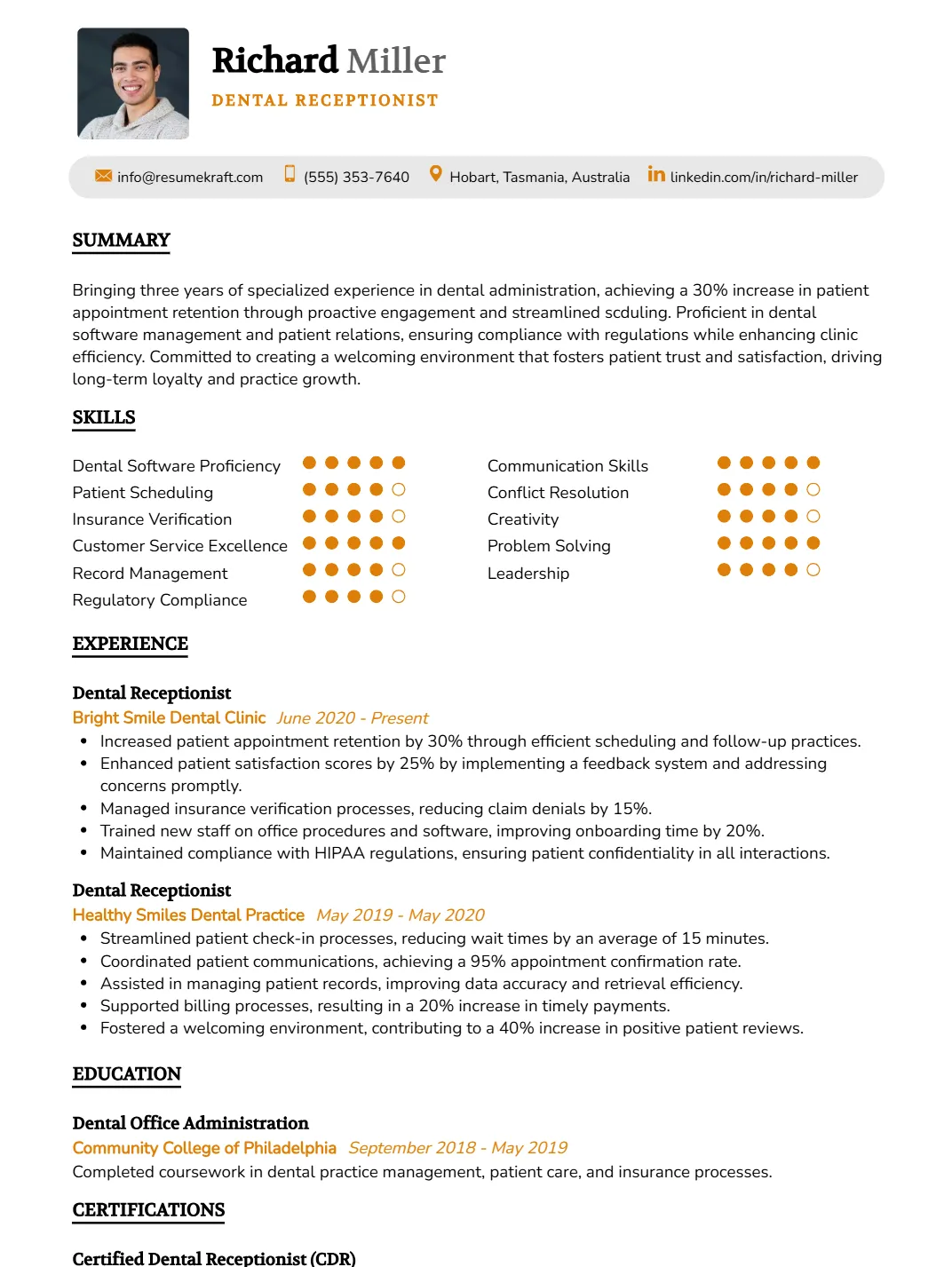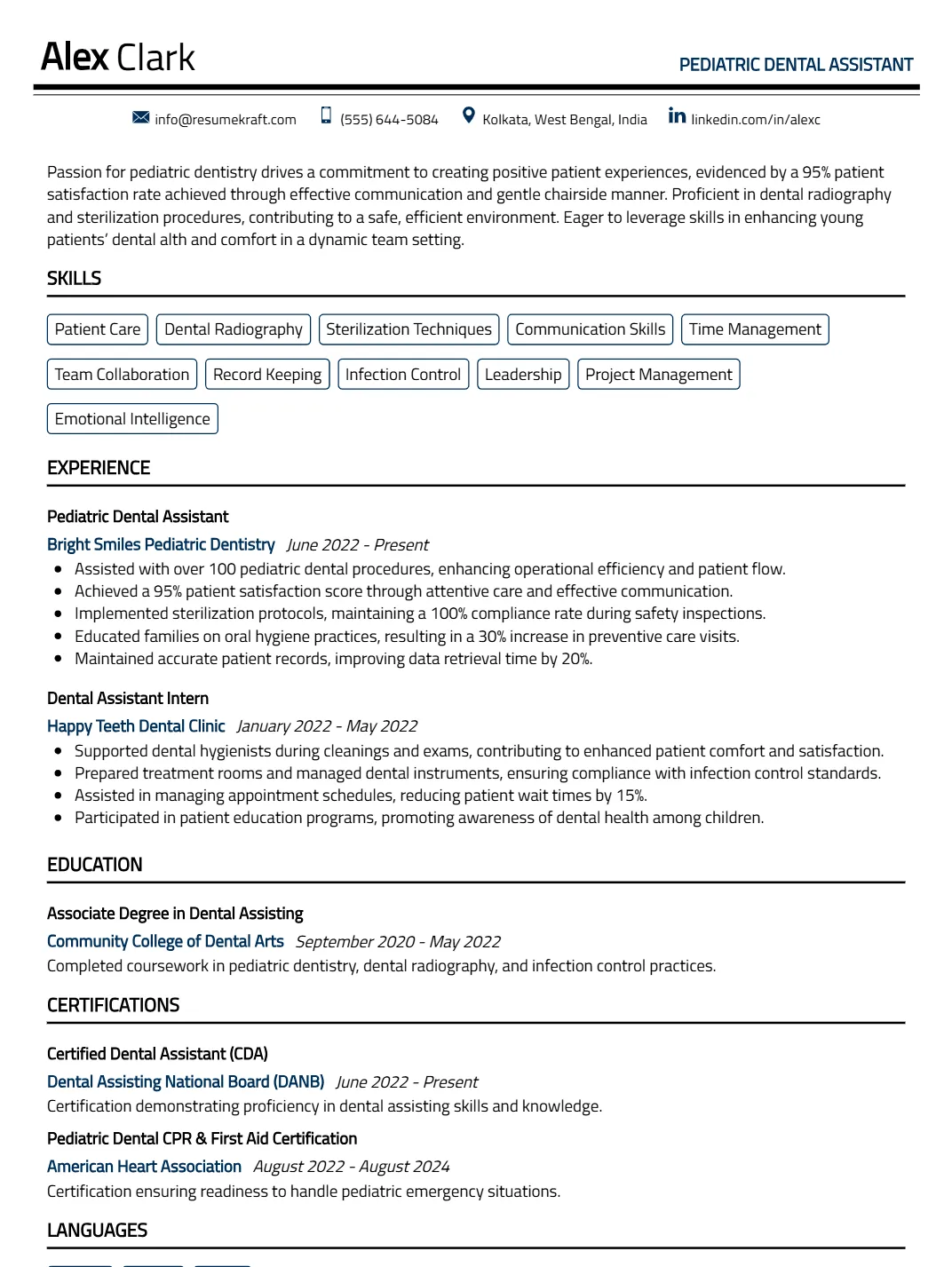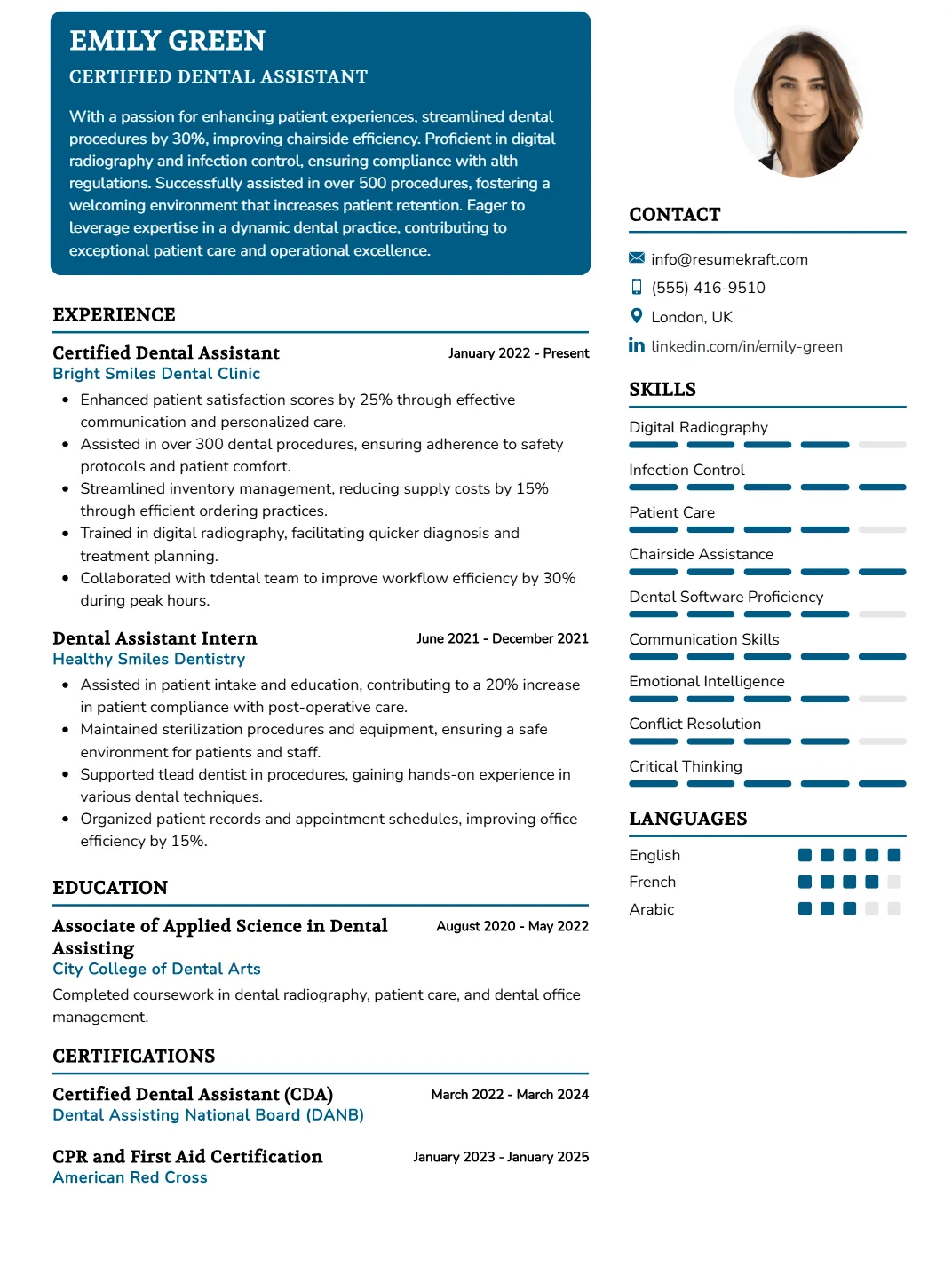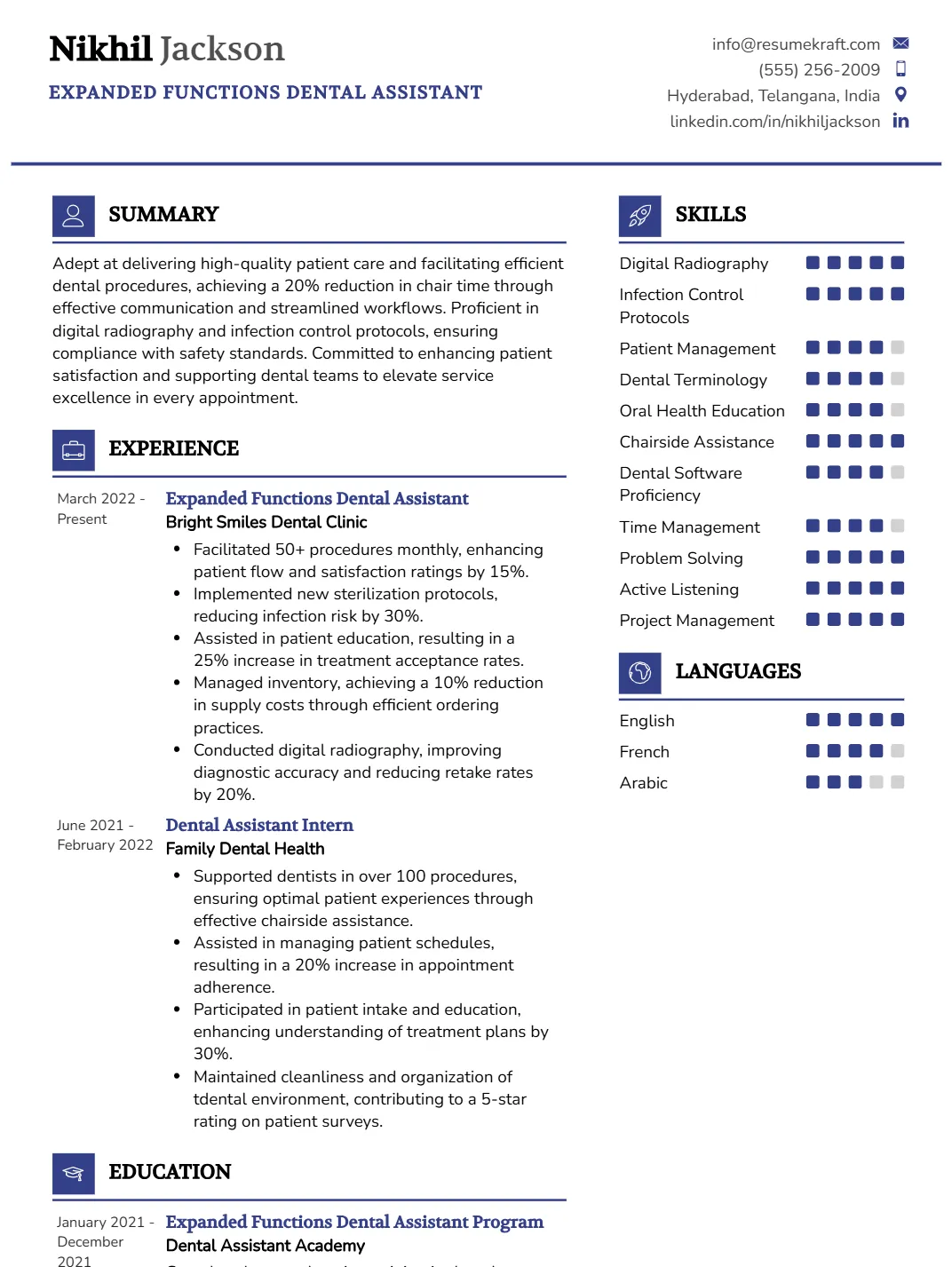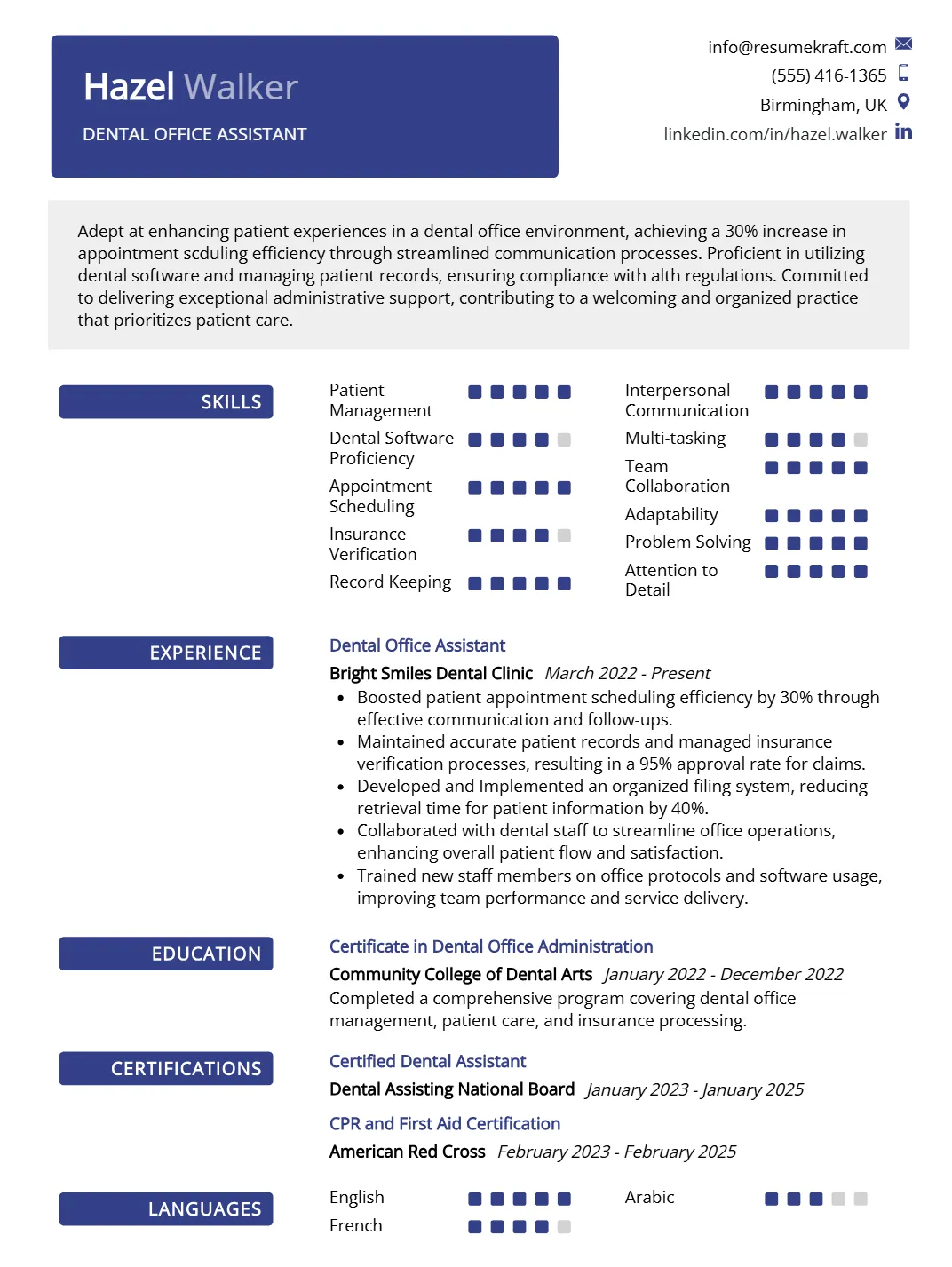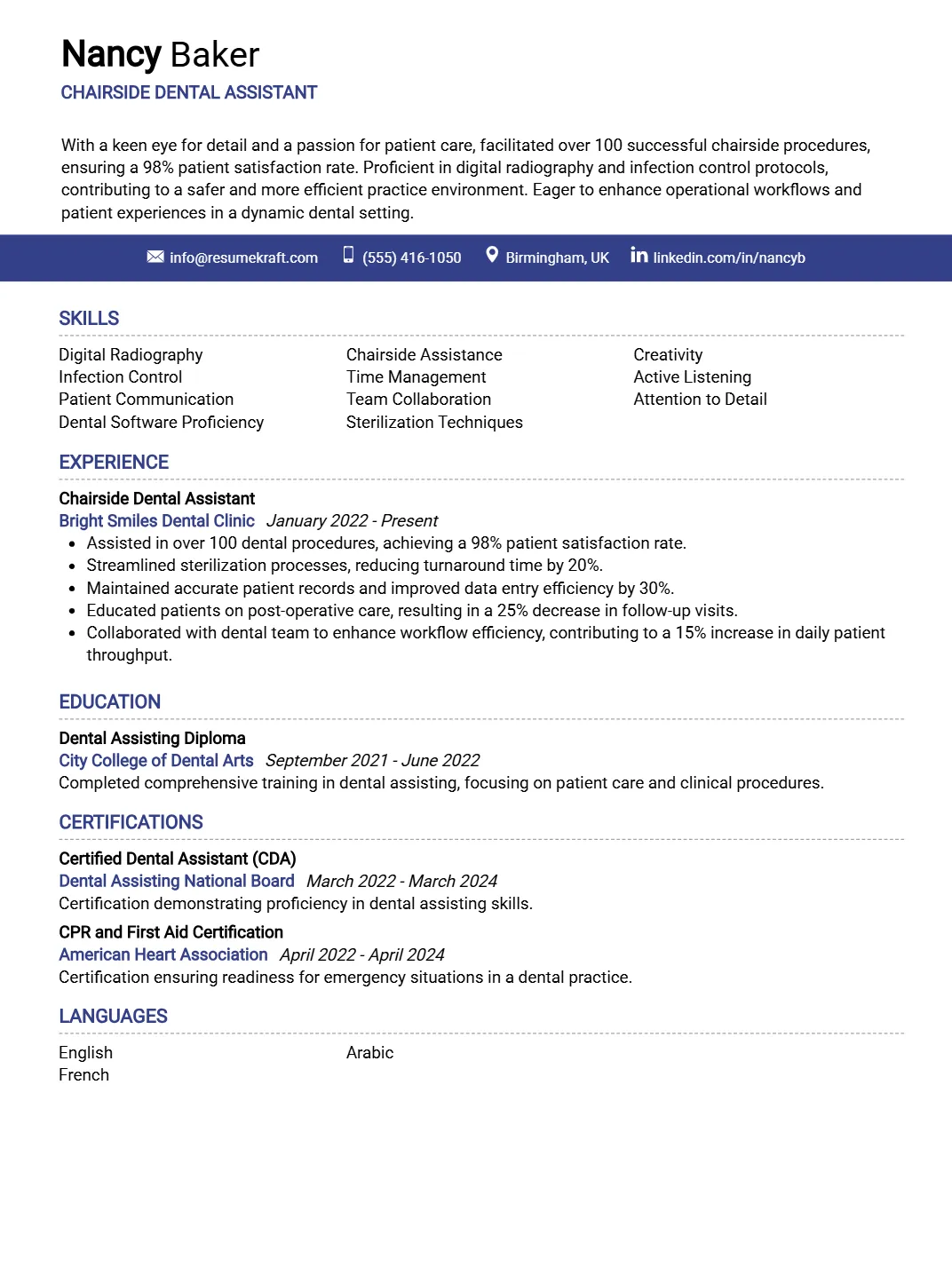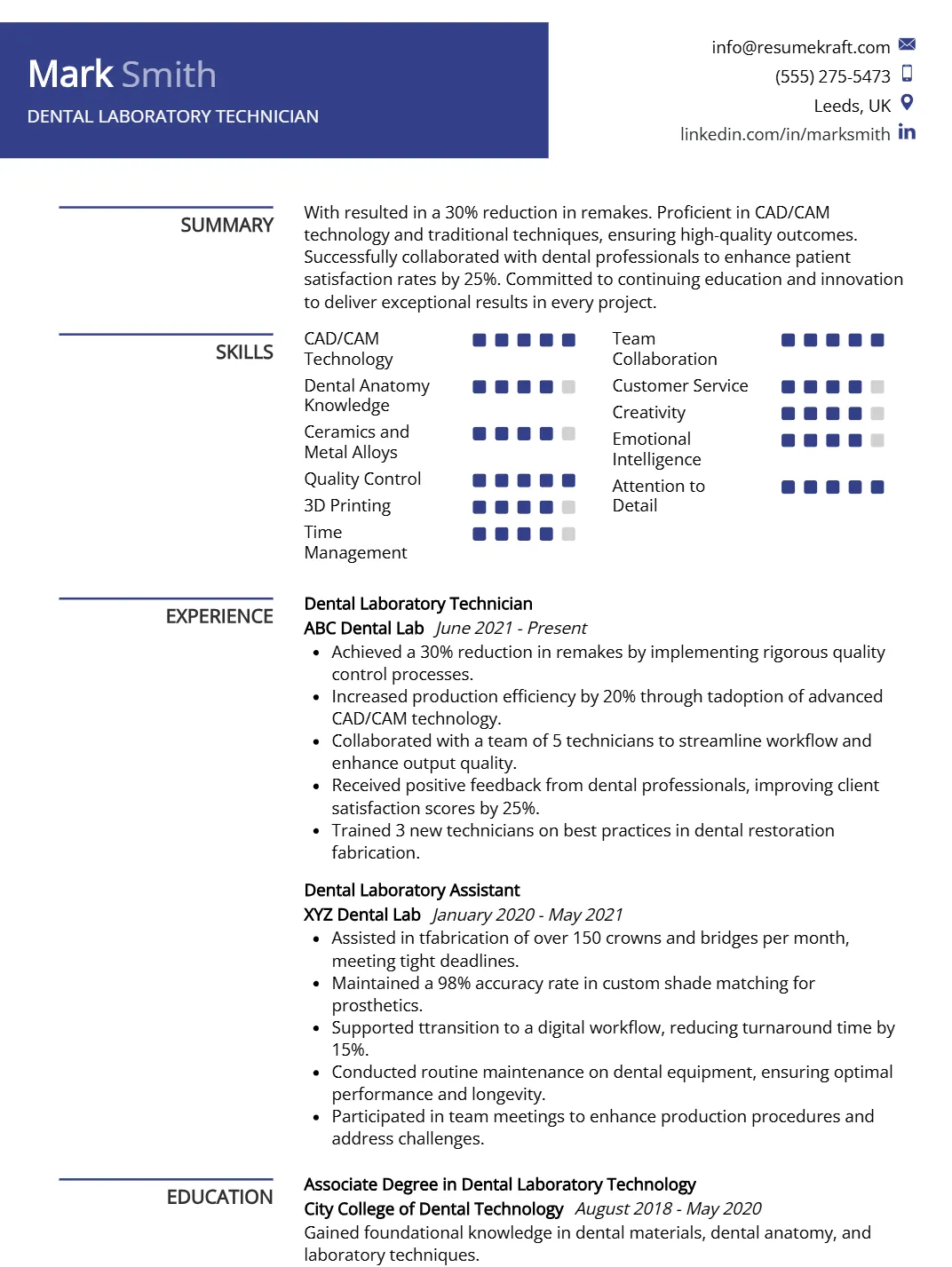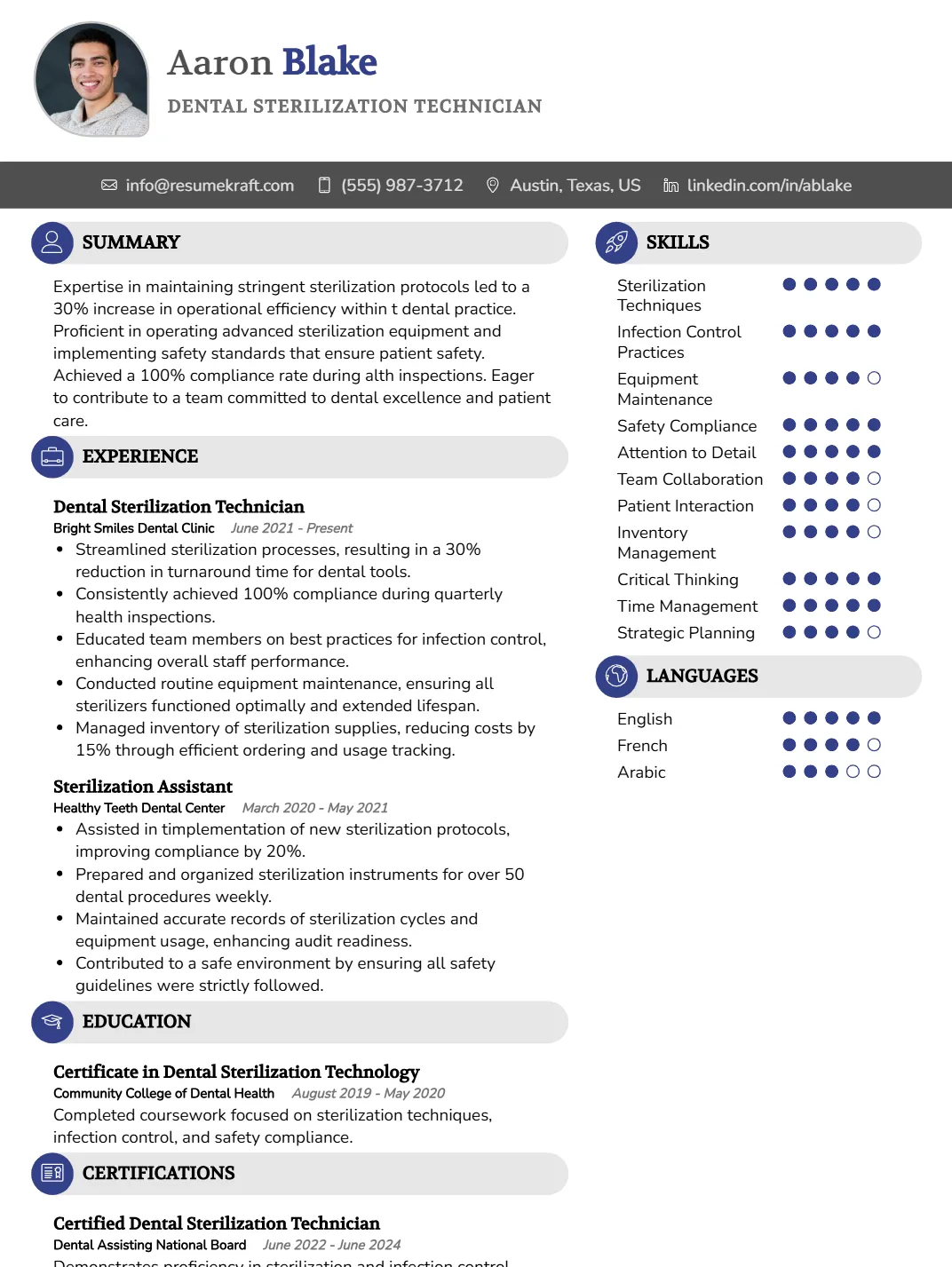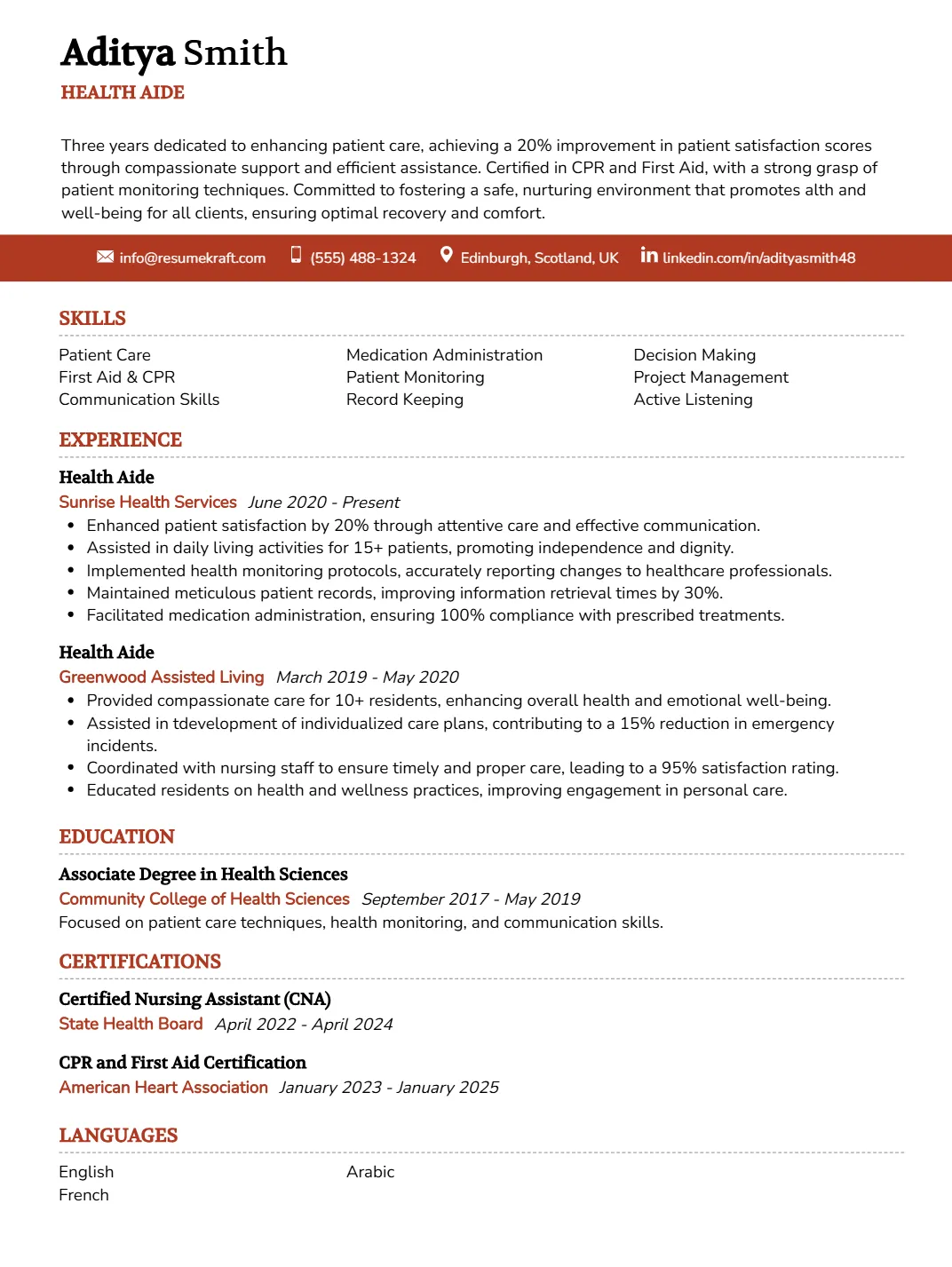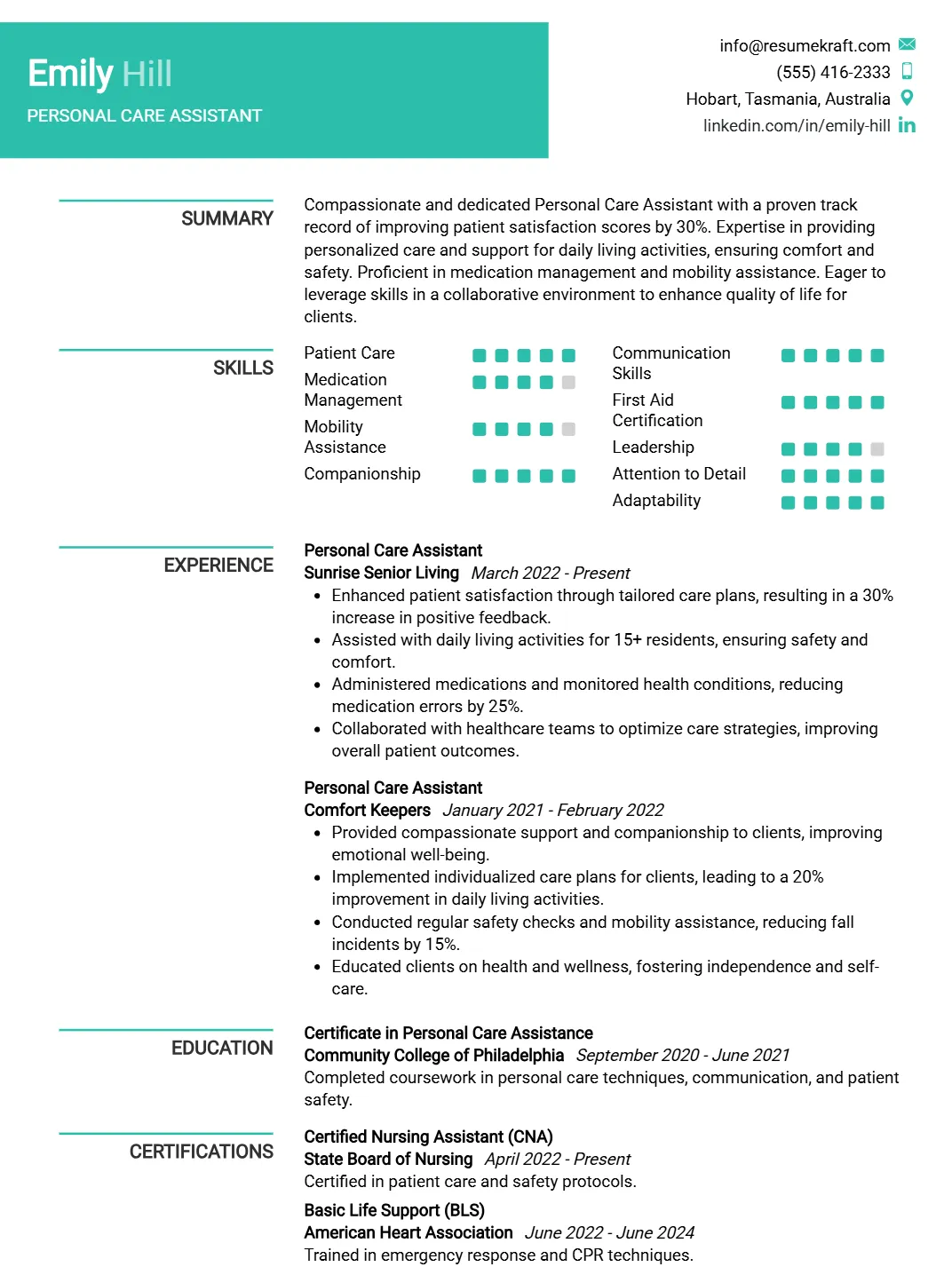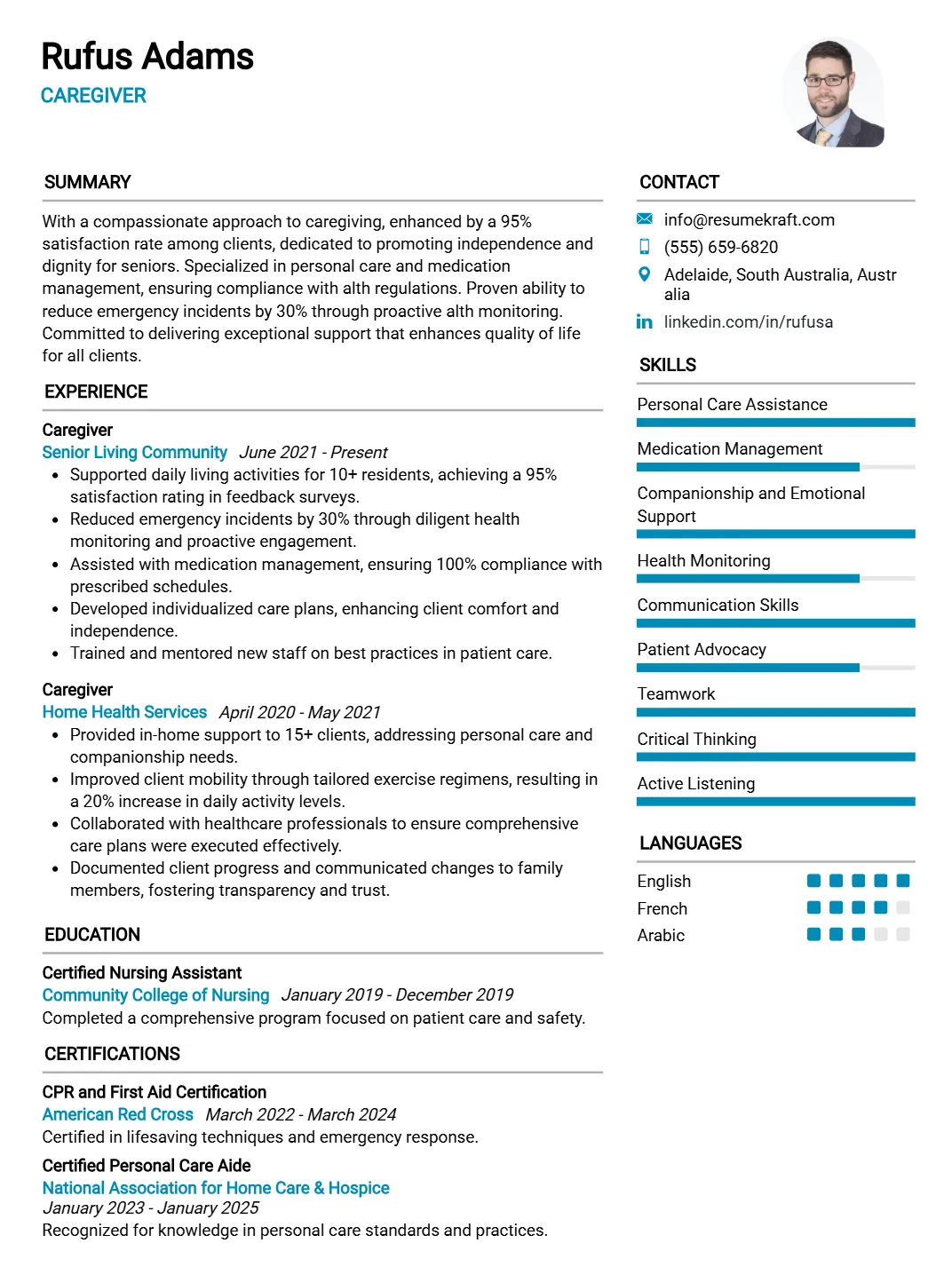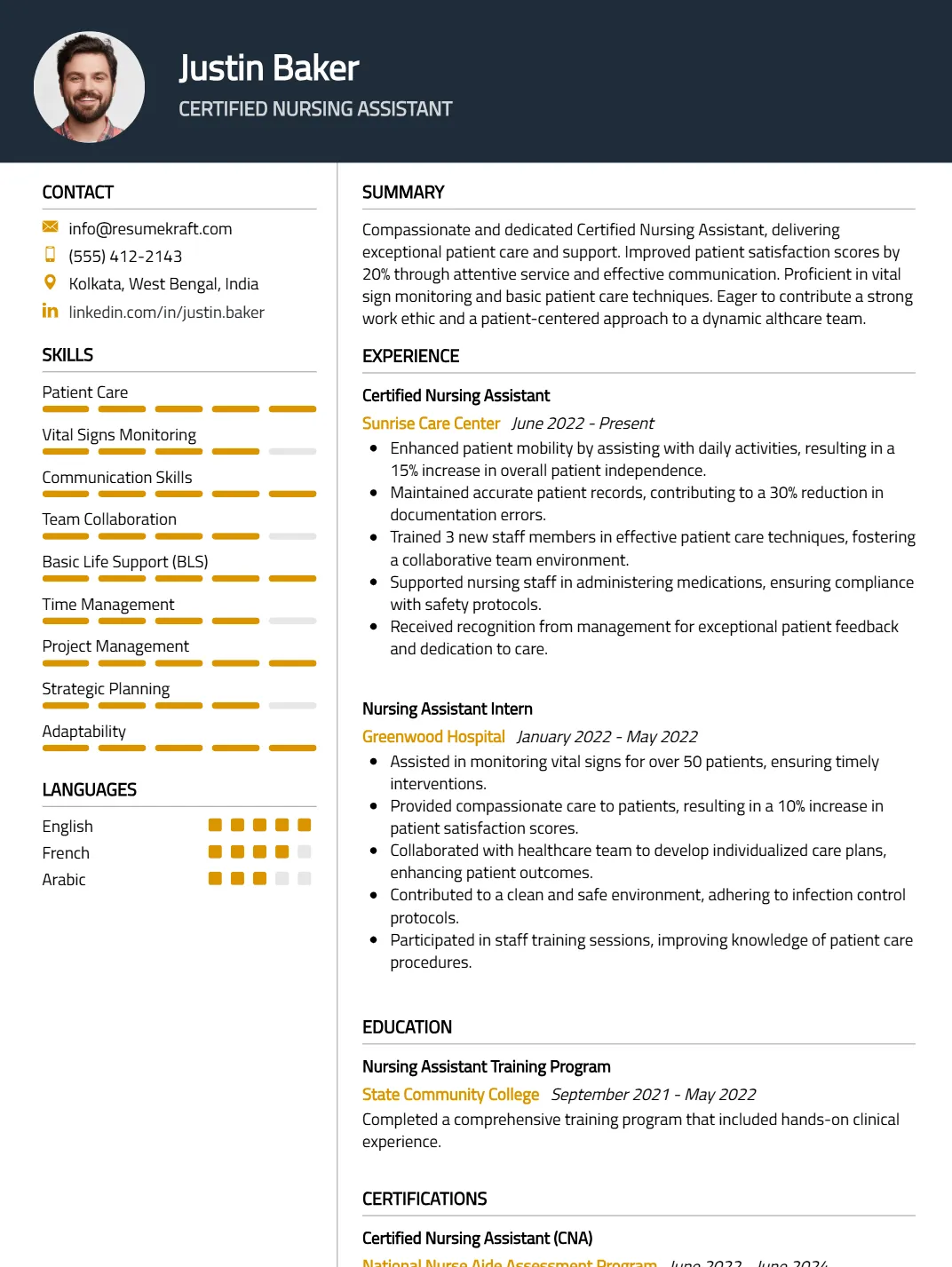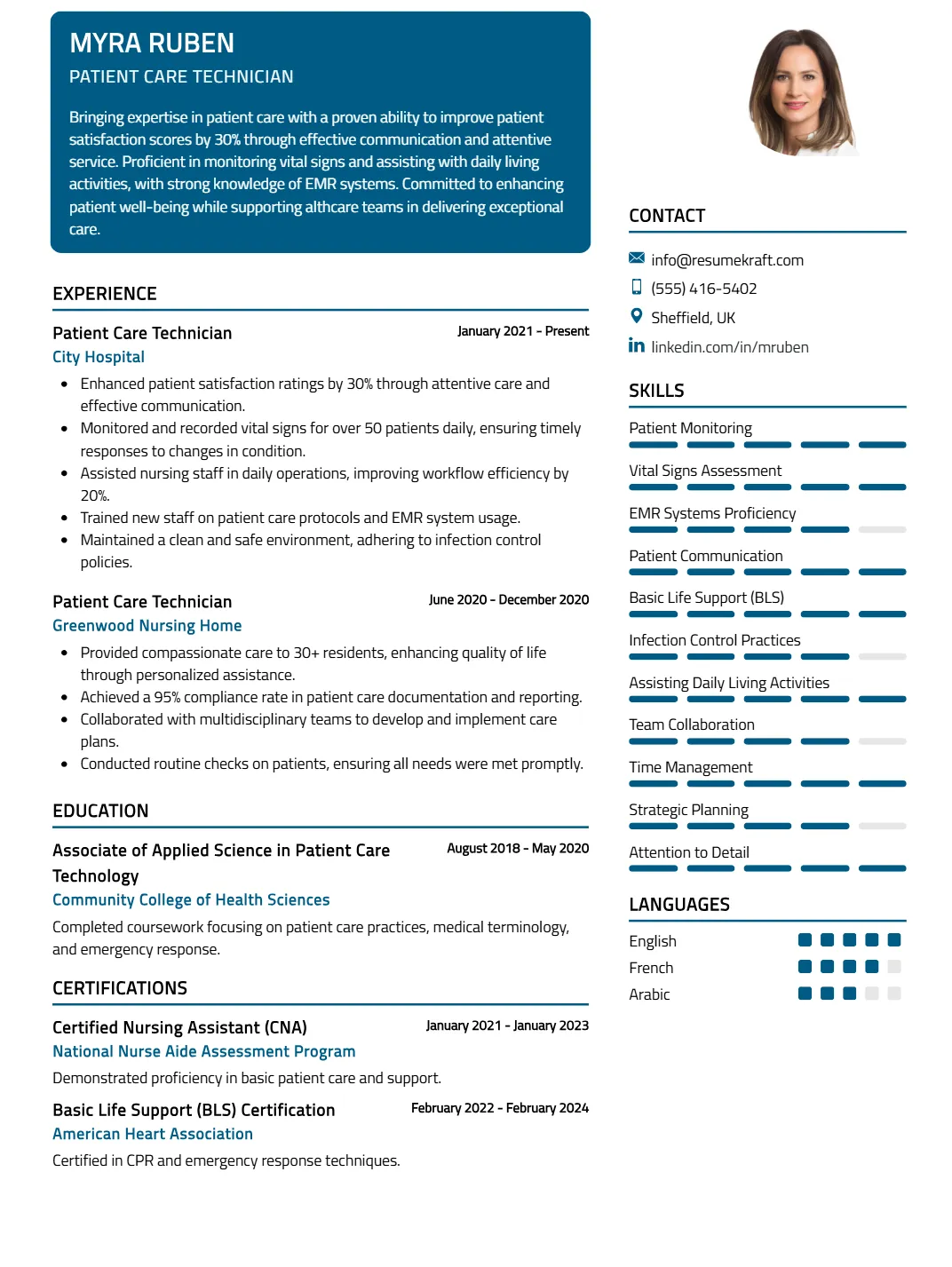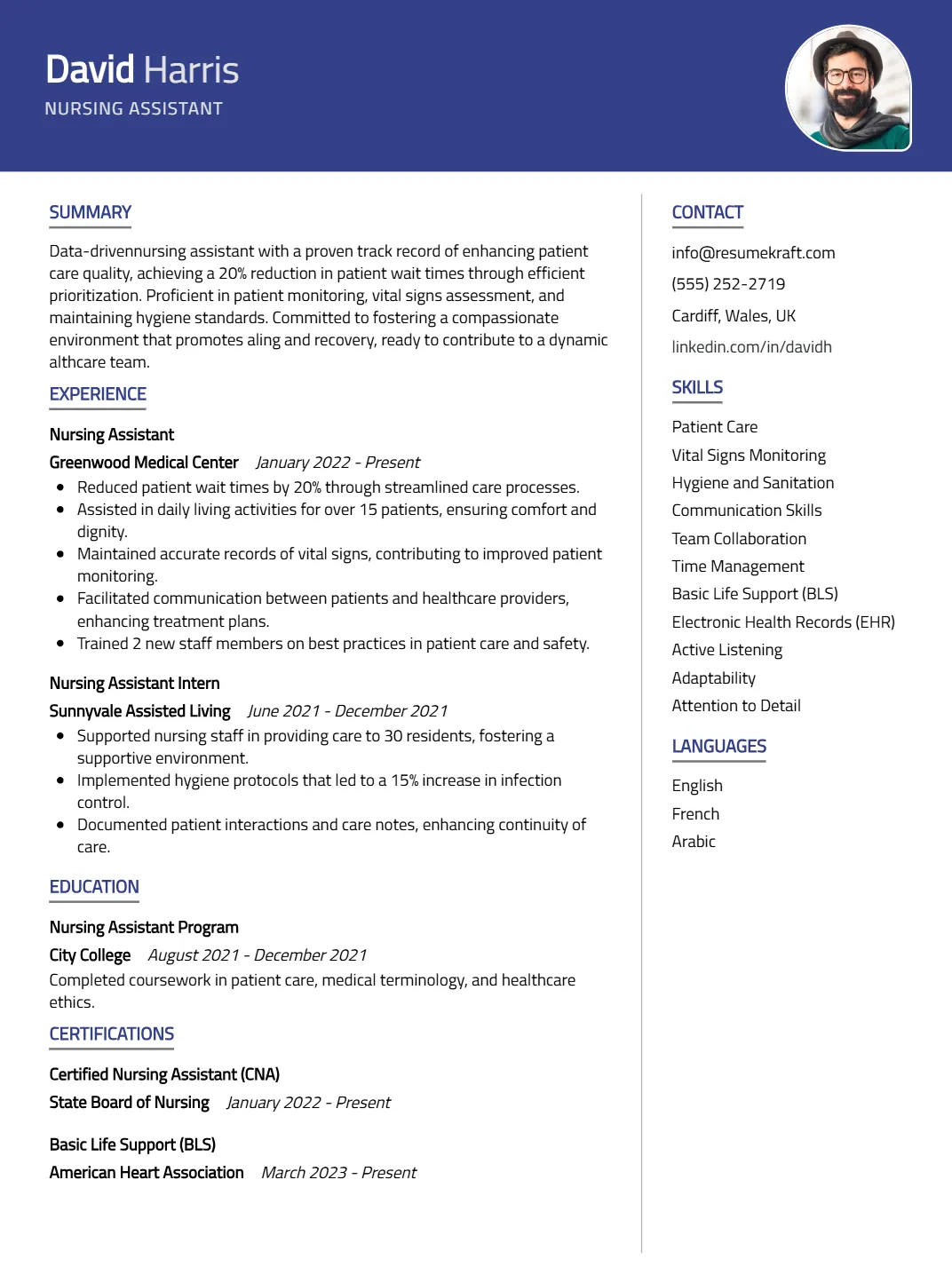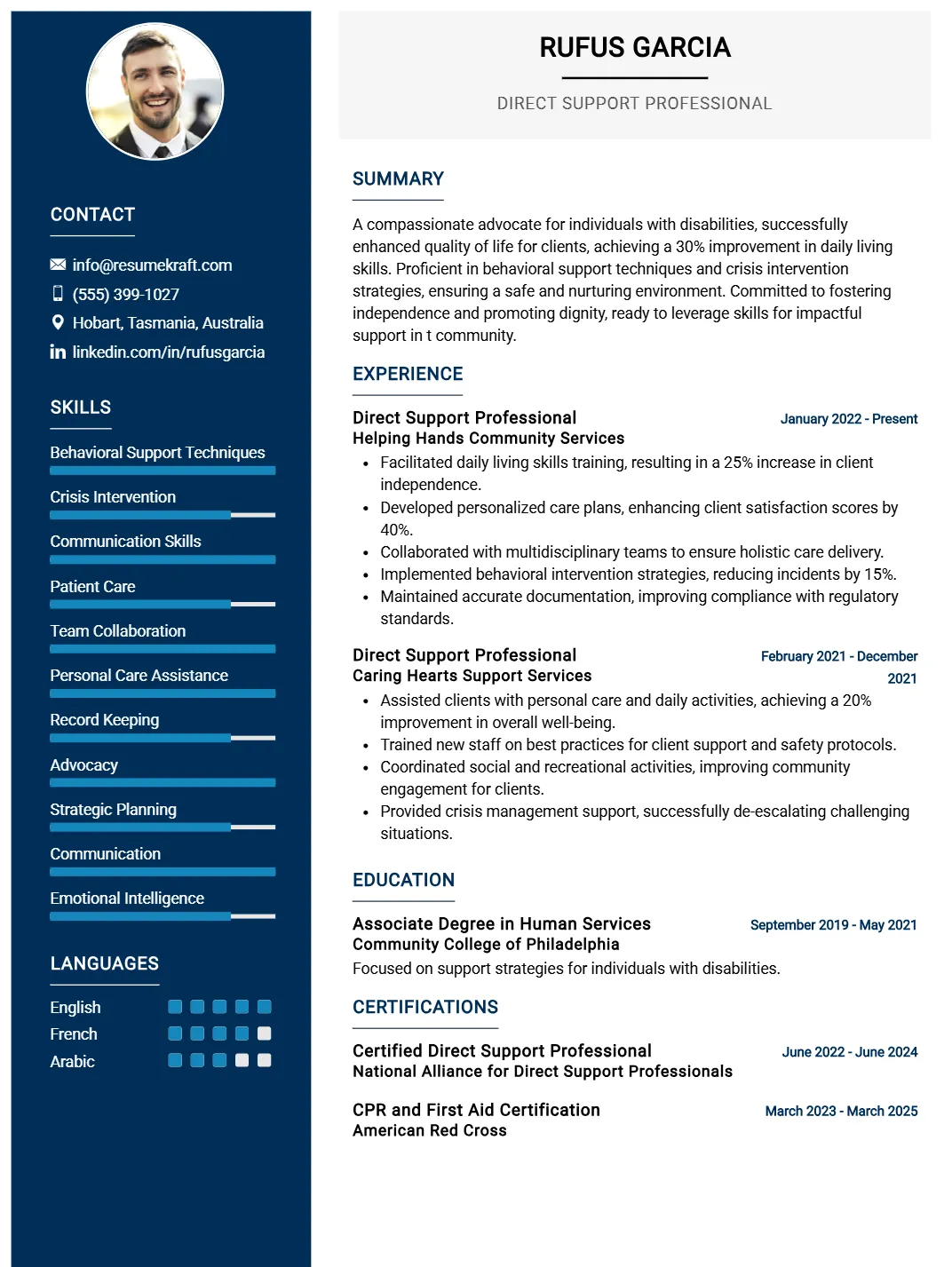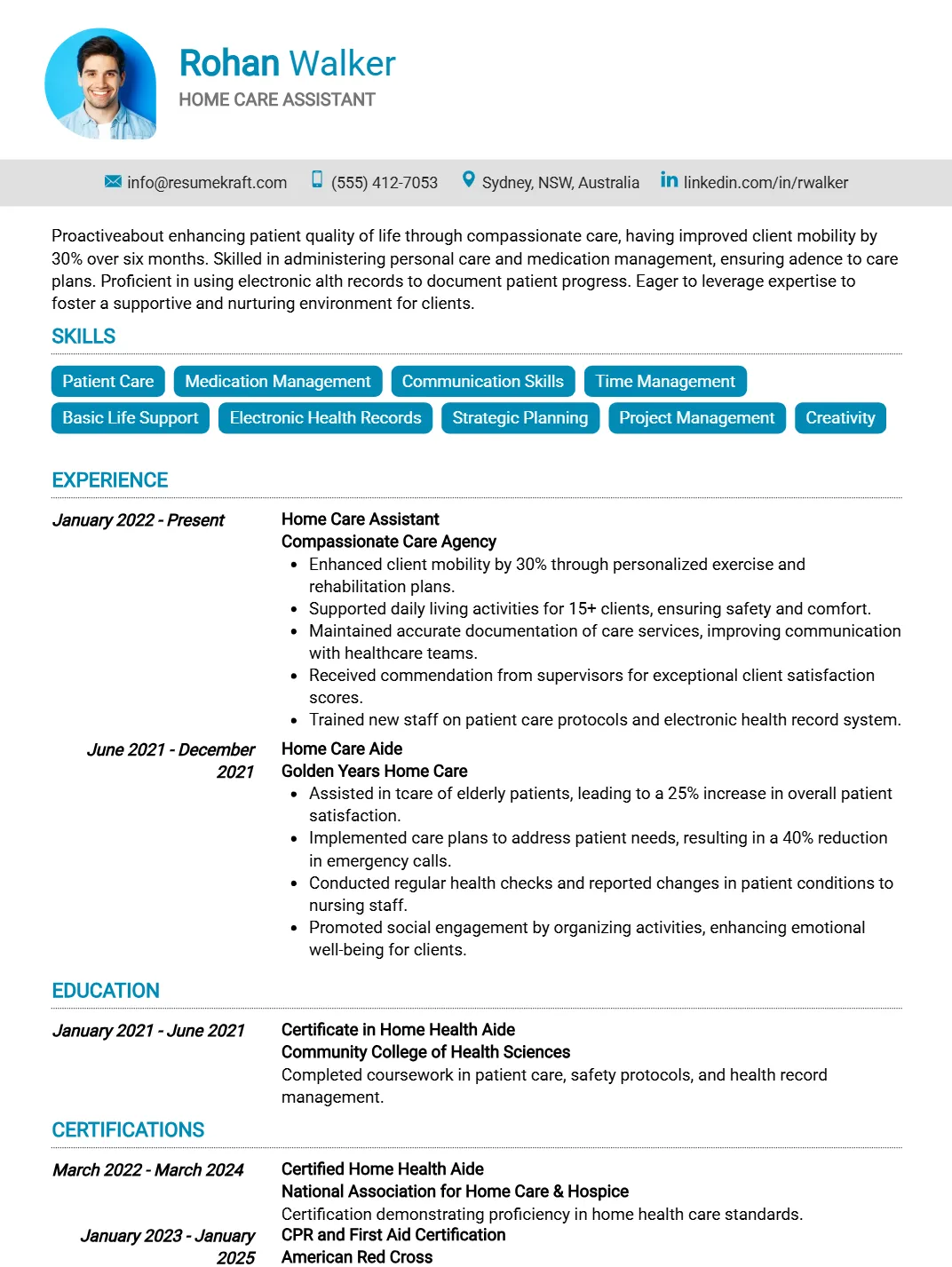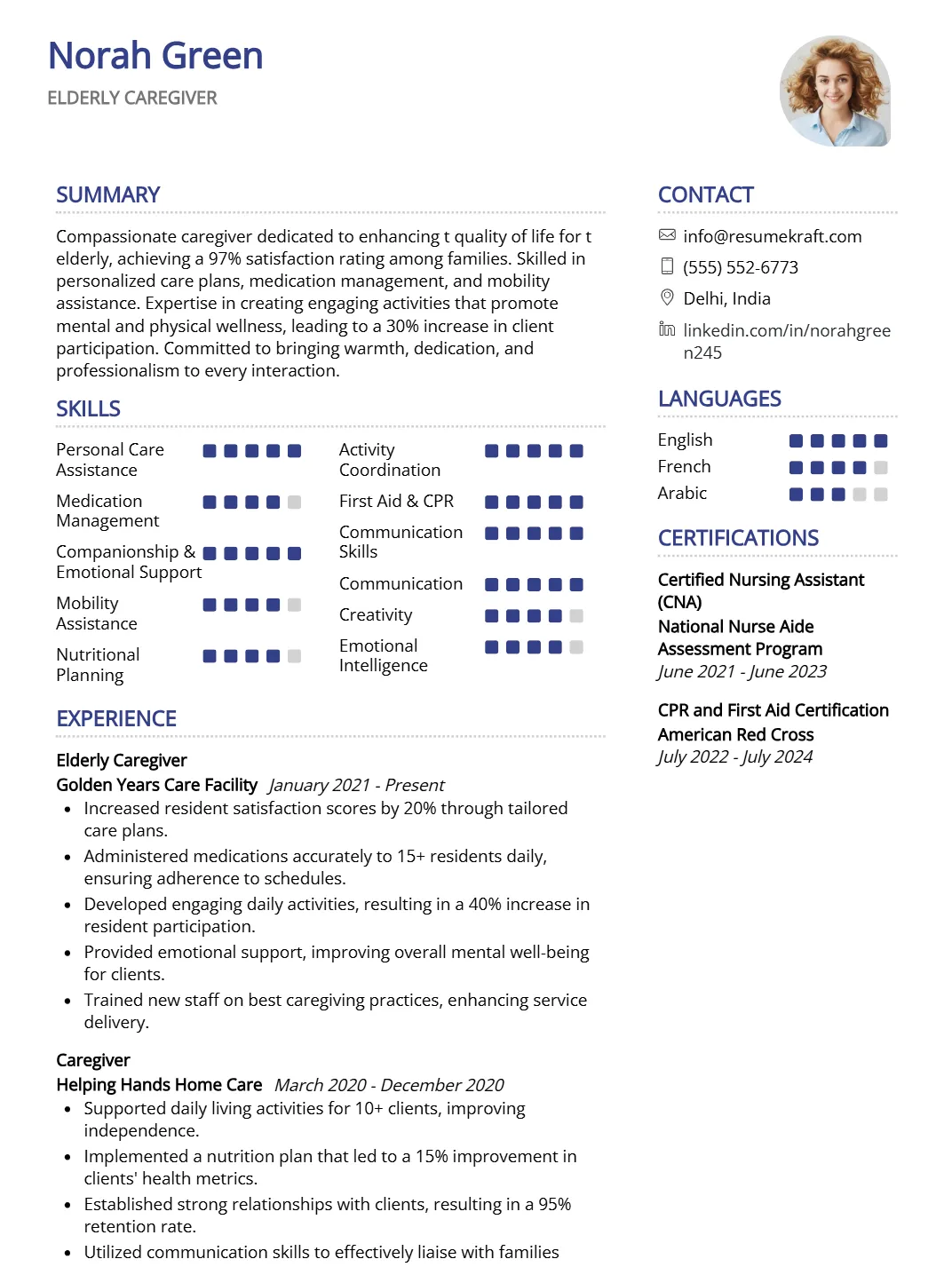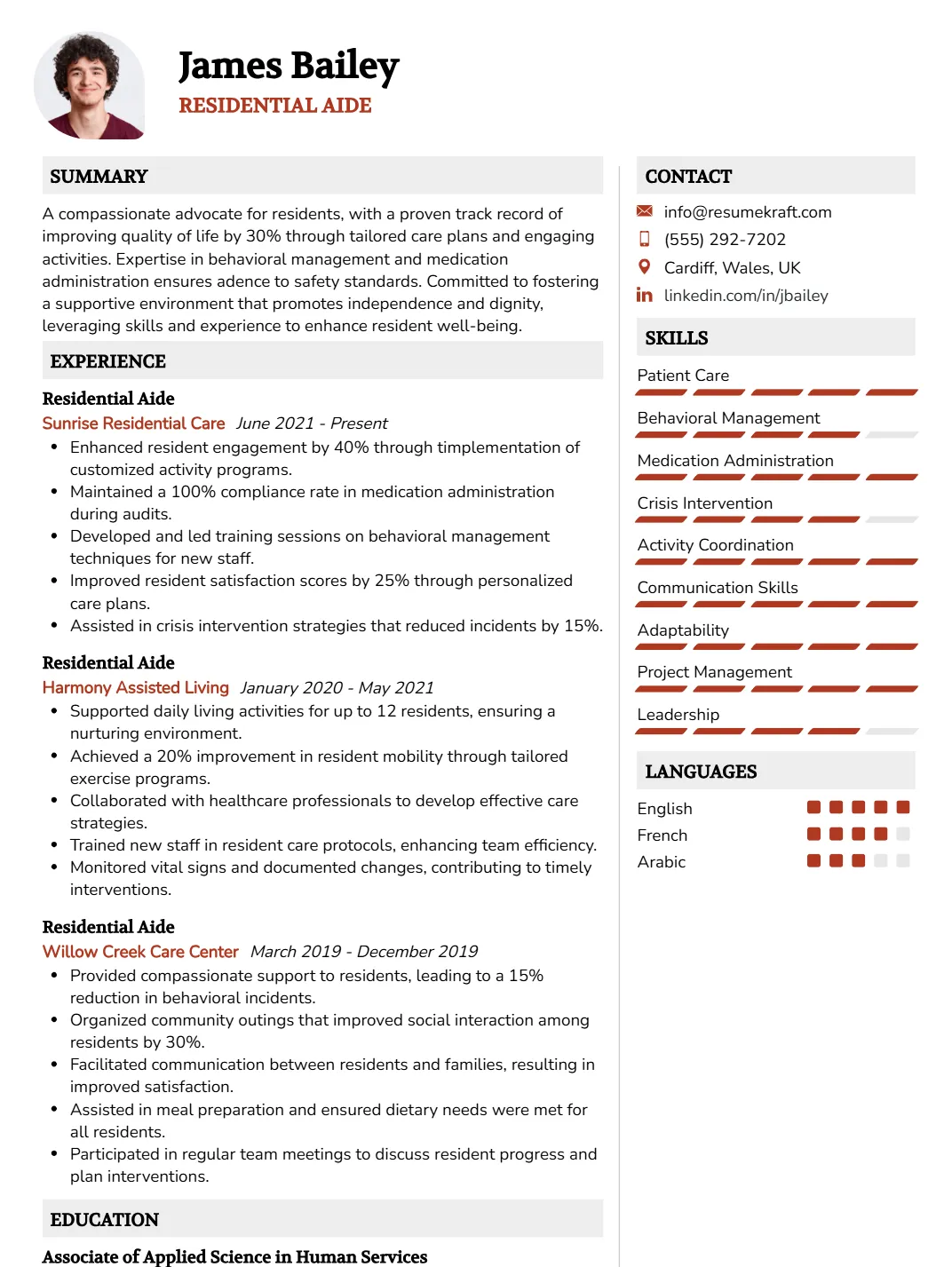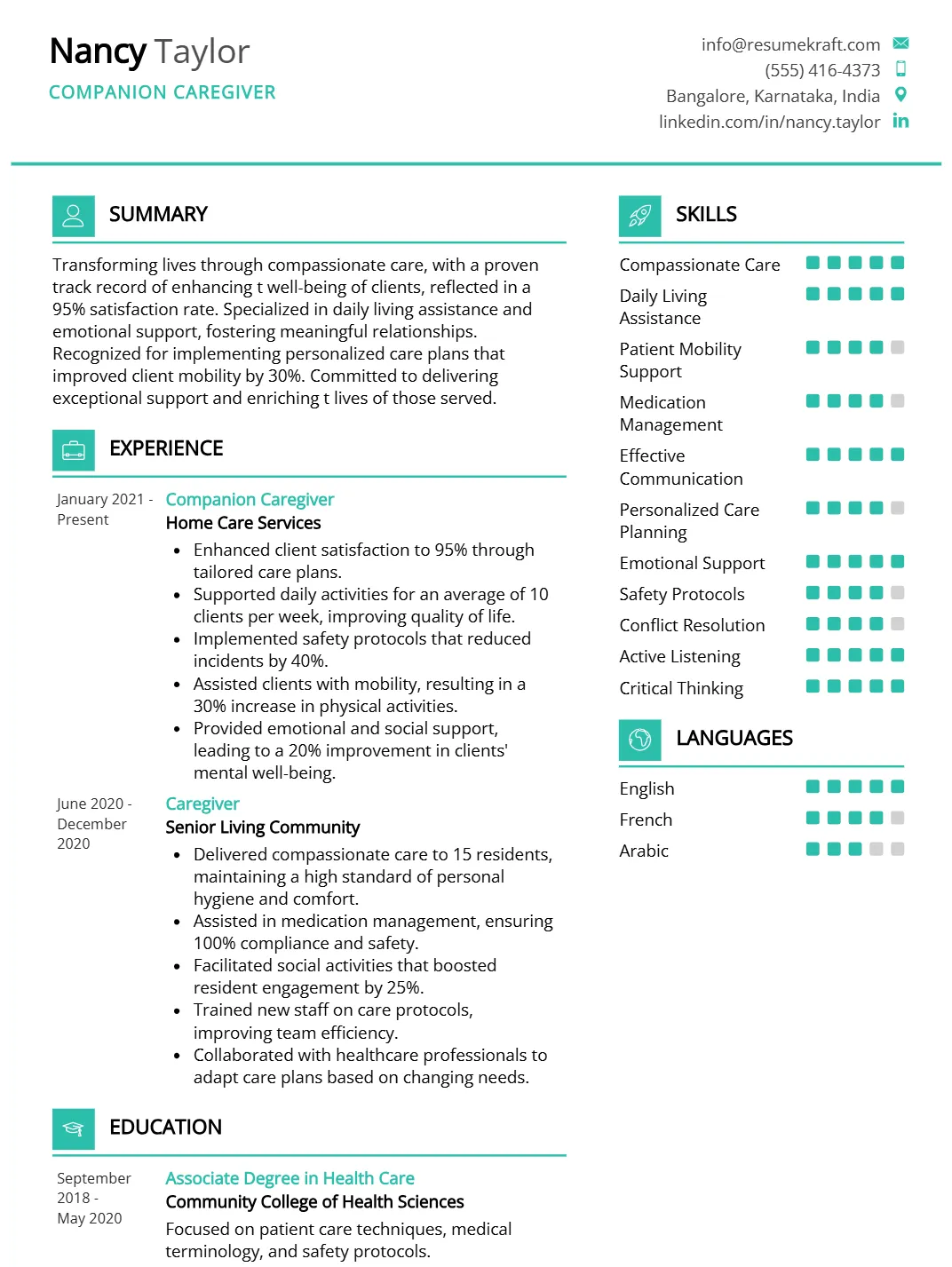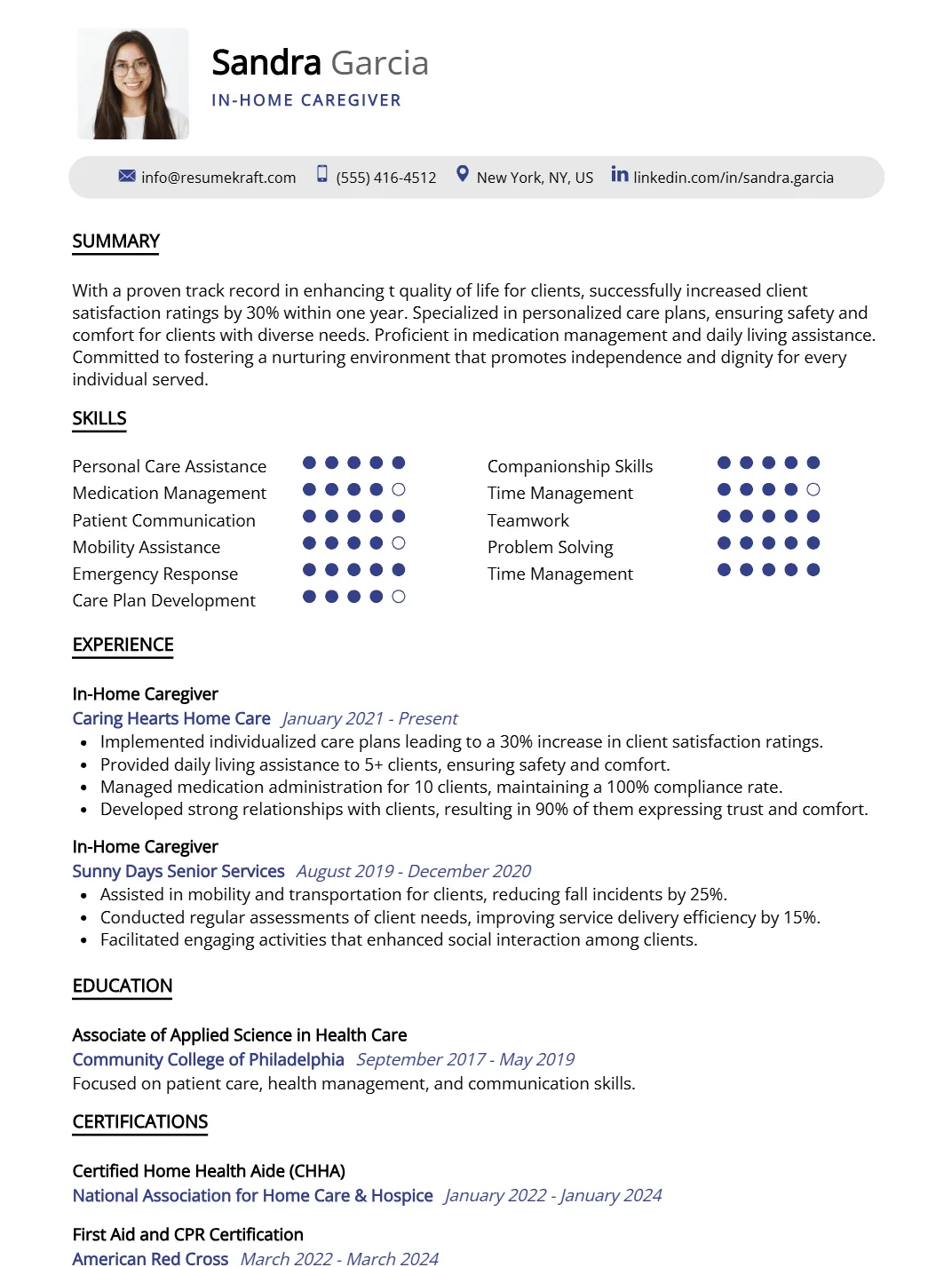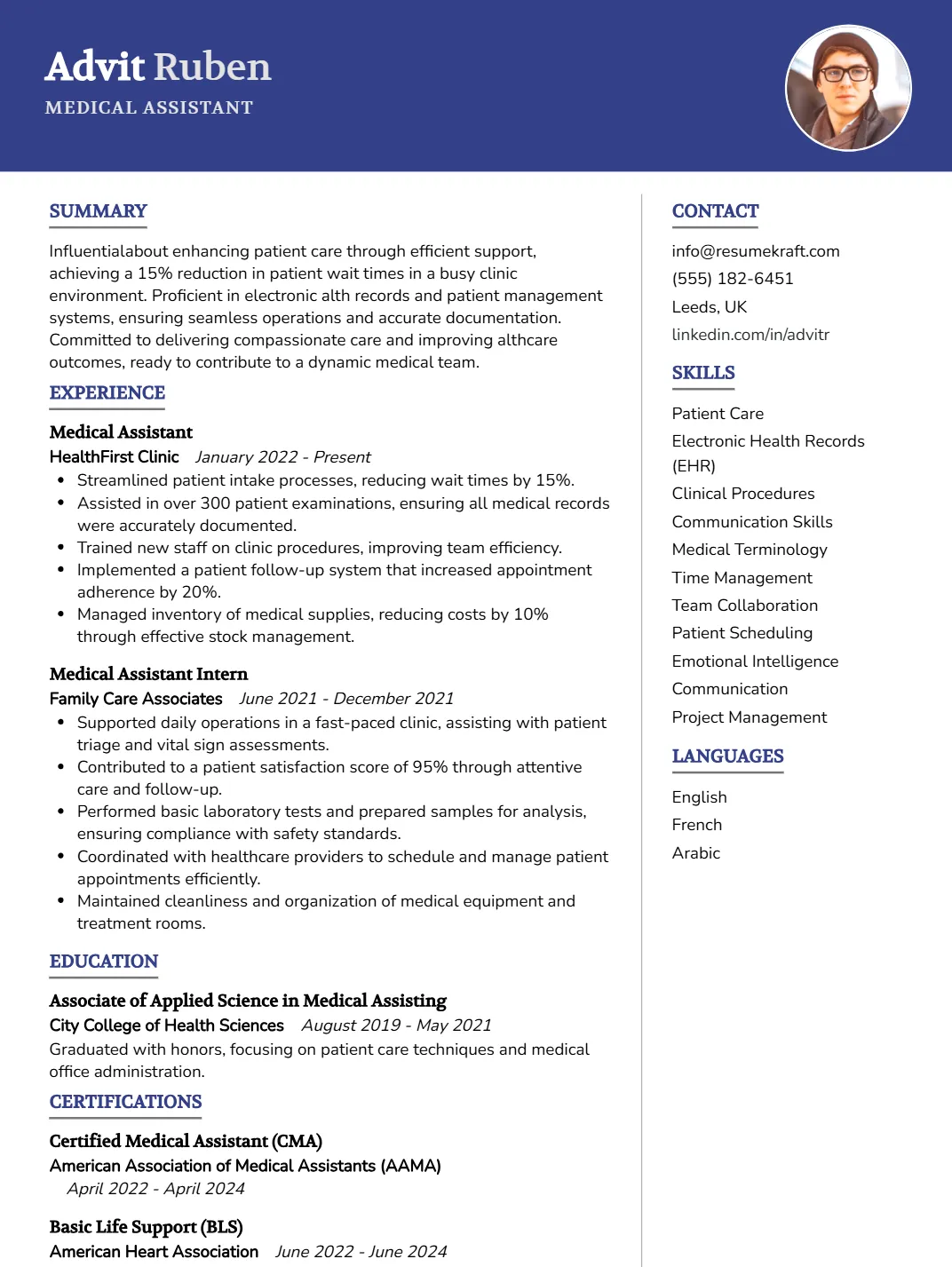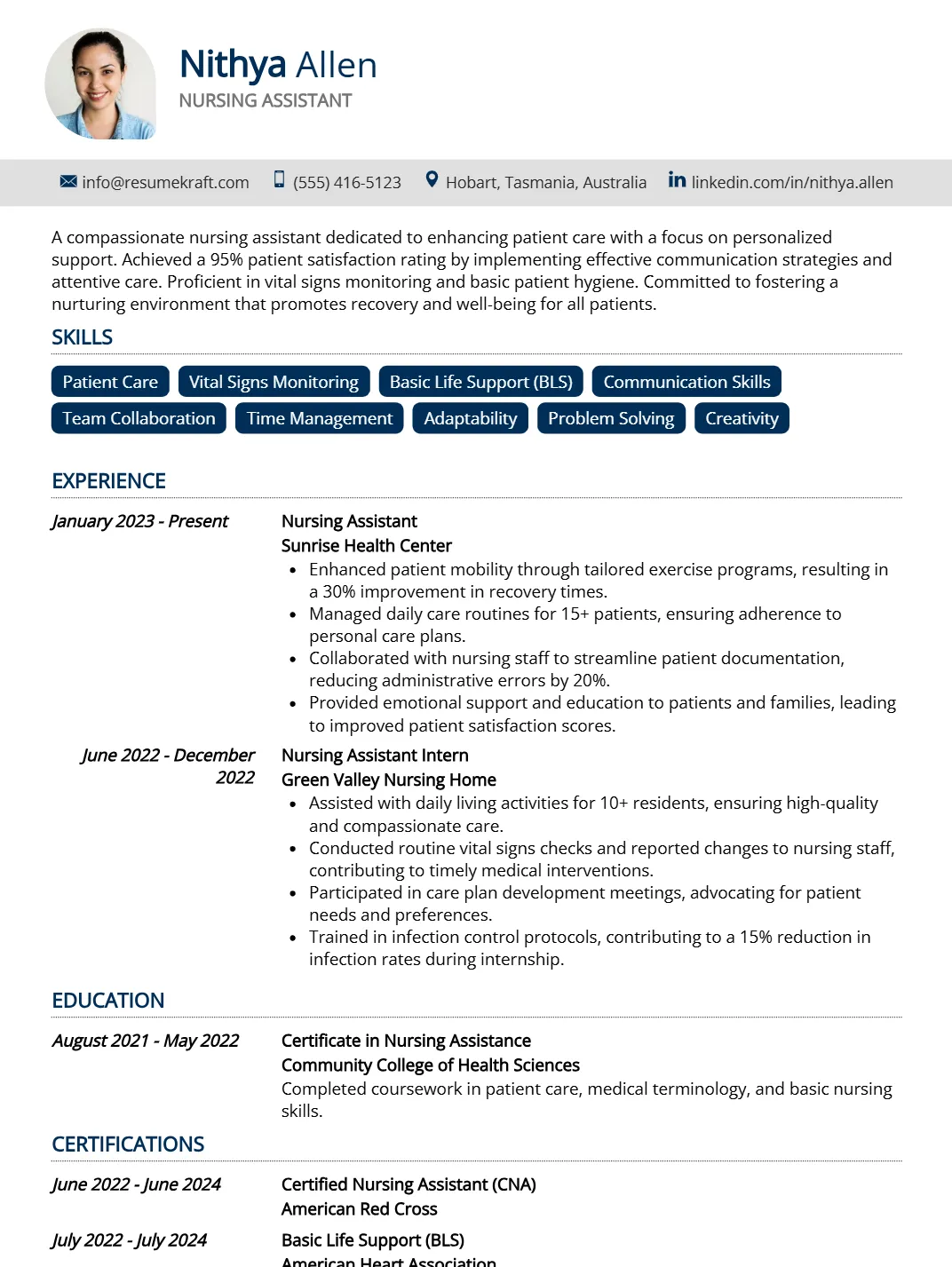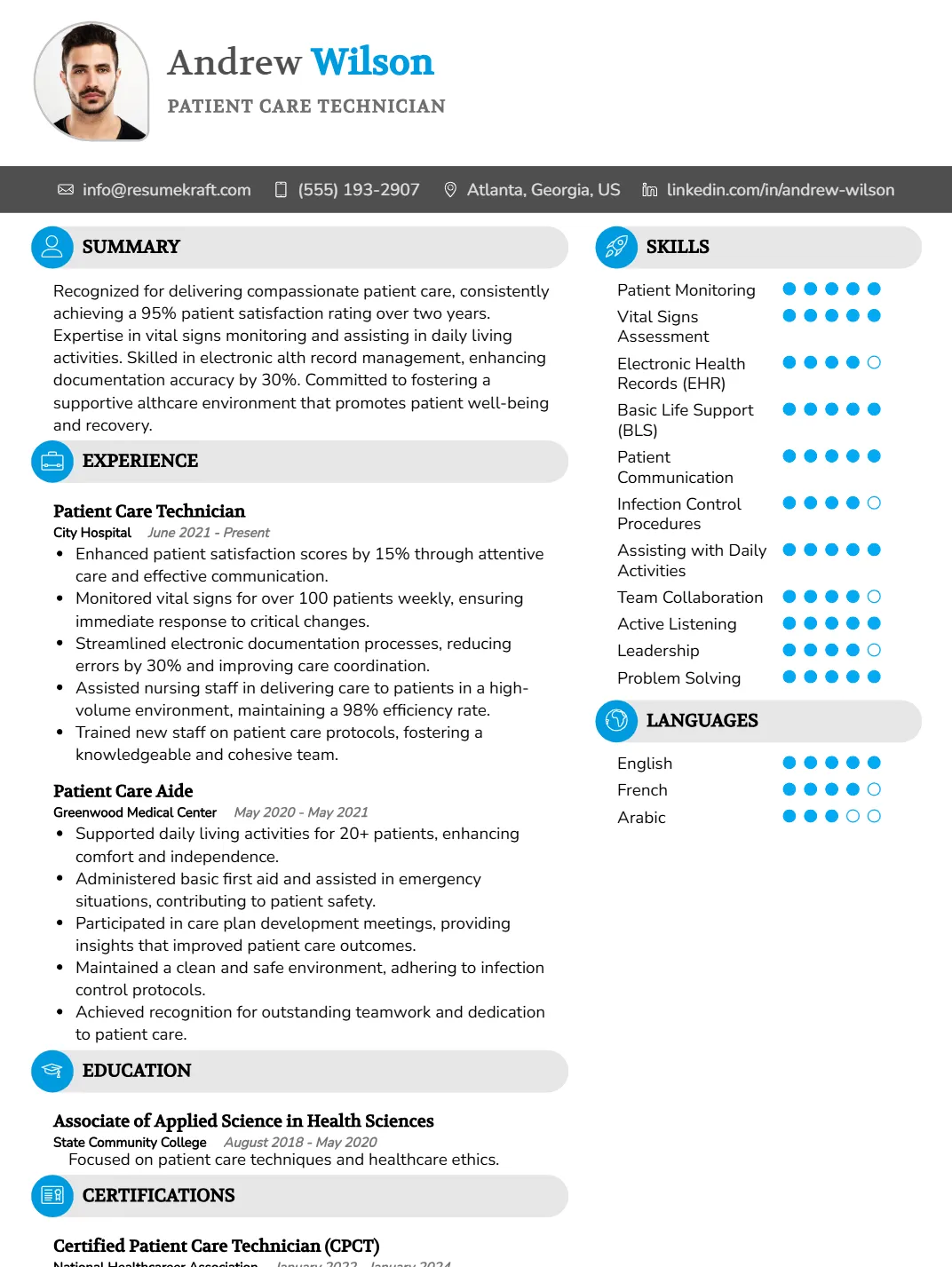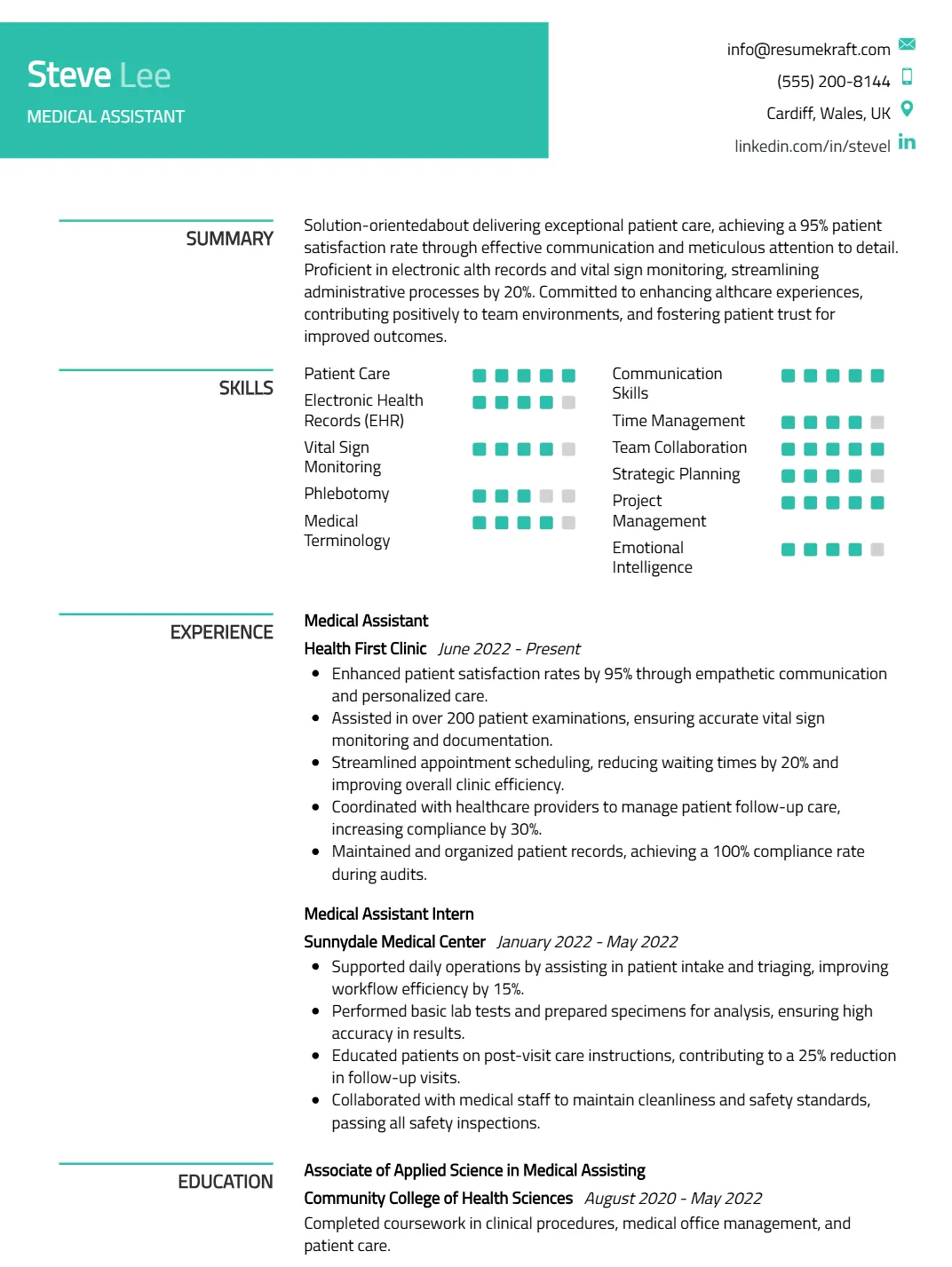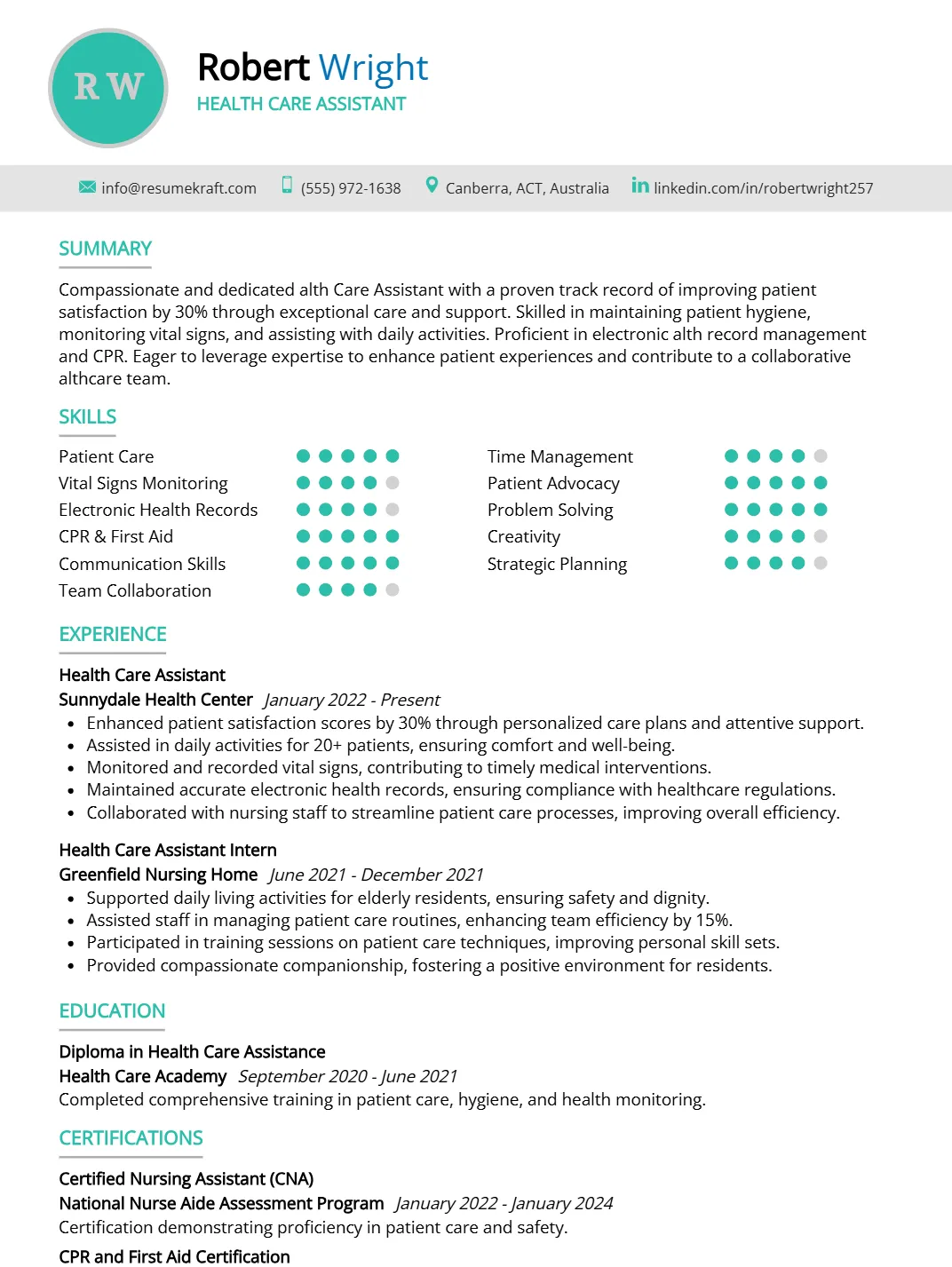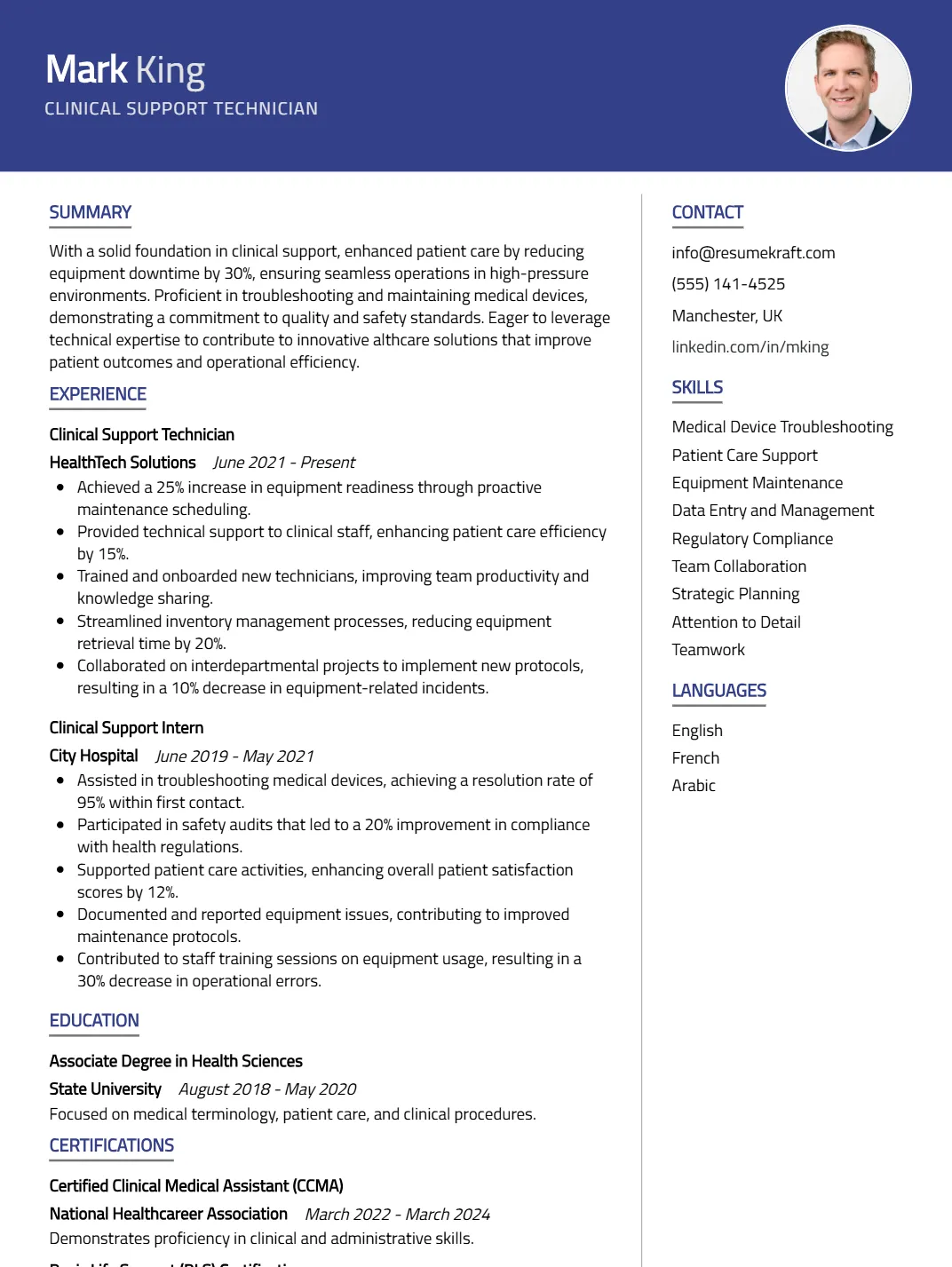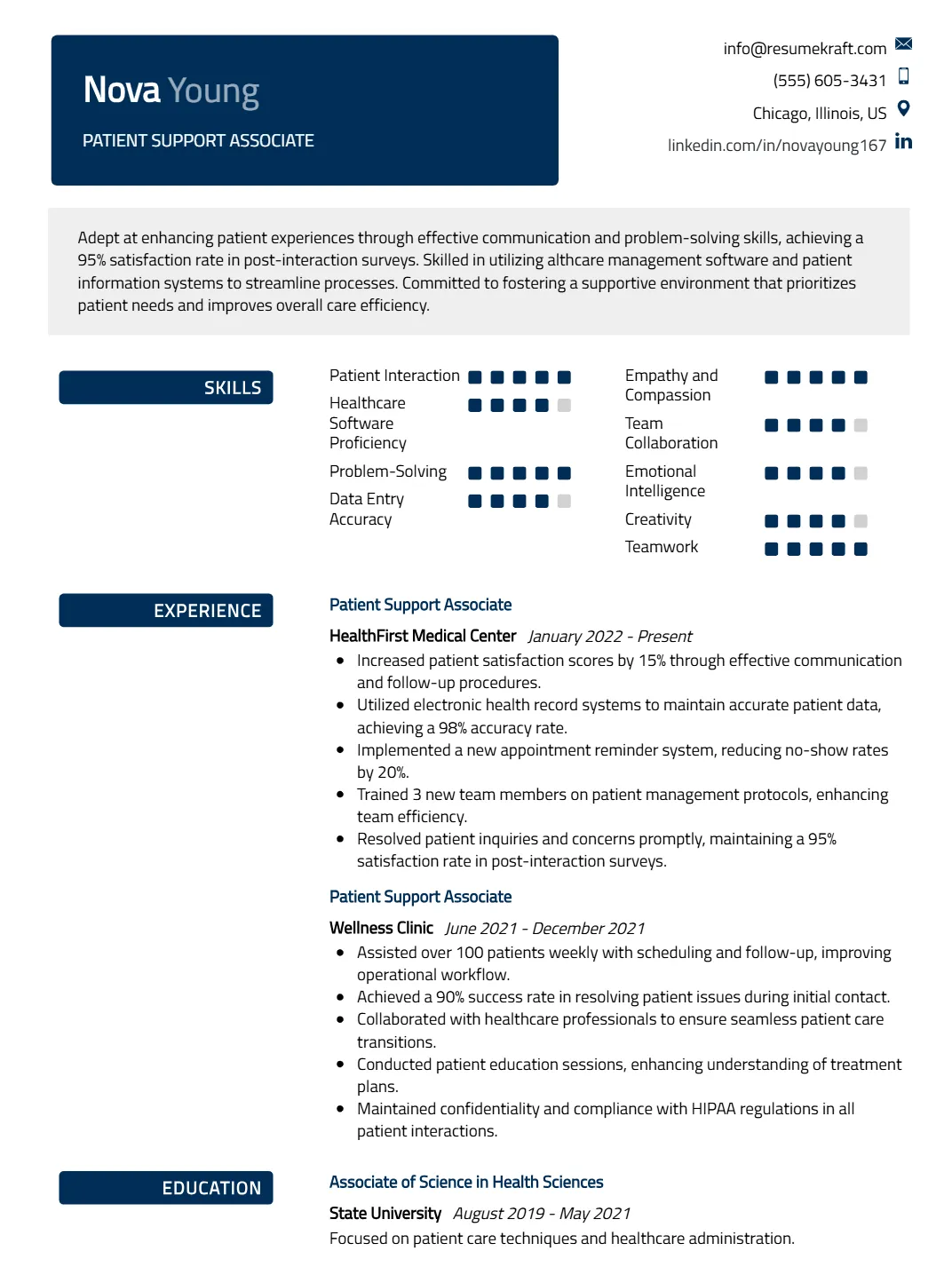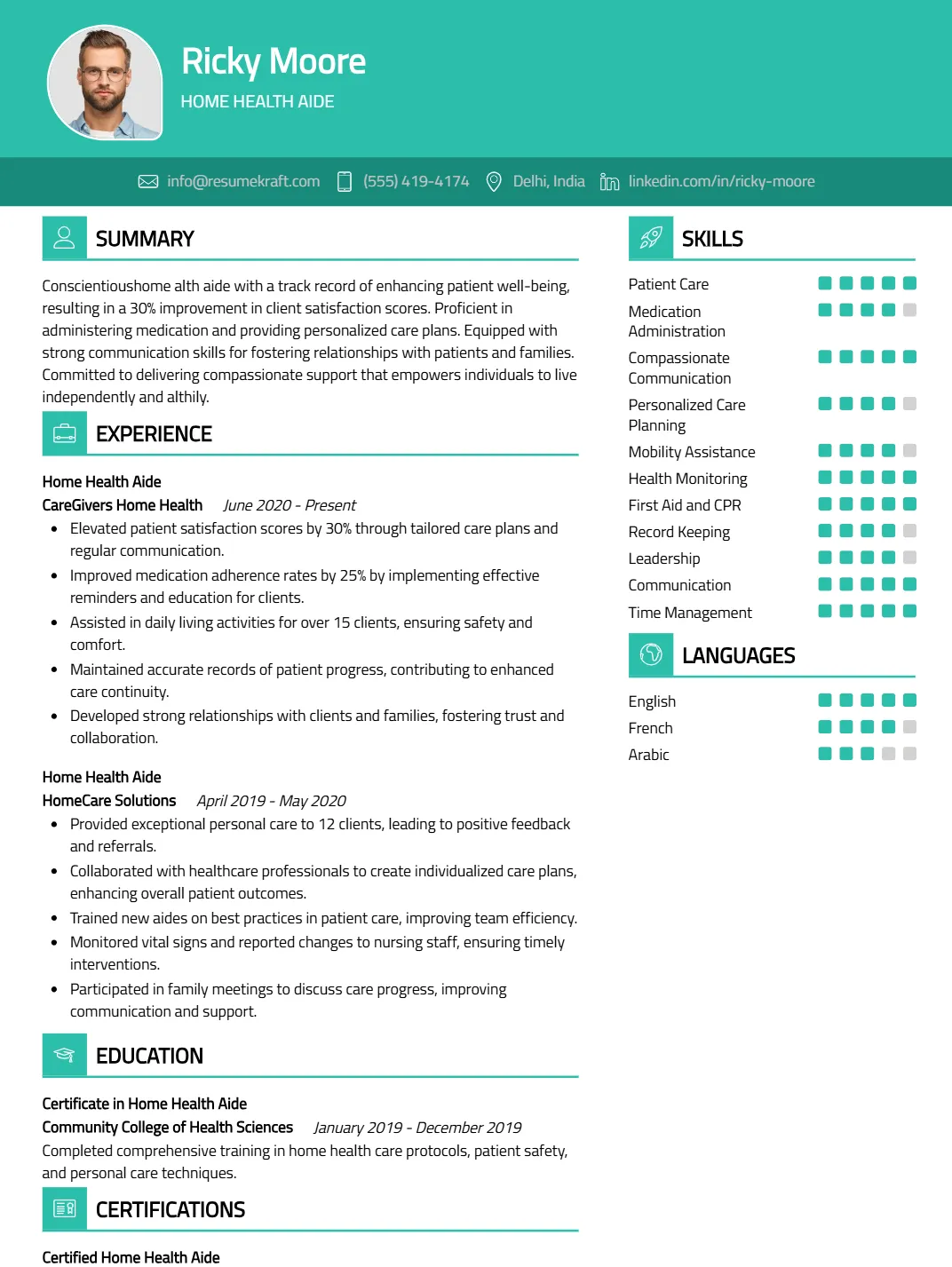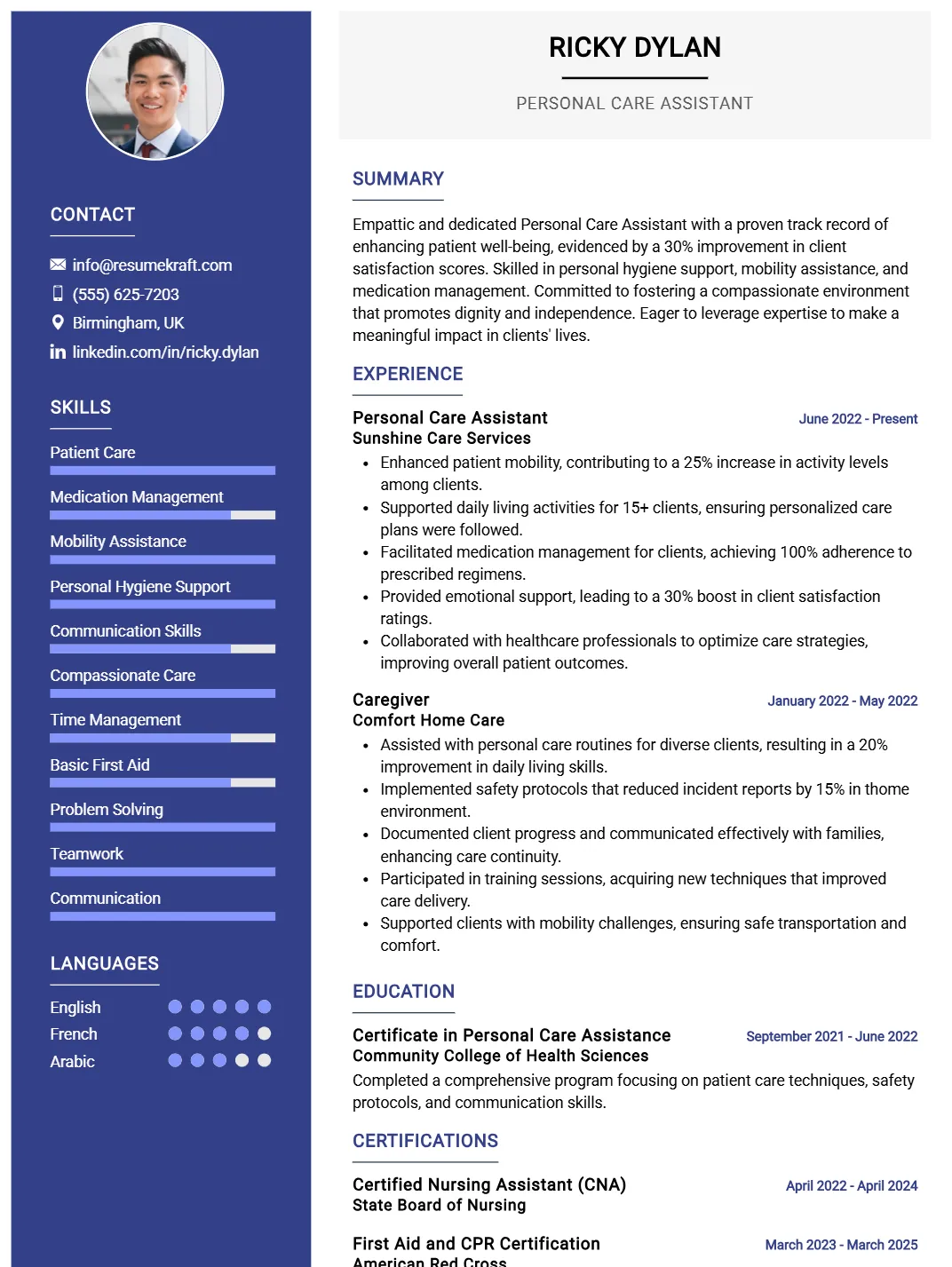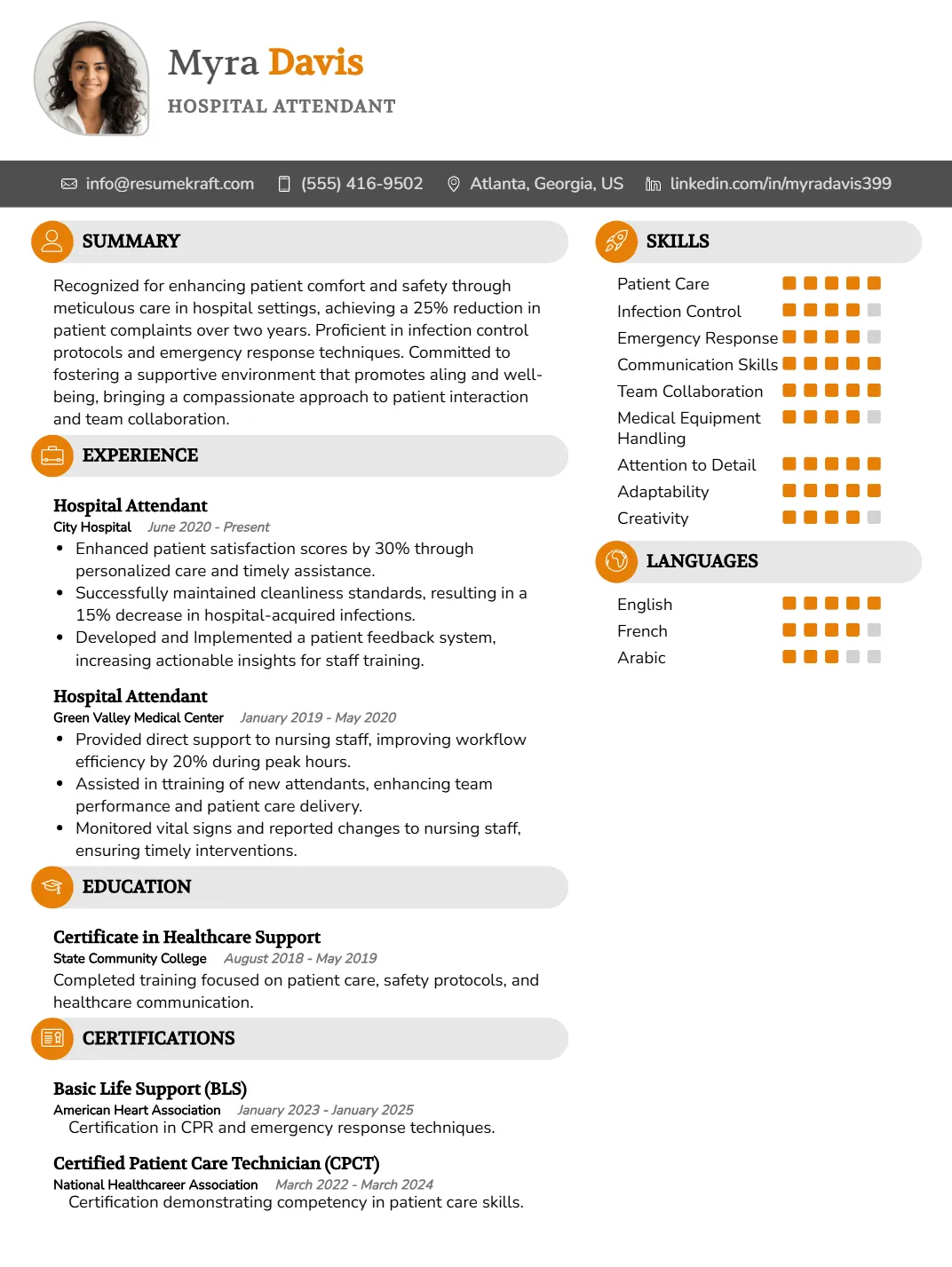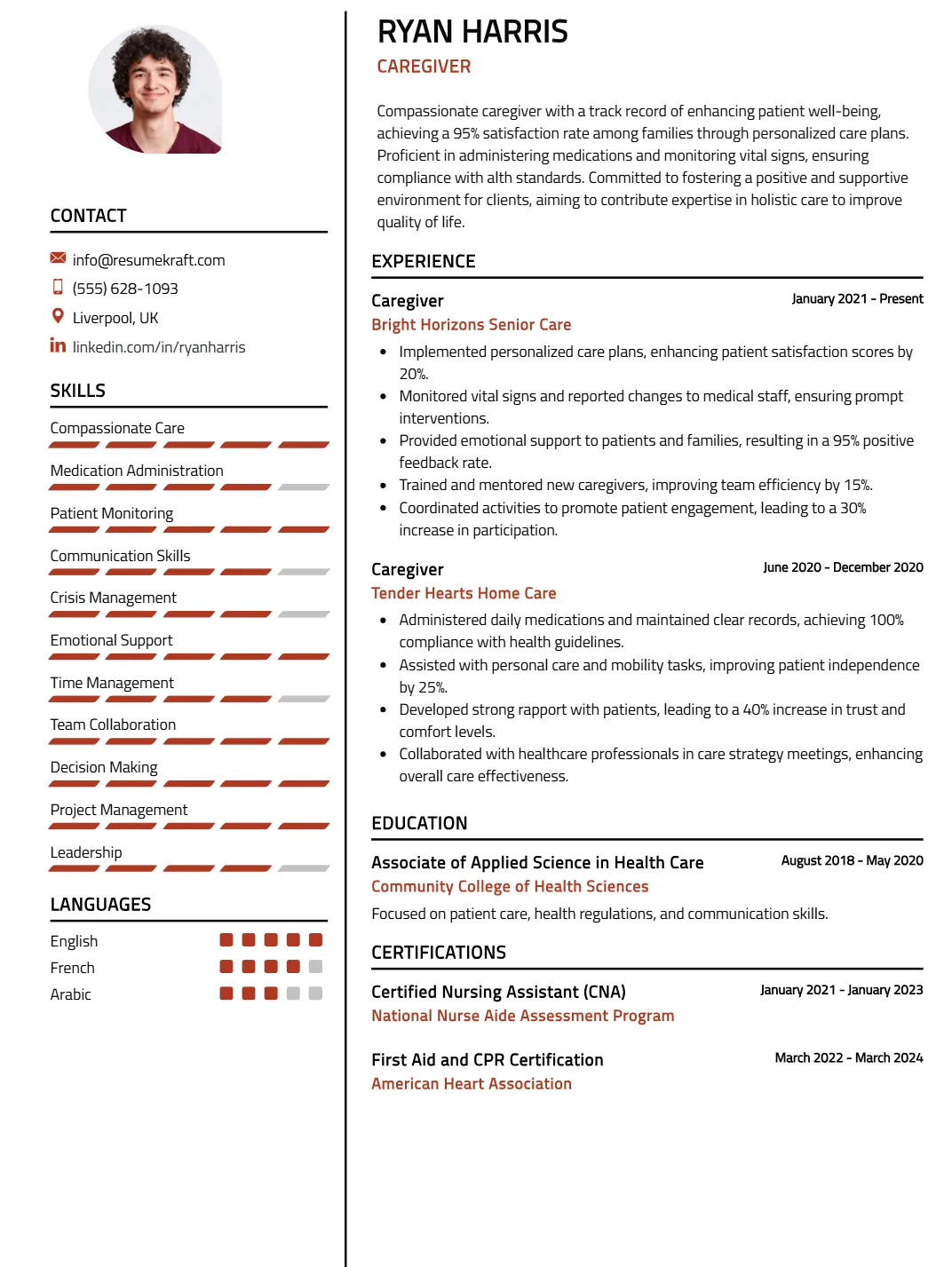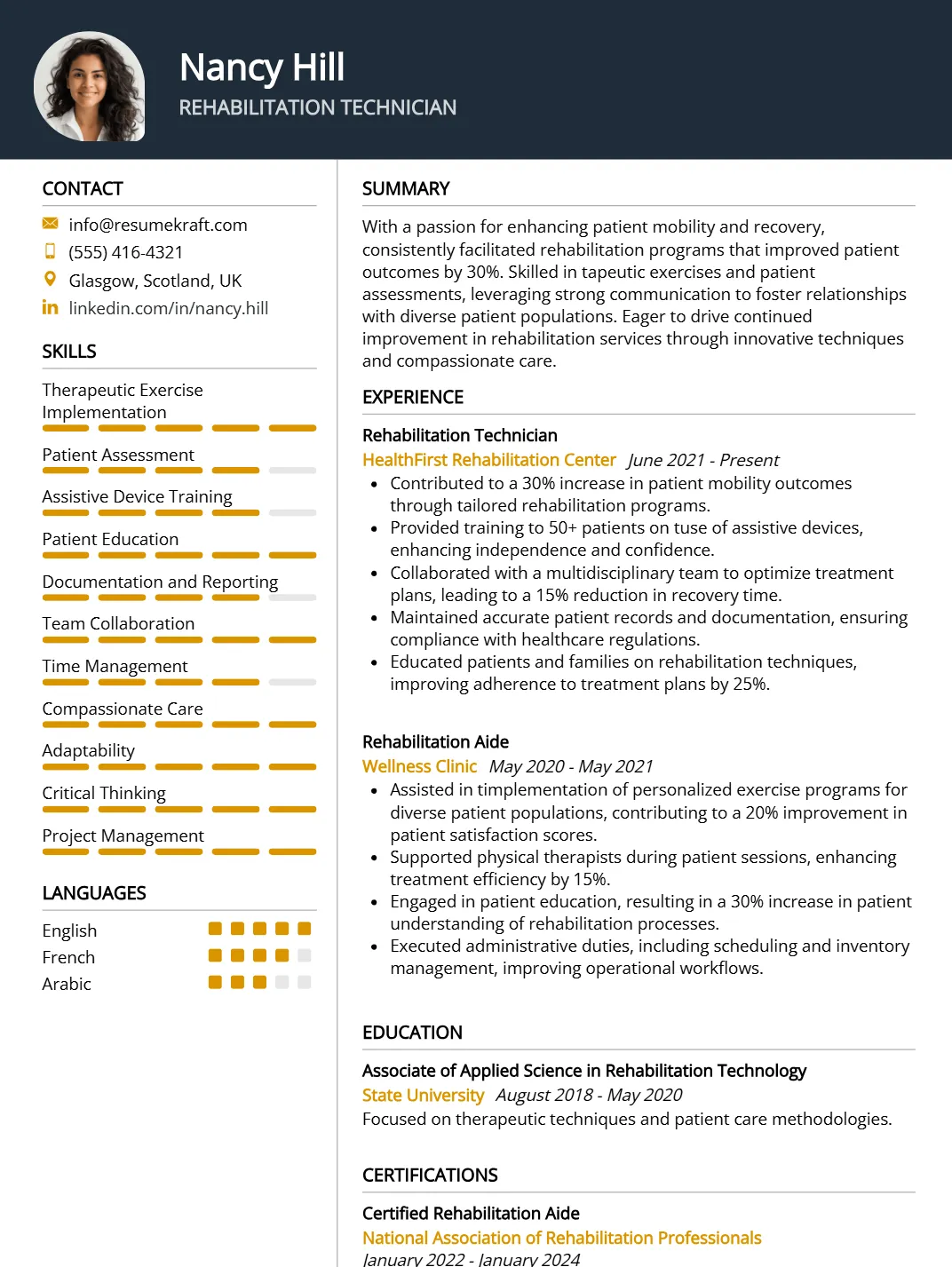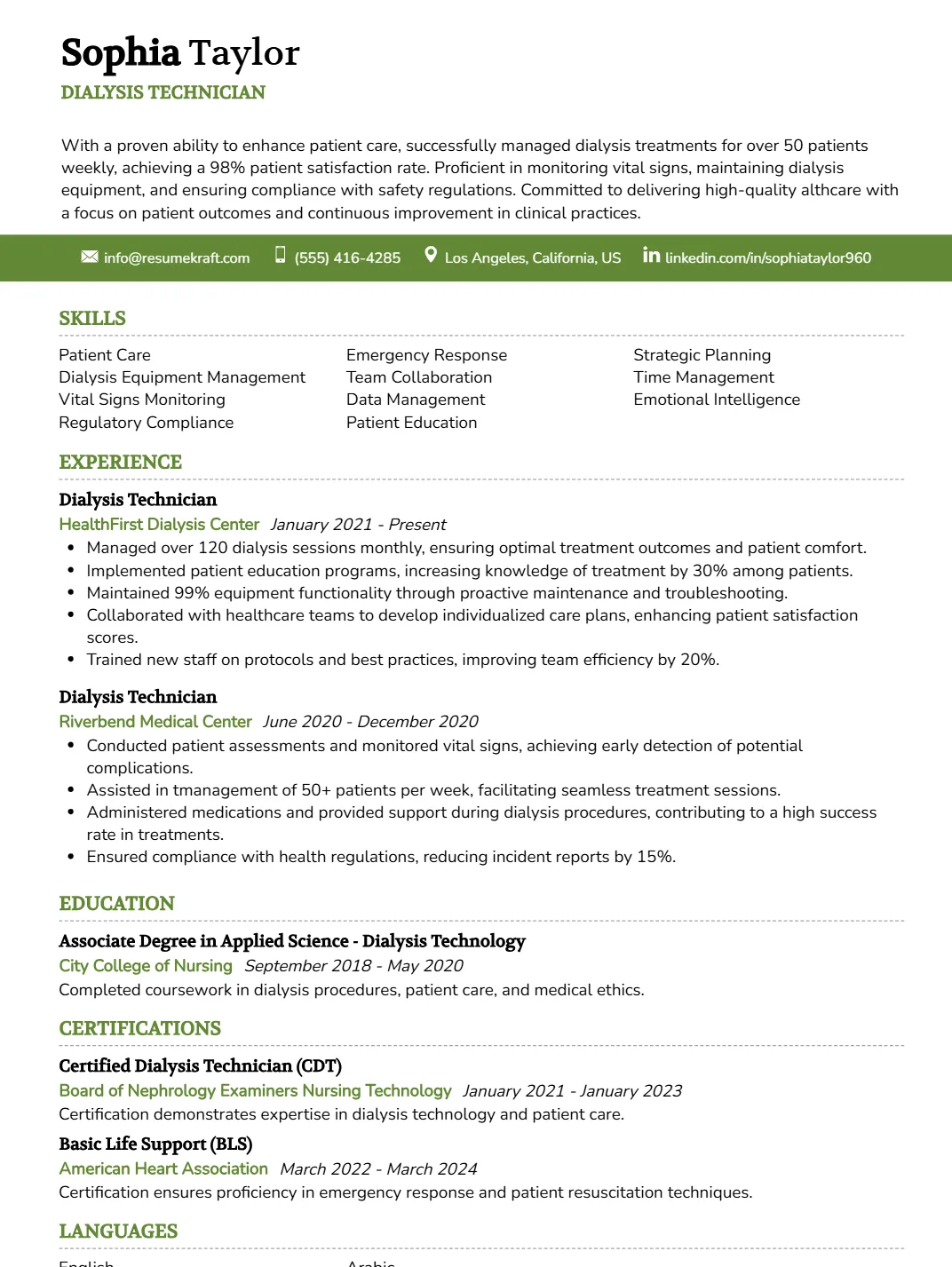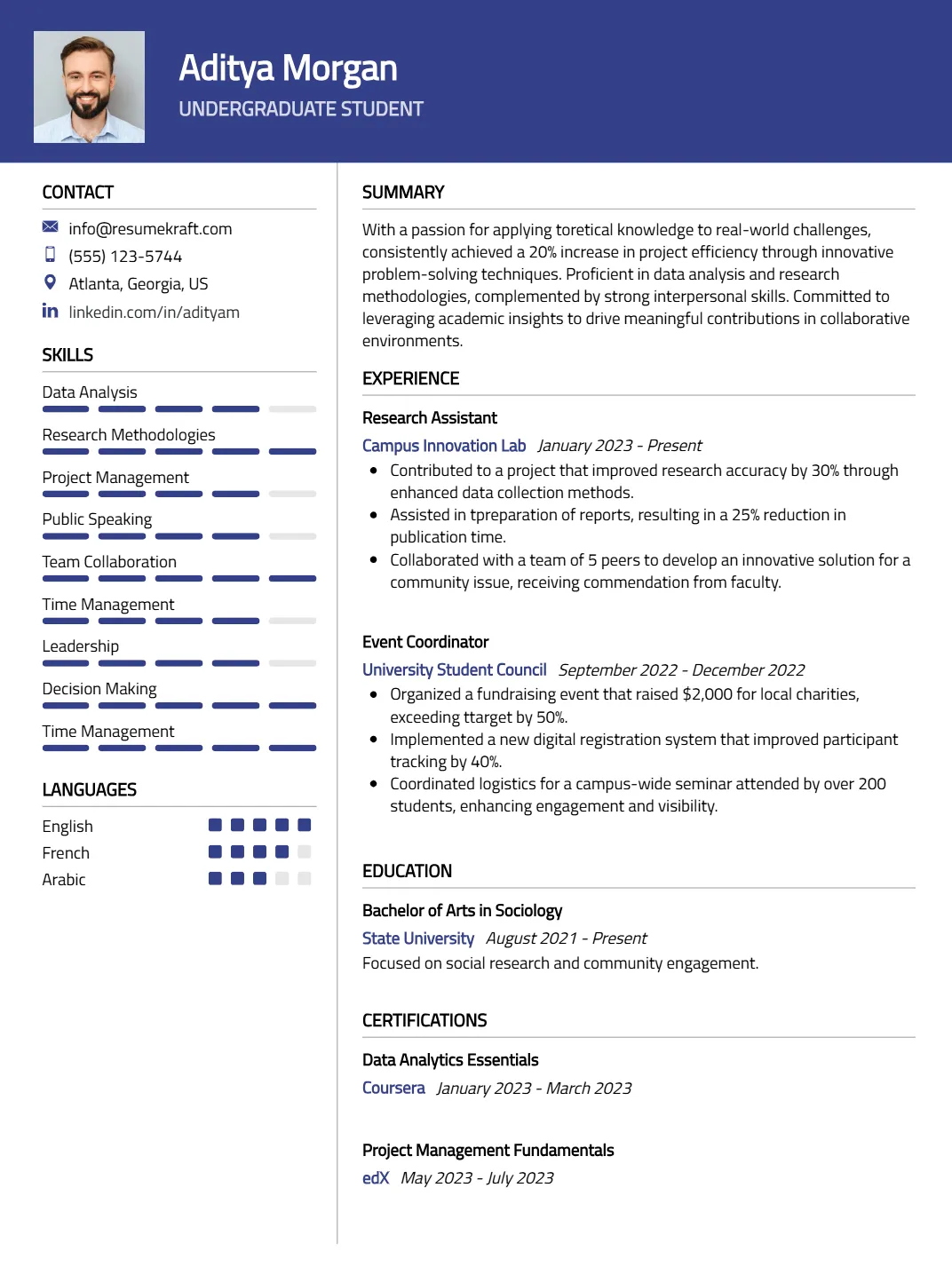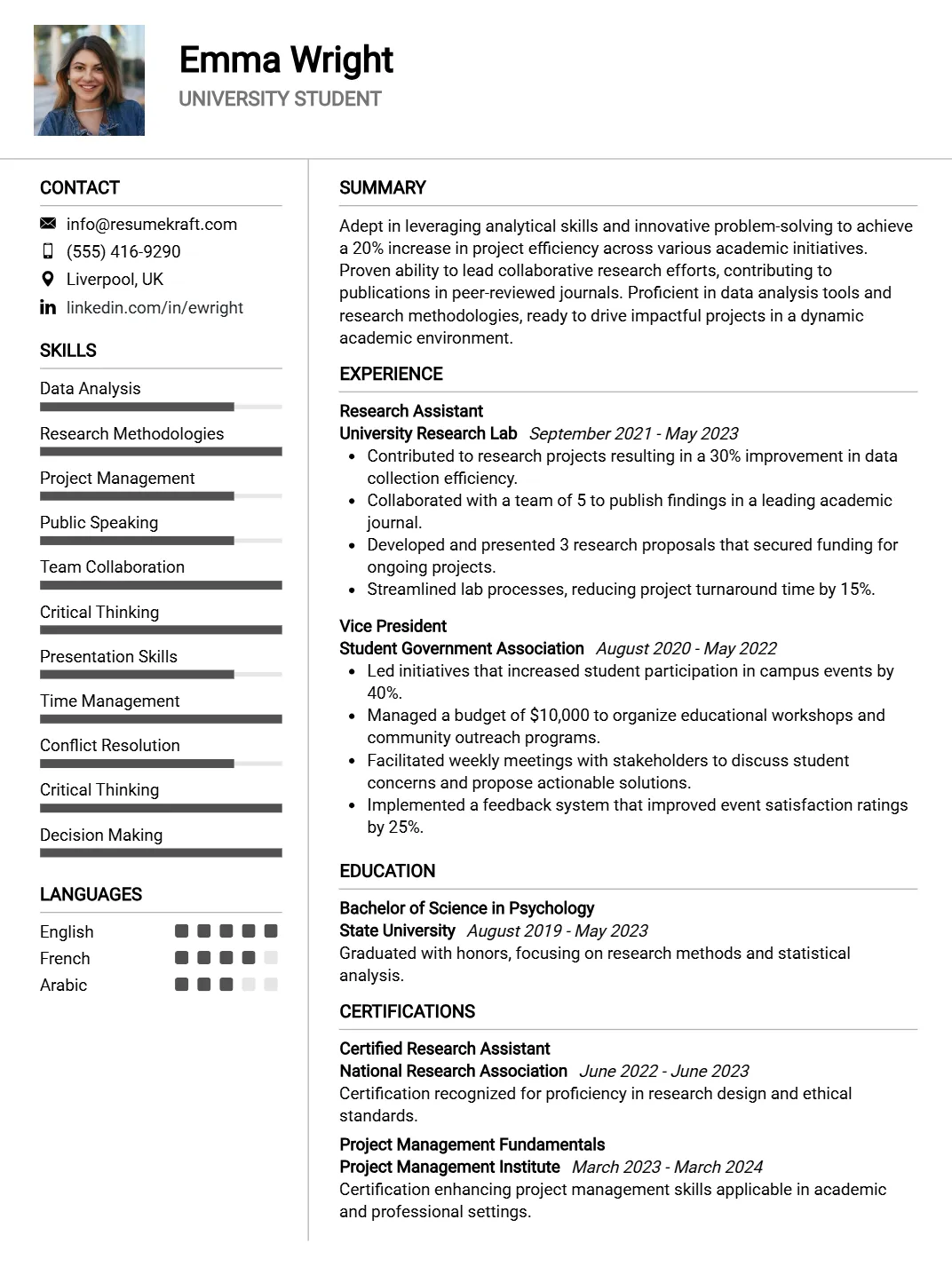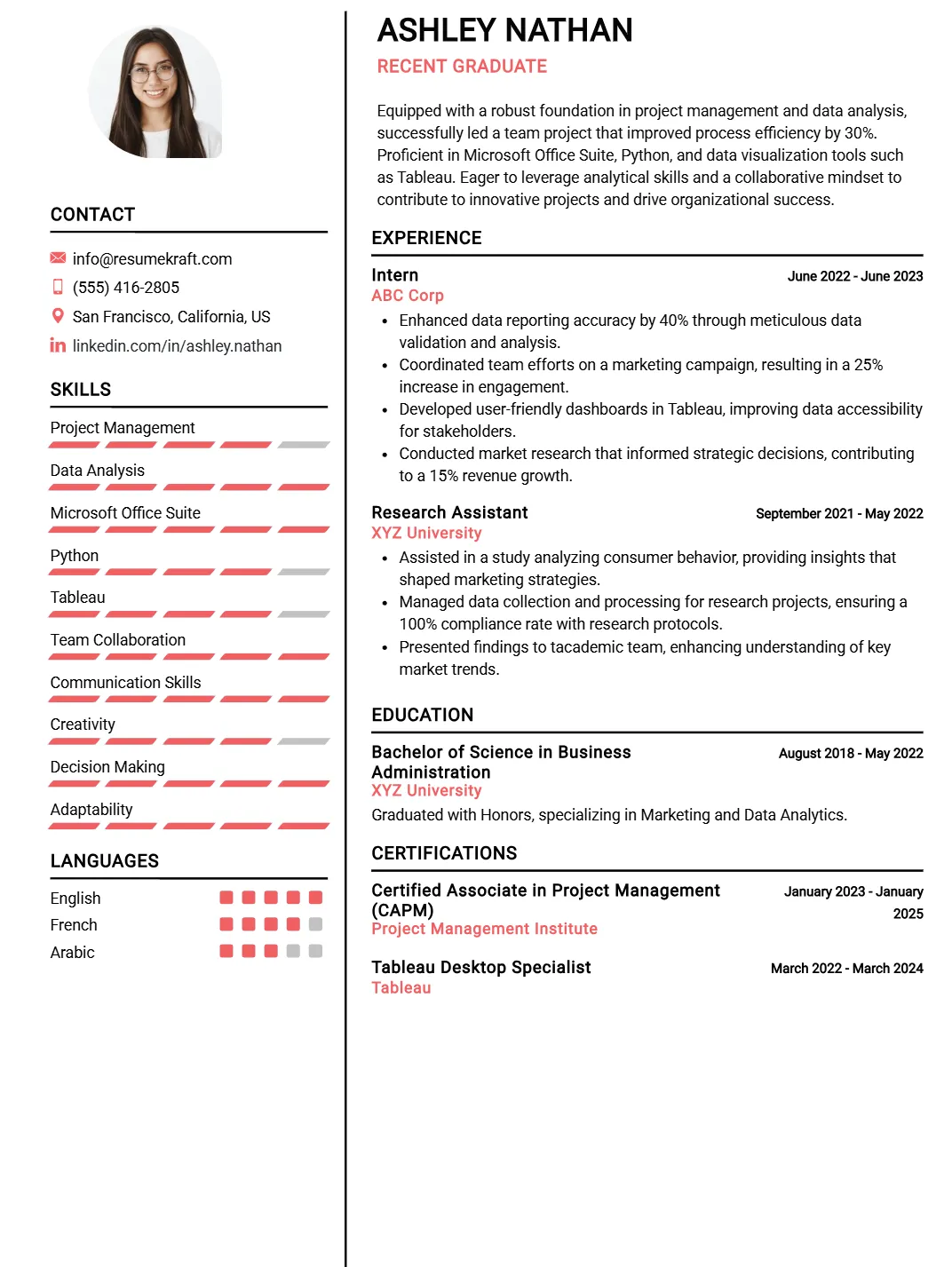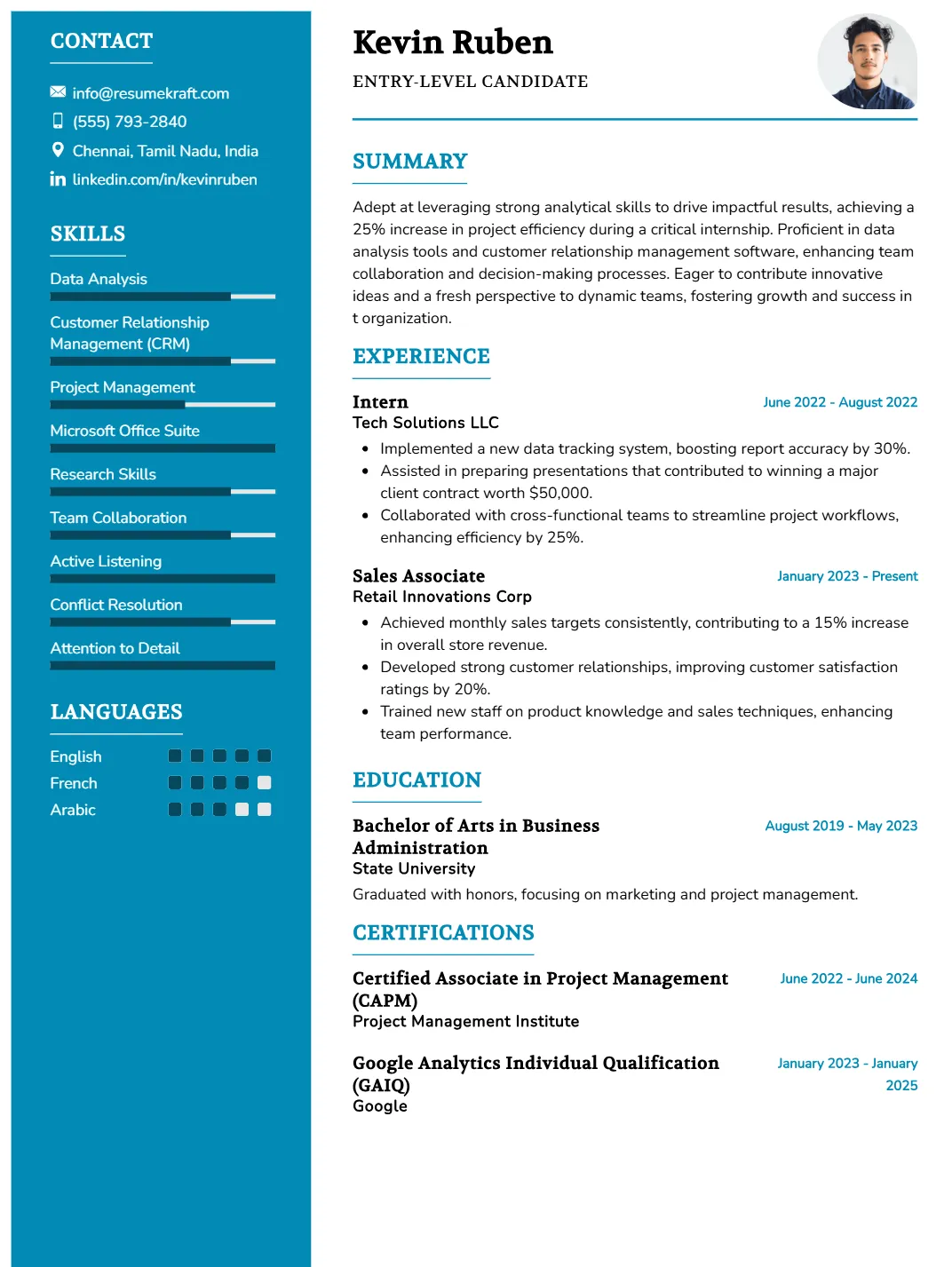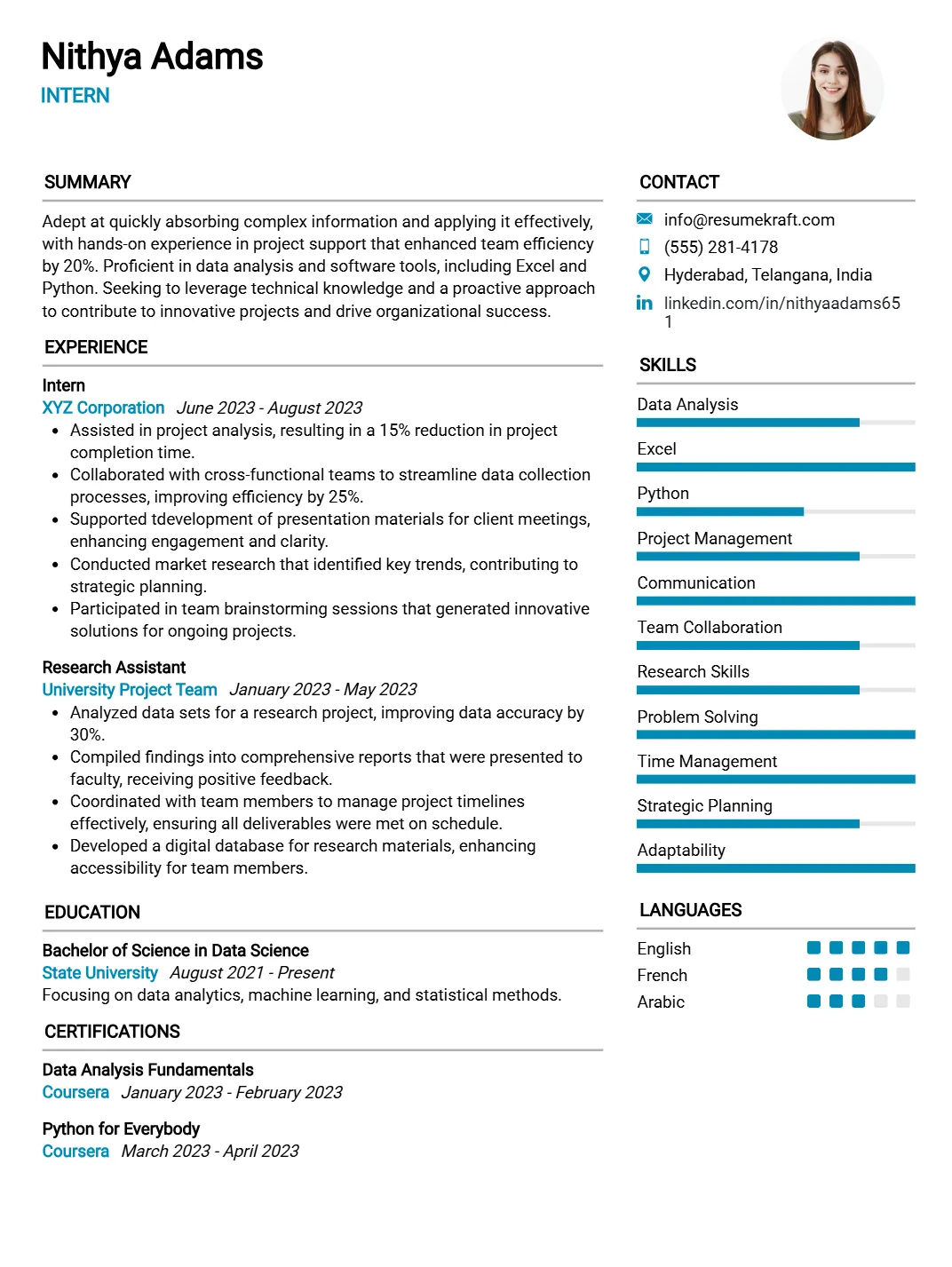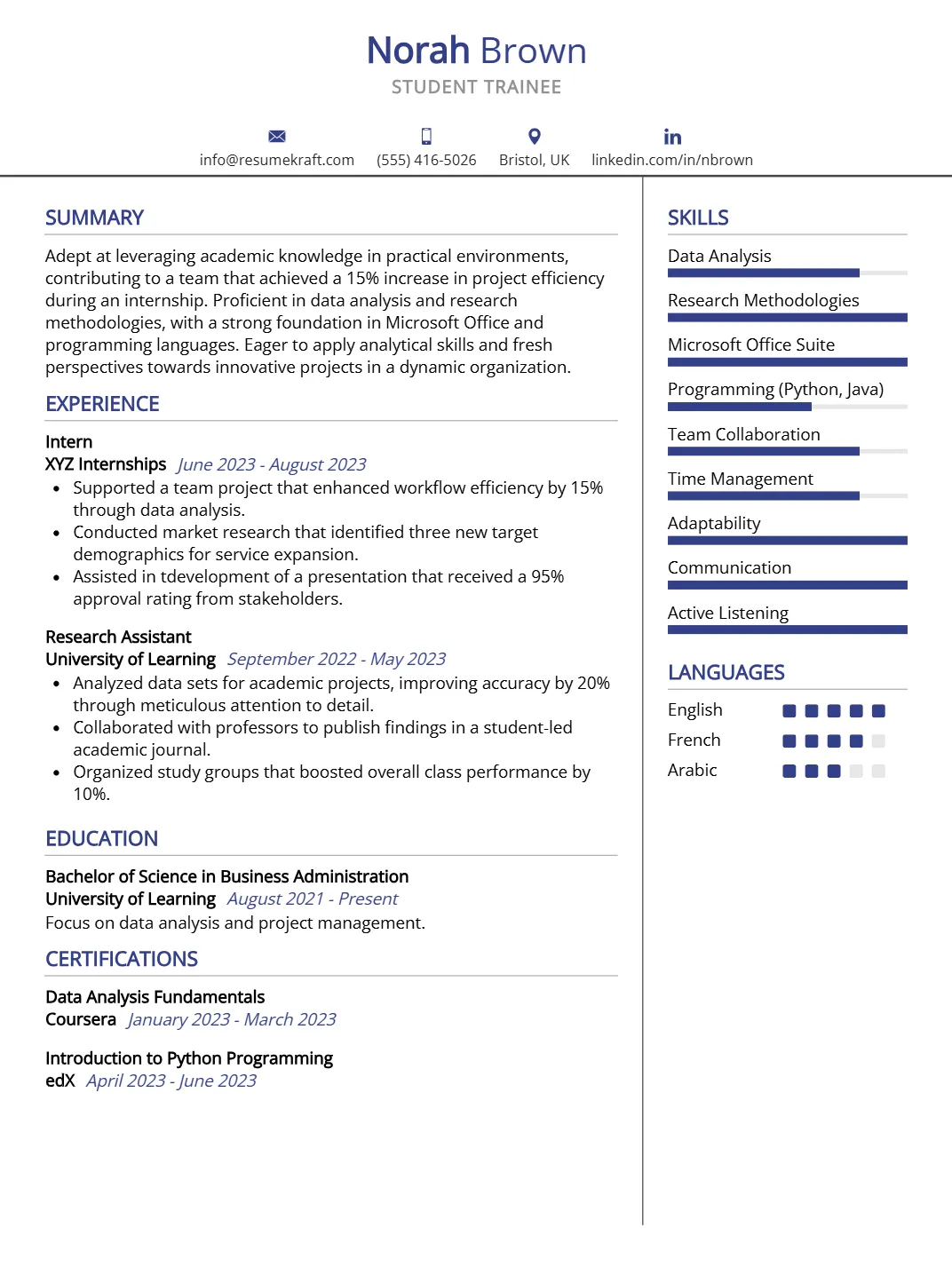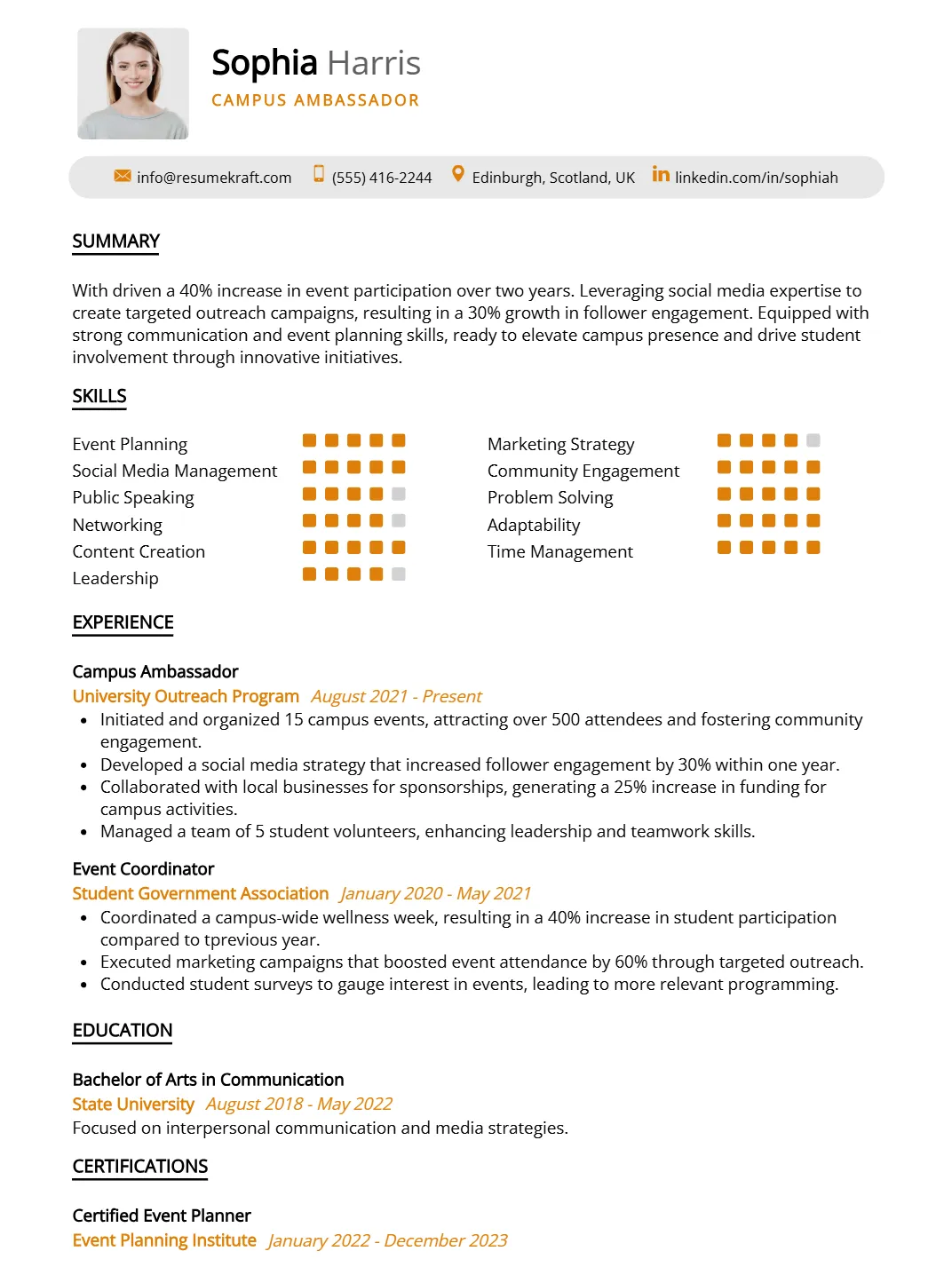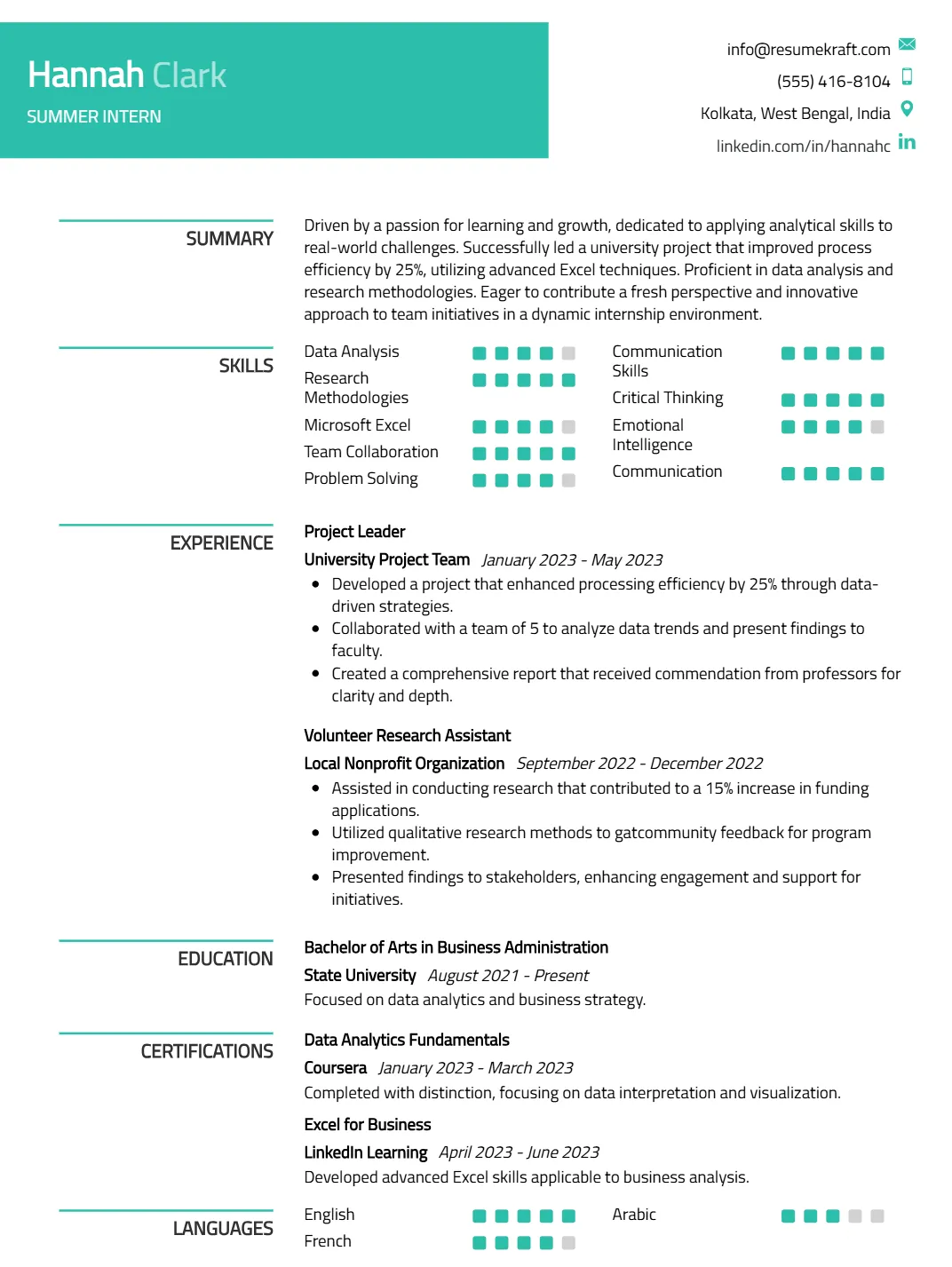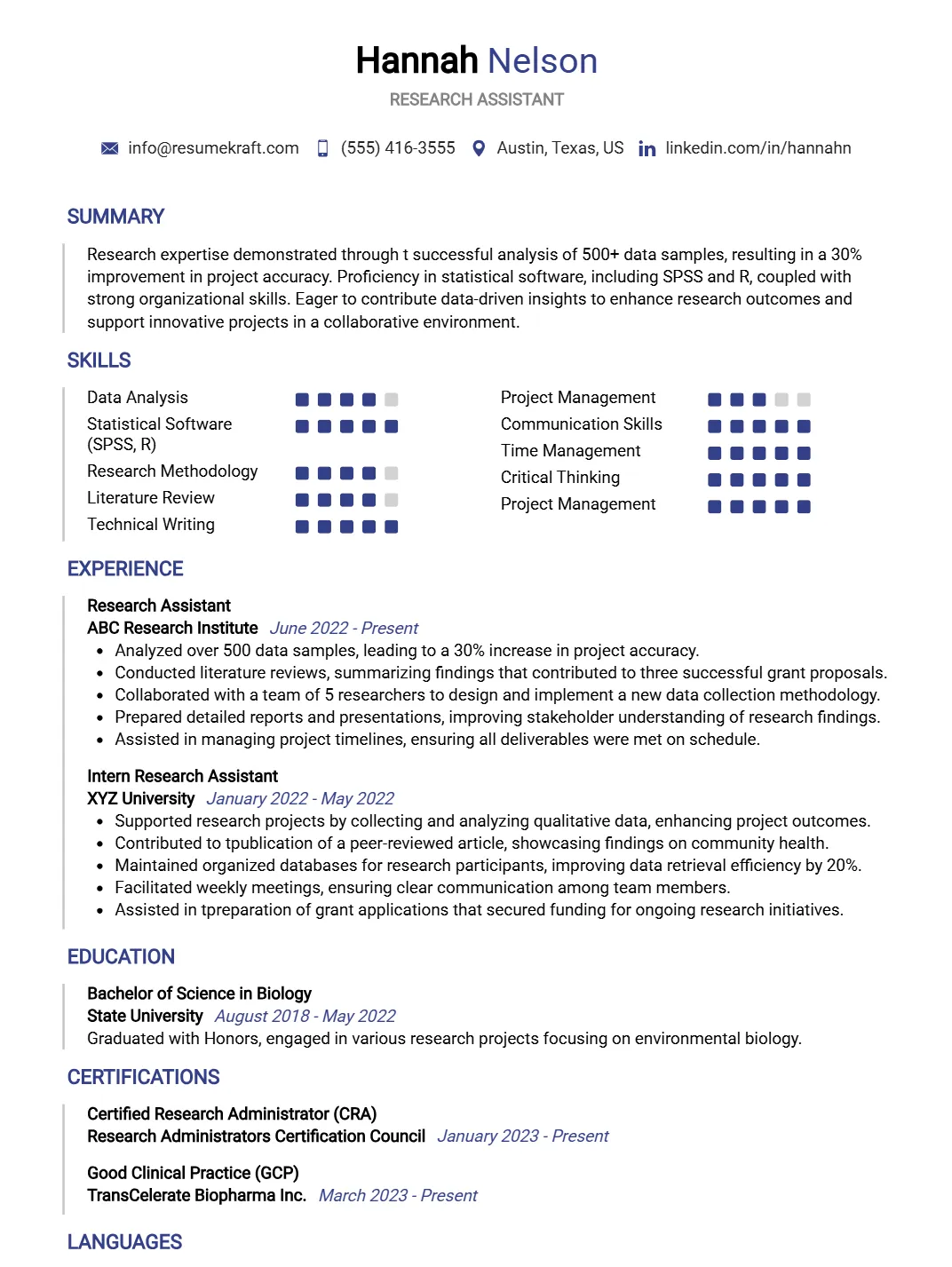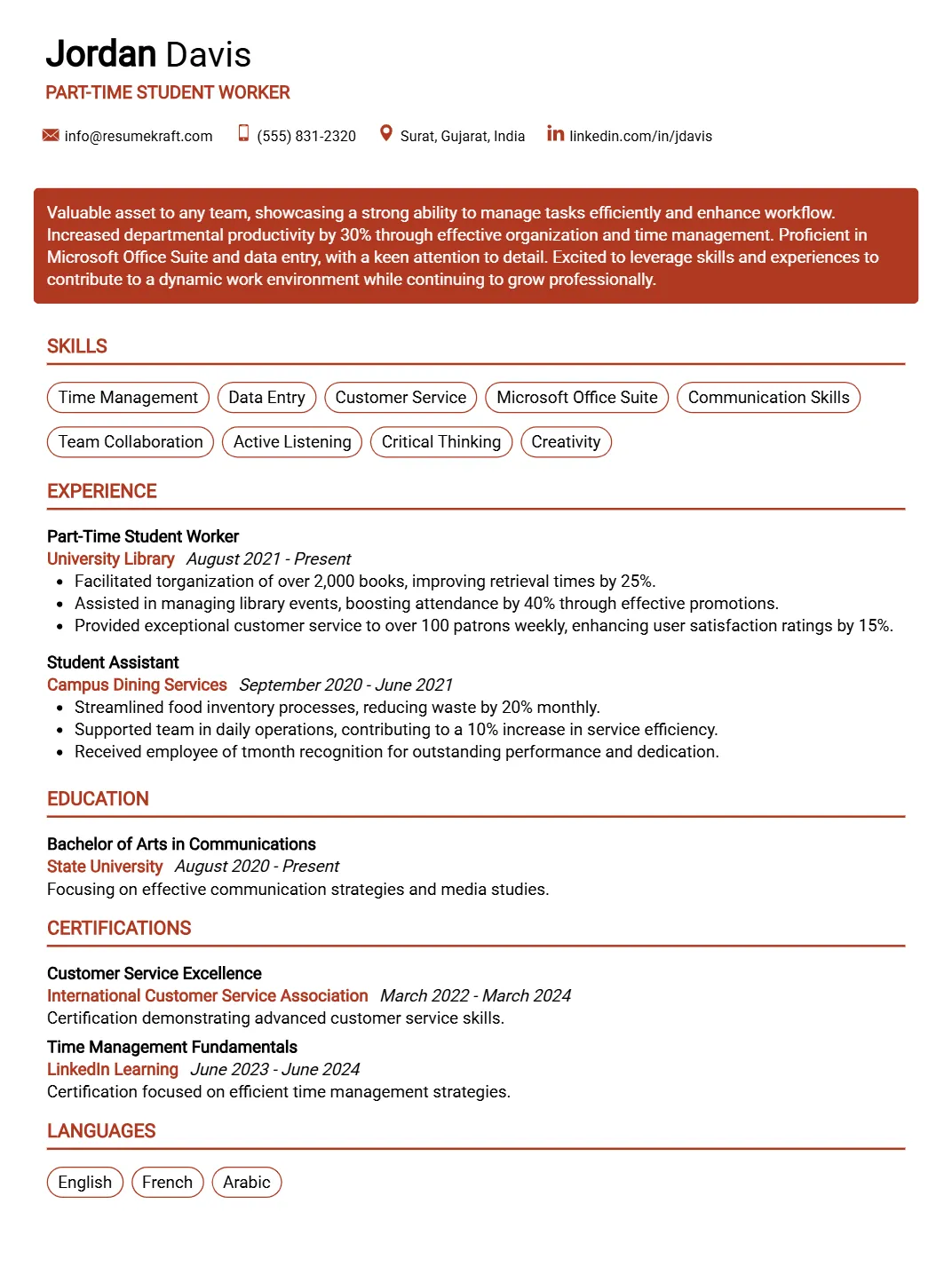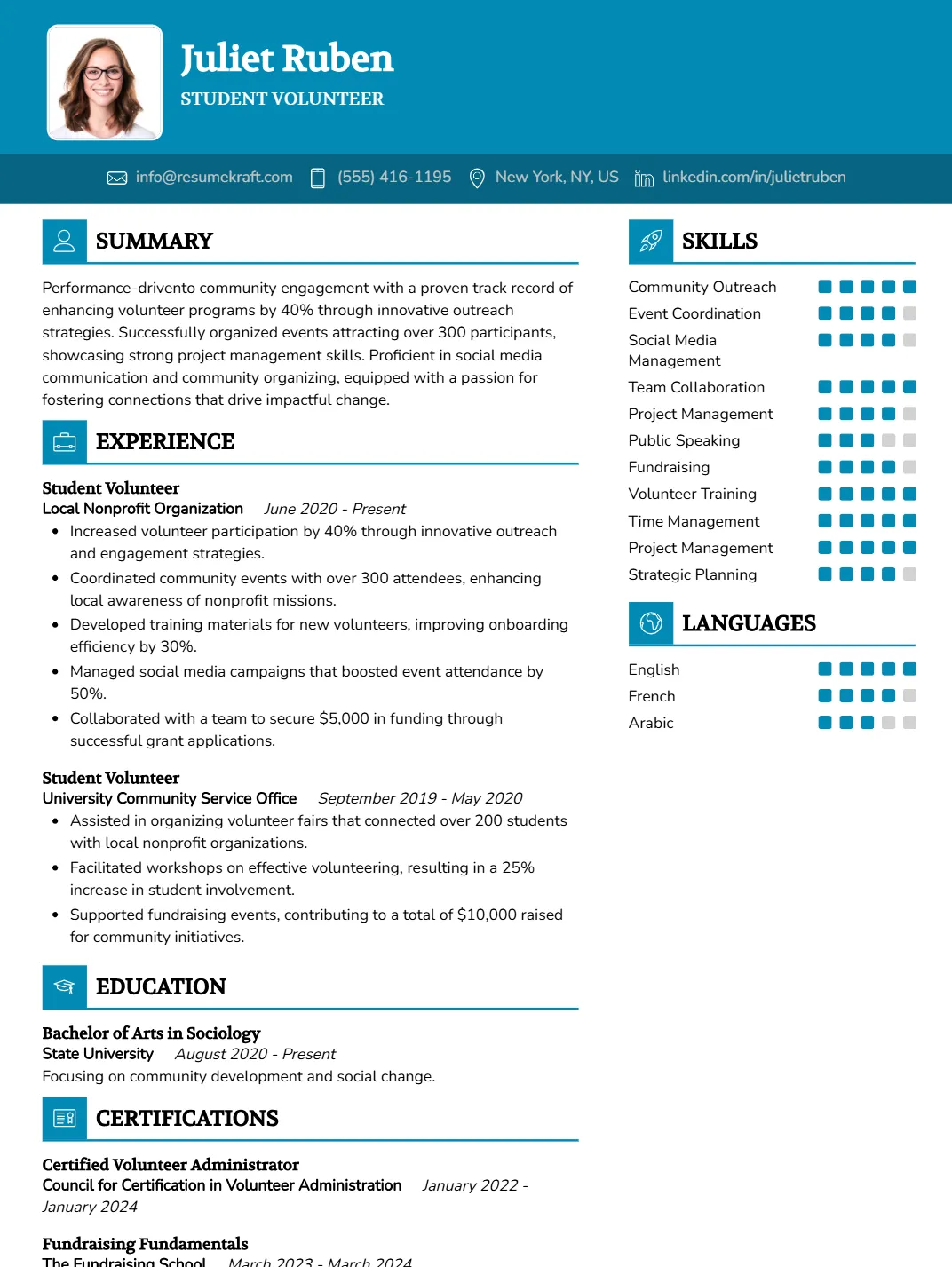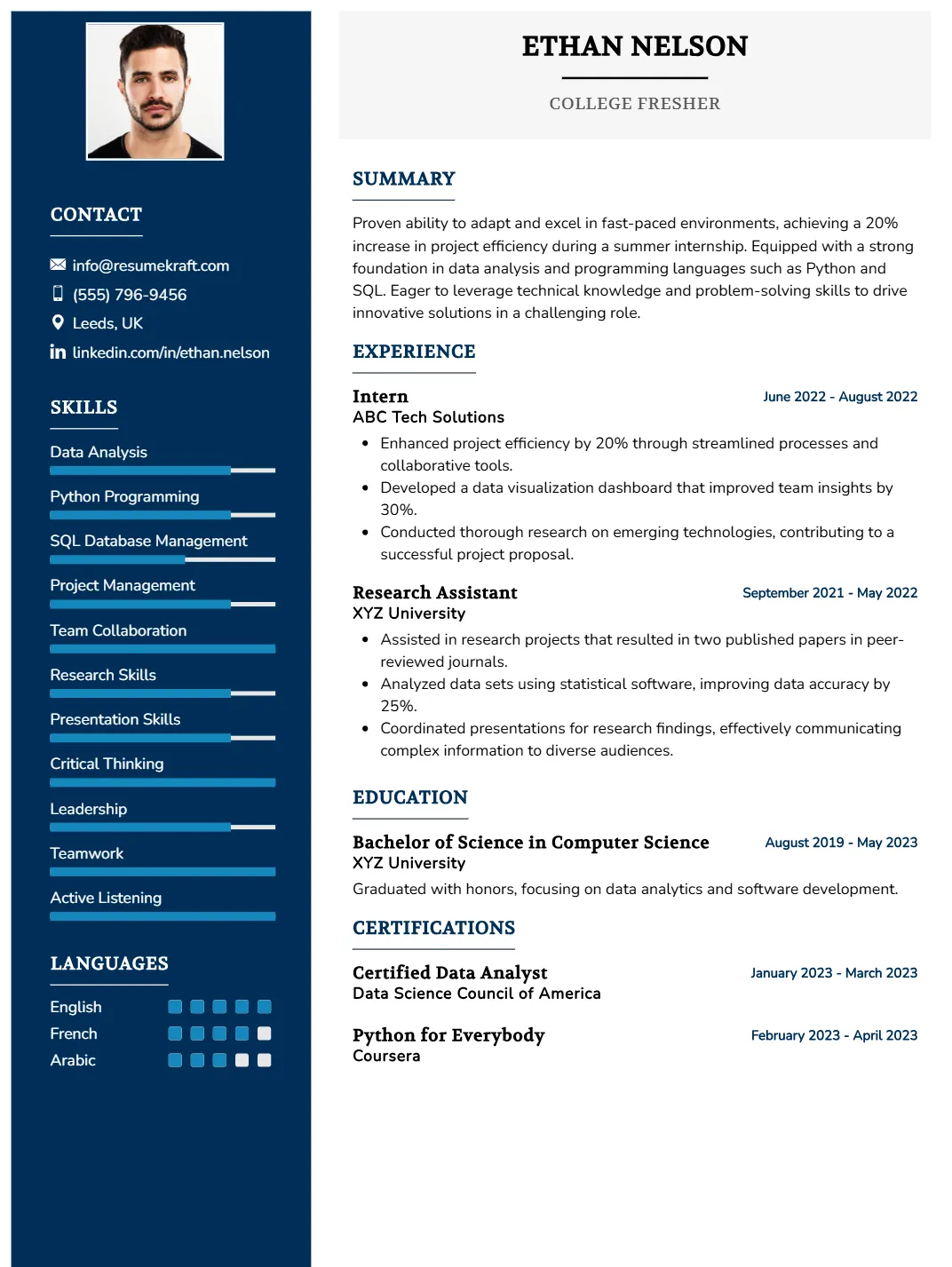
Top 65 DevOps Engineer Interview Questions and Answers for 2025
Preparing for a DevOps Engineer interview is an exciting yet challenging endeavor, as this role uniquely bridges the gap between development and operations. DevOps Engineers are crucial for fostering collaboration, automation, and continuous integration and delivery within an organization. Given the evolving nature of technology and the growing demand for efficient software development practices, proper interview preparation is essential to showcase your skills and expertise effectively. This comprehensive guide will cover essential topics such as core DevOps principles, tools, interview questions, and best practices to help you stand out. By mastering these areas, you’ll be well-equipped to demonstrate your readiness for the dynamic world of DevOps.
- What to Expect in a DevOps Engineer Interview
- DevOps Engineer Interview Questions For Freshers
- DevOps Engineer Intermediate Interview Questions
- DevOps Engineer Interview Questions for Experienced
- How to Prepare for Your DevOps Engineer Interview
- Common DevOps Engineer Interview Mistakes to Avoid
- Key Takeaways for DevOps Engineer Interview Success
- Frequently Asked Questions
What to Expect in a DevOps Engineer Interview
In a DevOps Engineer interview, candidates can expect a mix of technical and behavioral questions, often conducted in multiple rounds. The interview may start with a phone screening by a recruiter, followed by technical interviews with hiring managers or team leads. Candidates should be prepared for practical assessments, such as solving real-world problems or coding challenges related to CI/CD pipelines, cloud services, and automation tools. Behavioral interviews will assess teamwork, communication skills, and cultural fit within the organization. Overall, the process aims to evaluate both technical expertise and collaboration abilities.
DevOps Engineer Resume
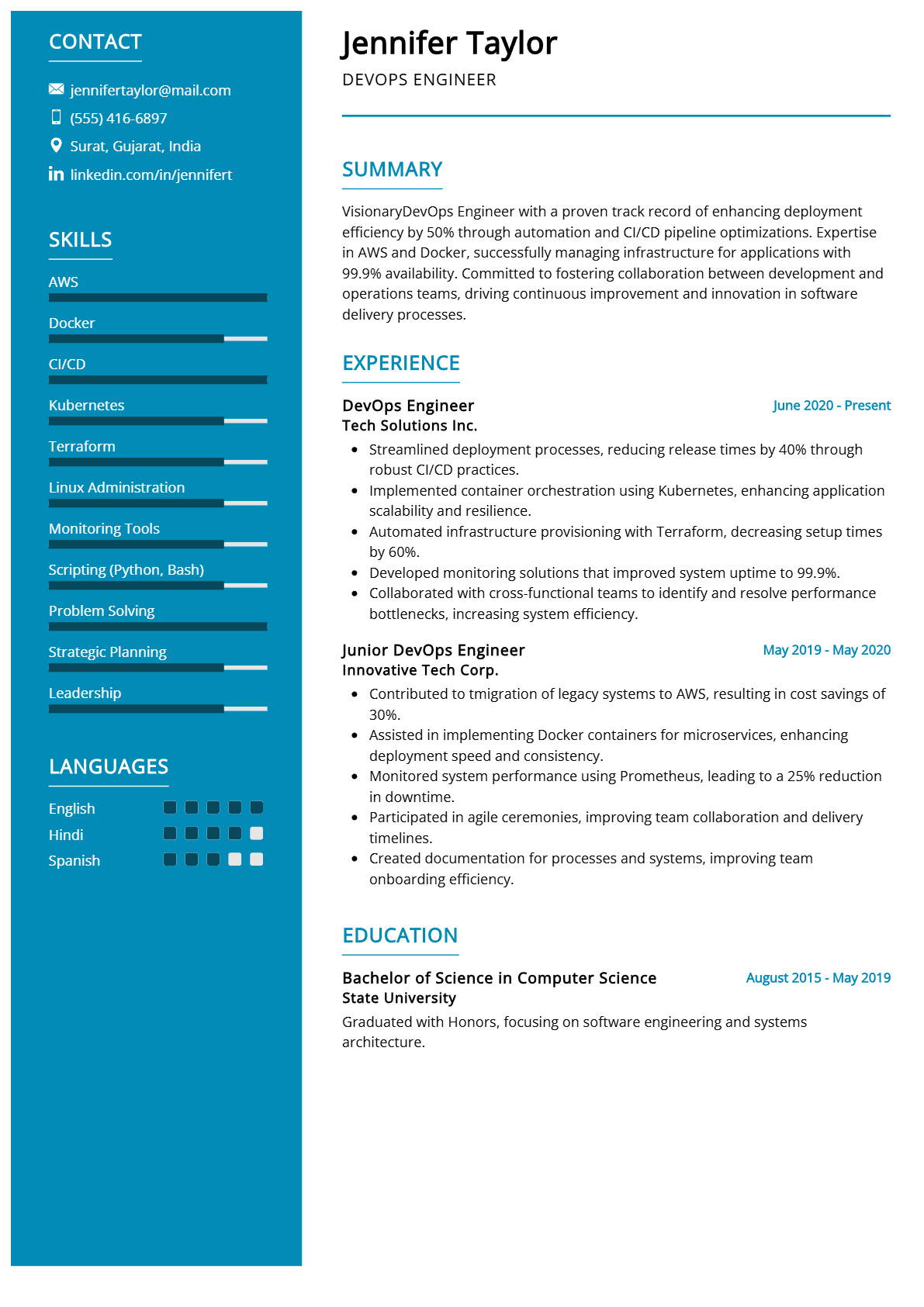
Why This Resume Works
This resume effectively showcases the candidate’s strong alignment with the DevOps Engineer position through a clear emphasis on key skills like AWS, Docker, CI/CD, Kubernetes, and Terraform. The structured format highlights approximately six years of relevant experience, making it easy for hiring managers to assess qualifications quickly. It is likely optimized for ATS compatibility by incorporating industry-specific keywords. Additionally, presenting measurable achievements in past roles underscores the candidate’s contributions to efficiency and automation, further appealing to prospective employers in this field.
DevOps Engineer Interview Questions For Freshers
DevOps Engineer interview questions for freshers typically focus on fundamental concepts of software development and operations. Candidates should master topics such as version control, continuous integration/continuous deployment (CI/CD), cloud computing, and basic scripting. Understanding these principles will help freshers demonstrate their readiness for a role in the DevOps field.
1. What is DevOps?
DevOps is a set of practices that combines software development (Dev) and IT operations (Ops). Its primary objective is to shorten the software development lifecycle while delivering high-quality software. DevOps emphasizes collaboration, automation, and continuous monitoring, facilitating faster and more reliable software delivery.
2. What are the key benefits of using DevOps practices?
- Improved deployment frequency: Teams can release software updates more frequently.
- Faster time to market: Shortened development cycles lead to quicker delivery of features and fixes.
- Increased collaboration: Breaking down silos between development and operations fosters better teamwork.
- Enhanced quality: Continuous testing and monitoring help identify issues early.
Overall, adopting DevOps practices leads to a more efficient workflow and higher-quality software products.
3. What is Continuous Integration (CI)?
Continuous Integration (CI) is a DevOps practice where developers regularly merge their code changes into a shared repository. Each integration is automatically verified by running tests to detect errors quickly. This practice helps to minimize integration problems and allows for faster development cycles.
Build your resume in just 5 minutes with AI.

4. What is Continuous Deployment (CD)?
Continuous Deployment (CD) is an extension of Continuous Integration where code changes are automatically deployed to production after passing automated tests. This practice ensures that software is always in a deployable state, allowing teams to deliver new features and fixes to users quickly and reliably.
5. What is a version control system, and why is it important?
A version control system (VCS) is a tool that helps developers track and manage changes to code over time. It allows multiple developers to work on the same project without conflicts. VCS is important because it enables collaboration, provides a history of changes, and allows for reverting to previous versions when necessary.
6. Can you explain the Git workflow?
The Git workflow typically involves the following steps:
- Clone: Create a local copy of the repository.
- Add: Stage changes for commit.
- Commit: Save changes to the local repository with a message.
- Push: Upload local commits to the remote repository.
- Pull: Fetch and integrate changes from the remote repository.
This workflow facilitates collaboration and keeps the codebase synchronized.
7. What are containers in DevOps?
Containers are lightweight, portable units that package an application and its dependencies together. They allow developers to build, test, and deploy applications consistently across different environments. Docker is a popular containerization platform that simplifies the process of creating and managing containers.
8. How does Docker differ from virtual machines?
- Lightweight: Containers share the host OS, making them more lightweight compared to VMs that include their own OS.
- Performance: Containers start up faster and use fewer resources than VMs.
- Isolation: VMs provide stronger isolation since they run separate OS instances, while containers provide process-level isolation.
Containers are ideal for microservices architecture due to their efficiency and speed.
9. What is Infrastructure as Code (IaC)?
Infrastructure as Code (IaC) is a practice that involves managing and provisioning computing resources through machine-readable configuration files, rather than manual hardware configuration. Tools like Terraform and AWS CloudFormation allow teams to automate infrastructure setup, ensuring consistency and reducing errors.
10. What are some common tools used in the DevOps pipeline?
- Version Control: Git, GitHub, GitLab
- CI/CD Tools: Jenkins, Travis CI, CircleCI
- Containerization: Docker, Kubernetes
- Configuration Management: Ansible, Puppet, Chef
These tools help automate the software development lifecycle, improving efficiency and reliability.
11. What is monitoring in DevOps?
Monitoring in DevOps involves tracking the performance and availability of applications and infrastructure. It helps teams identify issues proactively, ensuring system reliability. Common monitoring tools include Prometheus, Grafana, and Nagios, which provide insights into application health and user experience.
12. What is a build tool, and can you name some?
A build tool automates the process of compiling source code into executable code. It handles tasks such as compiling, linking, and packaging code into deployable artifacts. Common build tools include Maven, Gradle, and Ant, each providing different features and benefits for managing software projects.
13. Explain the concept of microservices.
Microservices is an architectural style that structures an application as a collection of loosely coupled services. Each service is independent, can be developed and deployed separately, and communicates over a network. This approach enhances scalability, flexibility, and allows for faster development cycles.
14. What is a load balancer?
A load balancer is a device or software that distributes network or application traffic across multiple servers. This ensures no single server becomes overwhelmed, improving the availability and reliability of applications. Load balancers help achieve high availability and scalability by routing user requests efficiently.
15. What is the role of a DevOps Engineer?
A DevOps Engineer bridges the gap between development and operations teams. Their role includes automating processes, managing infrastructure, implementing CI/CD pipelines, and ensuring application reliability. They work to enhance collaboration, improve deployment frequency, and maintain system stability, all while fostering a culture of continuous improvement.
DevOps Engineer Intermediate Interview Questions
DevOps Engineer interview questions for intermediate candidates focus on practical applications of DevOps practices, tools, and methodologies. Candidates should have a solid understanding of CI/CD pipelines, cloud services, containerization, monitoring, and automation, as well as best practices for collaboration and infrastructure management.
16. What is a CI/CD pipeline and why is it important?
A CI/CD pipeline is a series of automated processes that enable software development teams to deliver code changes more frequently and reliably. CI (Continuous Integration) involves automatically testing and integrating code changes into a shared repository, while CD (Continuous Deployment) automates the release of these changes to production. This practice enhances collaboration, reduces manual errors, and allows for faster delivery of features and bug fixes.
17. Can you explain the concept of Infrastructure as Code (IaC)?
Infrastructure as Code (IaC) is a practice that involves managing and provisioning infrastructure through code rather than manual processes. It allows operations teams to automate the setup of servers, networks, and other infrastructure components using configuration files. Tools like Terraform and AWS CloudFormation are commonly used for IaC, providing version control, consistency, and repeatability in infrastructure management.
18. What are some common tools used for container orchestration?
- Kubernetes: An open-source platform for automating container deployment, scaling, and management.
- Docker Swarm: A native clustering and orchestration tool for Docker containers.
- Apache Mesos: A cluster manager that provides efficient resource isolation and sharing across distributed applications.
These tools help manage containerized applications in production environments, ensuring high availability and scalability.
19. How do you monitor the performance of applications in a DevOps environment?
Monitoring application performance involves using various tools and techniques to track metrics such as response times, error rates, and resource utilization. Tools like Prometheus, Grafana, and New Relic provide real-time insights into application performance. Setting up alerts for critical metrics and logging errors helps teams respond quickly to issues, ensuring optimal application performance.
20. What is the role of version control in DevOps?
Version control is crucial in DevOps as it enables teams to manage code changes effectively. Tools like Git allow developers to track changes, collaborate on code, and maintain a history of modifications. This practice supports continuous integration and deployment by ensuring that the latest code is always available for building and testing, thereby reducing conflicts and enhancing collaboration.
21. Describe how you would implement a blue-green deployment strategy.
A blue-green deployment strategy involves having two identical environments, one (blue) serving the current production application and another (green) for the new version. The steps include:
- Deploy the new version to the green environment.
- Run tests to ensure the new version is functioning correctly.
- Switch traffic from the blue environment to the green environment.
- Monitor the new environment for issues.
- Rollback to blue if problems arise.
This method minimizes downtime and reduces risks associated with deploying new versions.
22. What are the benefits of using microservices architecture?
- Scalability: Individual services can be scaled independently based on demand.
- Flexibility: Different technologies can be used for different services, optimizing performance.
- Resilience: Failures in one service do not affect the entire application, improving overall stability.
- Faster deployment: Teams can deploy changes to individual services without affecting the whole system.
Microservices architecture enables organizations to build and maintain complex applications more efficiently.
23. How would you handle secrets management in a DevOps workflow?
Secrets management in DevOps involves securely storing and managing sensitive information like API keys, passwords, and certificates. Tools like HashiCorp Vault, AWS Secrets Manager, and Azure Key Vault provide secure storage and access controls. It’s vital to limit access to secrets based on roles, audit secret usage, and rotate secrets regularly to mitigate security risks.
24. What is the purpose of a load balancer in a DevOps setup?
A load balancer distributes incoming network traffic across multiple servers, ensuring no single server becomes overwhelmed. This improves application availability and reliability, as it allows for better resource utilization and redundancy. Load balancers can also provide SSL termination, health checks, and support for multiple deployment strategies, enhancing overall system performance.
25. Explain the concept of a “rollback” in a deployment process.
A rollback is the process of reverting an application to a previous stable state after a deployment fails or produces undesired results. This is critical in DevOps to minimize downtime and maintain service availability. Rollbacks can be automated using deployment tools, which maintain the history of releases, allowing teams to switch back to the last working version quickly when issues arise.
26. How can you ensure continuous security in a CI/CD pipeline?
- Integration of security tools: Incorporate static code analysis and vulnerability scanning into the CI/CD pipeline.
- Automated testing: Conduct security tests at various stages of the pipeline to detect issues early.
- Access controls: Implement role-based access control to limit who can deploy code changes.
- Regular audits: Perform security audits and reviews to identify and mitigate risks.
Continuous security practices help to identify vulnerabilities early and maintain a secure application throughout its lifecycle.
27. What strategies would you use to optimize cloud costs?
- Resource tagging: Implement tagging for resources to analyze usage and identify underutilized resources.
- Auto-scaling: Utilize auto-scaling features to adjust resources based on demand, preventing over-provisioning.
- Spot instances: Use spot instances for non-critical workloads to take advantage of lower costs.
- Regular reviews: Conduct regular cost audits and adjust resource allocation accordingly.
These strategies help organizations manage their cloud spending effectively while maintaining performance and availability.
28. Describe the role of configuration management in DevOps.
Configuration management is the practice of maintaining computer systems, servers, and software in a desired, consistent state. Tools like Ansible, Puppet, and Chef automate the configuration process, ensuring that systems are configured correctly and consistently across environments. This practice improves system reliability, reduces errors, and simplifies the process of scaling infrastructure.
DevOps Engineer Interview Questions for Experienced
DevOps Engineer interview questions for experienced professionals delve into advanced topics such as system architecture, optimization techniques, scalability strategies, design patterns, and leadership qualities. These questions assess not only technical skills but also the ability to mentor and lead teams in a fast-paced environment.
31. What are the key principles of microservices architecture?
Microservices architecture emphasizes breaking down applications into smaller, independent services that can be developed, deployed, and scaled independently. Key principles include:
- Independence: Each microservice operates independently, allowing for separate development and deployment.
- Scalability: Individual services can be scaled based on demand without affecting the entire application.
- Decentralized Data Management: Each service has its own database, promoting data autonomy.
- Resilience: Failure of one service does not directly impact others, enhancing overall system reliability.
- Continuous Delivery: Supports rapid delivery of features and updates through CI/CD practices.
This architecture is ideal for complex applications, allowing teams to innovate faster and respond to market changes effectively.
32. How do you ensure high availability in a distributed system?
High availability in a distributed system can be ensured through several strategies:
- Redundancy: Implement multiple instances of services across different servers and data centers.
- Load Balancing: Distribute incoming traffic among servers to prevent overload on a single instance.
- Health Checks: Regularly monitor system components and automatically replace unhealthy instances.
- Failover Mechanisms: Automatically switch to a backup system when the primary system fails.
- Data Replication: Maintain copies of data across different locations to prevent data loss.
By applying these strategies, organizations can maintain service continuity and minimize downtime.
33. What is Infrastructure as Code (IaC) and why is it important?
Infrastructure as Code (IaC) is the practice of managing and provisioning computing infrastructure through machine-readable definition files, rather than physical hardware configuration or interactive configuration tools. Its importance lies in:
- Automation: Enables automatic setup and management of infrastructure, reducing manual errors.
- Consistency: Ensures that the same environment is created every time, minimizing discrepancies.
- Version Control: Infrastructure configurations can be versioned like code, facilitating easier tracking and rollback.
- Scalability: Quickly scale infrastructure up or down according to demand.
IaC significantly enhances the efficiency of infrastructure management and supports DevOps practices.
34. Explain the concept of CI/CD and its benefits.
CI/CD stands for Continuous Integration and Continuous Deployment. It is a method to automate the software development process, enabling teams to deliver code changes more frequently and reliably. The benefits include:
- Faster Release Rate: Automating testing and deployment allows for quicker delivery of new features.
- Improved Quality: Continuous testing helps catch bugs early in the development process.
- Reduced Risks: Smaller, incremental updates reduce the risk of major failures during deployment.
- Enhanced Collaboration: Encourages collaboration between development and operations teams, fostering a DevOps culture.
CI/CD practices are essential for modern software development, ensuring quicker time-to-market and higher quality products.
35. How do you approach monitoring and logging in a DevOps environment?
Effective monitoring and logging are crucial for maintaining application performance and availability. The approach includes:
- Centralized Logging: Use tools like ELK Stack (Elasticsearch, Logstash, Kibana) or Splunk for aggregating logs from various services.
- Real-Time Monitoring: Implement monitoring solutions like Prometheus or Grafana to visualize application performance metrics in real time.
- Alerting: Set up alerts for critical metrics to proactively address issues before they impact users.
- Tracing: Utilize distributed tracing tools like Jaeger or Zipkin to track requests across microservices.
This comprehensive approach helps in quickly diagnosing issues and optimizing system performance.
36. What is container orchestration, and why is it needed?
Container orchestration is the automated management of containerized applications, including deployment, scaling, and networking. It is needed for several reasons:
- Scalability: Automatically scales containers up or down based on demand.
- High Availability: Ensures that services are running and can recover from failures automatically.
- Resource Management: Efficiently allocates resources across multiple containers to optimize performance.
- Service Discovery: Automatically detects and connects services in a dynamic environment.
Tools like Kubernetes and Docker Swarm are commonly used for container orchestration, simplifying the management of complex applications.
37. Describe the role of a DevOps engineer in a project.
A DevOps engineer plays a pivotal role in bridging the gap between development and operations teams. Their responsibilities include:
- Collaboration: Facilitate communication and collaboration between development, QA, and operations teams.
- Automation: Implement CI/CD pipelines to automate testing and deployment processes.
- Monitoring: Set up monitoring and logging solutions to ensure application performance and reliability.
- Infrastructure Management: Use IaC tools to provision and manage infrastructure efficiently.
- Mentorship: Guide and mentor team members in DevOps practices and tools.
By encompassing these roles, DevOps engineers help streamline project workflows and enhance overall productivity.
38. What are some common design patterns used in DevOps?
Design patterns in DevOps provide standard solutions to recurring problems. Common patterns include:
- Microservices: Breaking applications into smaller, independent services to enhance scalability and maintainability.
- API Gateway: A single entry point for managing API requests, simplifying client-side interactions.
- Service Mesh: A dedicated infrastructure layer for managing service-to-service communications, enhancing reliability and observability.
- Blue-Green Deployment: Two identical environments are maintained; one is live while the other is idle, allowing for seamless updates.
- Canary Releases: Gradually rolling out changes to a small subset of users before full deployment to mitigate risk.
Utilizing these design patterns can significantly improve system design, deployment strategies, and overall operational efficiency.
39. How do you handle configuration management in a DevOps setup?
Configuration management involves maintaining system settings and configurations consistently across environments. Key strategies include:
- Automation Tools: Use tools like Ansible, Chef, or Puppet to automate configuration tasks.
- Version Control: Store configuration files in version control systems like Git for tracking changes.
- Environment-Specific Configurations: Maintain separate configurations for different environments (development, testing, production) to ensure consistency.
- Templating: Use templating systems to manage configuration files dynamically, allowing for easy updates.
These practices ensure that environments remain consistent and manageable, reducing potential errors during deployments.
40. What leadership qualities do you think are important for a DevOps engineer?
Leadership qualities in a DevOps engineer are essential for fostering collaboration and innovation. Important qualities include:
- Communication: The ability to effectively communicate between teams and stakeholders is crucial.
- Empathy: Understanding team members’ perspectives helps in building a collaborative environment.
- Problem-Solving: A proactive approach to identifying and resolving issues is vital in a fast-paced environment.
- Mentorship: Guiding junior team members and promoting knowledge sharing enhances team capabilities.
- Adaptability: Being open to change and new technologies is important in the ever-evolving DevOps landscape.
These qualities help create a positive work culture that drives successful DevOps practices.
41. What is GitOps and how does it differ from DevOps?
GitOps is a practice that uses Git as the single source of truth for declarative infrastructure and applications. Changes are made via pull requests and automatically applied using continuous deployment tools. While DevOps focuses on collaboration and automation between development and operations, GitOps emphasizes infrastructure management through version control, providing traceability, security, and auditability.
42. What is the Twelve-Factor App methodology?
The Twelve-Factor App is a methodology for building modern, scalable cloud-native applications. It includes principles like treating logs as event streams, storing config in the environment, and keeping build, release, and run stages strictly separated. These practices support continuous deployment and DevOps practices.
43. What are feature flags and how are they used?
Feature flags are a technique that allows developers to enable or disable features in an application without deploying new code. They are useful for A/B testing, gradual rollouts, and controlling feature access. Tools like LaunchDarkly and Unleash manage feature flags effectively within CI/CD pipelines.
44. How does chaos engineering improve system resilience?
Chaos engineering involves intentionally injecting failures into a system to test its resilience and uncover weaknesses. By simulating outages or latency, teams can validate their systems’ ability to recover and handle stress, improving overall reliability and robustness.
45. What is a service mesh and what problems does it solve?
A service mesh is a dedicated infrastructure layer for managing service-to-service communication in microservices architectures. It provides features like traffic control, service discovery, load balancing, observability, and security. Istio and Linkerd are popular service mesh tools.
46. What are some DevSecOps best practices?
DevSecOps integrates security into every phase of the DevOps lifecycle. Best practices include automated security testing, code analysis, dependency scanning, container image scanning, enforcing least privilege, and conducting regular security audits. Tools like SonarQube, Aqua, and Snyk help enforce these practices.
47. How do you implement blue-green deployment in Kubernetes?
Blue-green deployment in Kubernetes involves deploying a new version of the app (green) alongside the current version (blue) and switching traffic using a service or ingress controller. You validate the green deployment before shifting traffic. If issues arise, rollback to blue is quick and safe.
48. What is the difference between declarative and imperative configuration?
Declarative configuration defines the desired state of infrastructure, while imperative configuration specifies the exact steps to reach that state. Tools like Terraform and Kubernetes use declarative approaches for clarity, consistency, and ease of management.
49. What is immutable infrastructure?
Immutable infrastructure refers to systems that are not modified after deployment. If a change is needed, a new version is created and deployed. This reduces configuration drift, simplifies debugging, and increases reliability. Tools like Docker and AMIs support this approach.
50. How do you design a CI/CD pipeline for a multi-service application?
Designing a CI/CD pipeline for a multi-service app involves setting up parallel build/test jobs, defining service-specific Dockerfiles, using dependency caching, running integration tests across services, and orchestrating deployments with Kubernetes or Helm. Each service should ideally have its own pipeline for better scalability.
51. What is the difference between scaling vertically and horizontally in cloud infrastructure?
Vertical scaling involves increasing the capacity of a single server (e.g., upgrading CPU, RAM), while horizontal scaling means adding more servers to distribute the load. Vertical scaling has hardware limits, whereas horizontal scaling allows better redundancy and scalability, often used in modern cloud architectures.
52. How do you handle logging in containerized environments?
In containerized environments, centralized logging is essential. Use log aggregators like the ELK Stack (Elasticsearch, Logstash, Kibana) or Fluentd to collect logs from containers. Logs can be streamed to stdout/stderr and managed using tools like Docker logging drivers or Kubernetes logging mechanisms to ensure traceability and analysis.
53. What are some best practices for writing Dockerfiles?
- Use a minimal base image (like Alpine) to reduce size.
- Group RUN commands to minimize image layers.
- Avoid hardcoding credentials; use environment variables.
- Use COPY instead of ADD unless necessary.
- Keep Dockerfile readable and well-documented.
54. What is a service mesh, and why is it important in microservices?
A service mesh is an infrastructure layer that handles service-to-service communication in microservices environments. Tools like Istio and Linkerd provide traffic management, observability, and security (e.g., mTLS) without changing application code. It simplifies service discovery, load balancing, retries, and circuit breaking.
55. How do you manage blue/green and canary deployments in Kubernetes?
In Kubernetes, blue/green deployments can be managed using separate namespaces or deployments with controlled traffic shifting via services. Canary deployments are handled with progressive rollout using labels, selectors, or tools like Argo Rollouts or Flagger, which monitor health before full rollout.
56. What is GitOps and how does it differ from traditional DevOps?
GitOps is a modern DevOps practice where Git is the single source of truth for infrastructure and application configurations. Changes are made via pull requests, reviewed, and automatically applied by CI/CD tools. Unlike traditional DevOps, GitOps emphasizes declarative infrastructure and version-controlled operations.
57. Explain chaos engineering and its role in DevOps.
Chaos engineering is the practice of intentionally injecting failures into systems to test their resilience and uncover weaknesses. Tools like Chaos Monkey simulate outages or resource constraints. It helps teams build confidence in system reliability and prepare for real-world failures.
58. How do you approach disaster recovery planning in cloud environments?
Disaster recovery planning includes:
- Backing up data regularly and storing it in multiple regions.
- Defining RTO (Recovery Time Objective) and RPO (Recovery Point Objective).
- Implementing automated failovers and infrastructure as code for fast rebuilds.
- Testing recovery procedures periodically.
This ensures business continuity during outages or disasters.
59. What is serverless architecture and when should it be used?
Serverless architecture allows developers to run code without managing servers. Functions are triggered by events and executed in stateless containers (e.g., AWS Lambda). Ideal use cases include real-time processing, scheduled tasks, and APIs with unpredictable traffic. It reduces operational overhead and scales automatically.
60. What are the key considerations for securing a CI/CD pipeline?
- Use secure credentials management for secrets.
- Apply least privilege access controls.
- Scan code and dependencies for vulnerabilities.
- Enable audit logging and monitor pipeline activity.
- Enforce code reviews and signed commits.
61. How would you ensure zero downtime during deployments?
Zero-downtime deployments involve techniques such as blue-green deployments, canary releases, and rolling updates. Using load balancers to gradually switch traffic, ensuring backward-compatible changes, and health checks help avoid disruptions. Kubernetes and tools like Istio or ArgoCD support these patterns.
62. What is the difference between declarative and imperative infrastructure provisioning?
Declarative provisioning describes the desired end state (e.g., using Terraform). The tool figures out how to reach that state. Imperative provisioning specifies exact steps (e.g., Bash scripts). Declarative is more scalable and maintainable, which is why it’s preferred in modern IaC approaches.
63. What is immutable infrastructure, and what are its advantages?
Immutable infrastructure means that servers or components are never modified after deployment. Instead, a new instance is created for every change. This avoids configuration drift, improves predictability, enhances rollback safety, and simplifies debugging by ensuring each environment is identical.
64. How do you handle configuration drift?
Configuration drift occurs when infrastructure differs from its intended state. To manage it:
- Use Infrastructure as Code to enforce consistency.
- Regularly scan environments for changes.
- Automate remediation using tools like Ansible or Terraform.
Drift detection ensures infrastructure remains reliable and predictable.
65. What’s the difference between observability and monitoring?
Monitoring tells you when something is wrong through metrics and alerts. Observability enables you to understand why it’s wrong by analyzing logs, metrics, and traces. Observability is a broader concept that helps debug complex systems, especially in microservices architectures.
How to Prepare for Your DevOps Engineer Interview
Preparing for a DevOps Engineer interview requires a blend of technical knowledge, practical experience, and soft skills. Focus on understanding key concepts, tools, and methodologies while honing your problem-solving abilities to ensure you’re ready to impress potential employers.
1. Understand Core Concepts
Review fundamental DevOps principles such as Continuous Integration (CI), Continuous Deployment (CD), Infrastructure as Code (IaC), and monitoring. Familiarize yourself with how these concepts enhance collaboration between development and operations teams.

Build your resume in 5 minutes
Our resume builder is easy to use and will help you create a resume that is ATS-friendly and will stand out from the crowd.
2. Gain Proficiency with Tools
Familiarize yourself with essential DevOps tools like Docker, Kubernetes, Jenkins, and Terraform. Practical experience using these tools will help you demonstrate your ability to manage and automate deployment processes effectively during the interview.
3. Work on Real Projects
Engage in personal or open-source projects that allow you to apply DevOps practices. This hands-on experience will give you concrete examples to discuss in interviews, showcasing your problem-solving skills and ability to implement DevOps strategies.
4. Brush Up on Scripting
Enhance your scripting skills in languages like Bash, Python, or PowerShell. Being able to write scripts for automation tasks can set you apart and show your ability to streamline processes and improve efficiency in a DevOps environment.
5. Prepare for Behavioral Questions
DevOps roles require strong collaboration and communication skills. Prepare for behavioral questions by reflecting on past experiences where you resolved conflicts, led teams, or improved processes, demonstrating your capacity to work effectively in a team-oriented environment.
6. Familiarize Yourself with Cloud Services
Understand major cloud platforms like AWS, Azure, or Google Cloud. Knowing how to deploy and manage applications in the cloud is crucial for a DevOps Engineer, so get comfortable with their services and best practices for cloud architecture.
7. Stay Updated on Trends
DevOps is an evolving field, so keep abreast of the latest tools, methodologies, and industry trends. Follow relevant blogs, join forums, and participate in webinars to ensure you’re knowledgeable about new developments and best practices.
Common DevOps Engineer Interview Mistakes to Avoid
When interviewing for a DevOps Engineer position, candidates often make critical mistakes that can hinder their chances of success. Understanding these common pitfalls can help you present your skills and experience more effectively, showcasing your fit for the role.
- Neglecting Soft Skills: Many candidates focus solely on technical skills, overlooking the importance of communication and collaboration. DevOps relies heavily on teamwork, making effective interpersonal skills crucial for success in the role.
- Inadequate Knowledge of Tools: Failing to demonstrate proficiency in key DevOps tools such as Docker, Kubernetes, or Jenkins can be detrimental. Employers expect candidates to have hands-on experience with these technologies to streamline development and deployment processes.
- Ignoring Cultural Fit: DevOps emphasizes a culture of collaboration and continuous improvement. Candidates who do not address their alignment with the company’s culture may appear unfit for the collaborative environment that DevOps promotes.
- Overlooking Automation Practices: Automation is a core principle of DevOps. Candidates should be prepared to discuss their experience with automation tools and practices, as failing to do so may signal a lack of understanding of key DevOps principles.
- Being Unprepared for Scenario Questions: Many interviews include scenario-based questions to assess problem-solving abilities. Candidates should practice articulating their thought processes and solutions to potential real-world challenges they may face in a DevOps role.
- Not Understanding CI/CD Pipelines: Continuous Integration and Continuous Deployment (CI/CD) are fundamental to DevOps. Candidates should clearly understand these concepts and be able to explain how they have implemented CI/CD in past projects.
- Failing to Showcase Adaptability: The DevOps landscape is constantly evolving. Candidates should demonstrate their willingness to learn new tools and technologies, as well as their ability to adapt to changing environments and requirements.
- Underestimating Security Practices: Security is increasingly important in DevOps. Candidates should be prepared to discuss how they incorporate security practices into their workflows, showing their understanding of DevSecOps and secure coding principles.
Key Takeaways for DevOps Engineer Interview Success
- Understand the core principles of DevOps, including CI/CD, automation, and collaboration between development and operations teams, as these are fundamental topics that will likely arise during the interview.
- Prepare an interview preparation checklist that includes key tools and technologies relevant to the role, such as Docker, Kubernetes, and cloud services, to ensure you cover all essential areas.
- Be ready to discuss your previous experiences with specific projects, focusing on your contributions, challenges faced, and how you applied DevOps methodologies to achieve successful outcomes.
- Engage in mock interview practice to simulate the interview environment, allowing you to refine your answers and build confidence in articulating your technical knowledge and problem-solving skills.
- Stay current with industry trends and emerging technologies in DevOps, such as Infrastructure as Code and serverless computing, to demonstrate your commitment to continuous learning and adaptation.
Frequently Asked Questions
1. How long does a typical DevOps Engineer interview last?
A typical DevOps Engineer interview can last anywhere from 30 minutes to several hours, depending on the company’s interview structure. Initial phone screenings usually last 30-60 minutes, focusing on technical skills and cultural fit. Subsequent in-person or virtual interviews may take 1-2 hours and can include technical assessments, behavioral questions, and discussions about previous projects. It’s essential to be prepared for both short and extended interviews, as companies may vary in their approaches.
2. What should I wear to a DevOps Engineer interview?
Attire for a DevOps Engineer interview typically leans towards business casual. Opt for comfortable yet professional clothing, such as dress pants or chinos paired with a collared shirt or blouse. Avoid overly formal attire like suits unless the company culture specifically dictates it. Research the company’s dress code beforehand; if in doubt, choose a slightly more formal outfit to make a good impression while still being comfortable and confident in your appearance.
3. How many rounds of interviews are typical for a DevOps Engineer position?
For a DevOps Engineer position, candidates can generally expect 2 to 4 rounds of interviews. The first round is often a phone screening with HR, followed by a technical interview focusing on tools, practices, and problem-solving skills. Additional rounds may include a culture fit interview and a final round with senior management or team members. Some companies may also include practical assessments or coding challenges during these rounds to evaluate technical proficiency.
4. Should I send a thank-you note after my DevOps Engineer interview?
Yes, sending a thank-you note after your DevOps Engineer interview is highly recommended. It demonstrates professionalism and gratitude for the opportunity. Aim to send your note within 24 hours of the interview, expressing appreciation for the interviewer’s time and reiterating your interest in the position. You can also mention a specific topic discussed during the interview to personalize the note. This small gesture can leave a positive impression and reinforce your candidacy.


